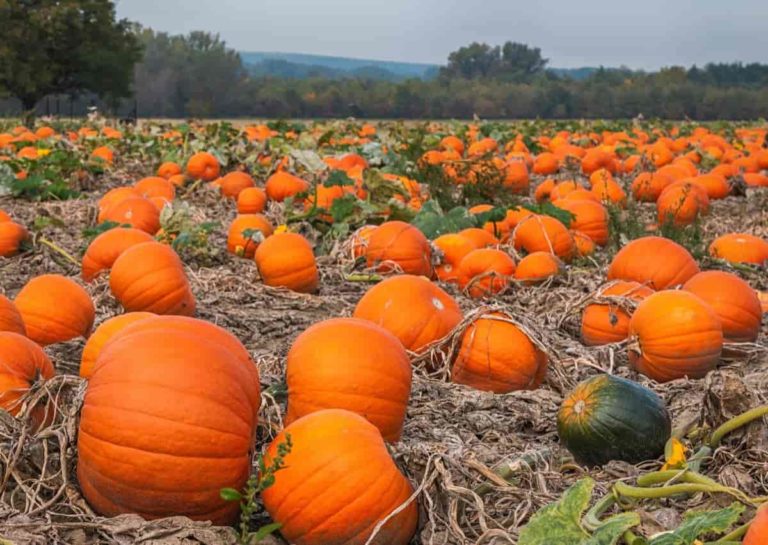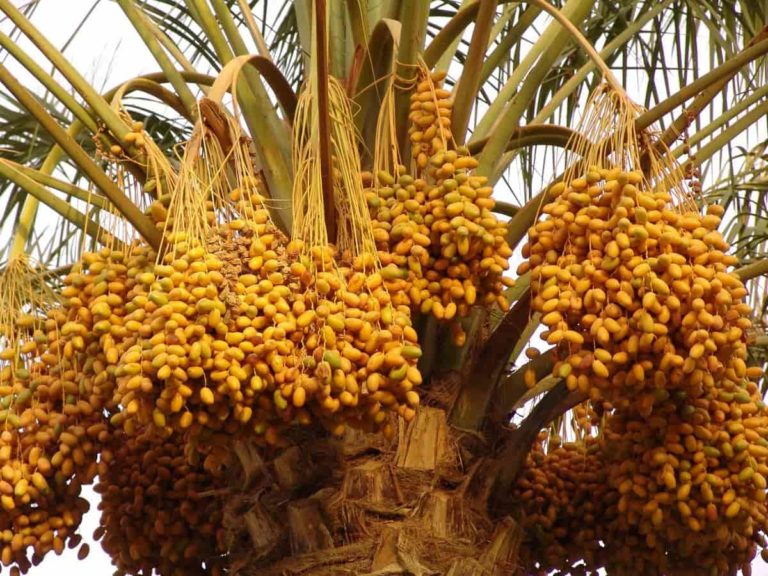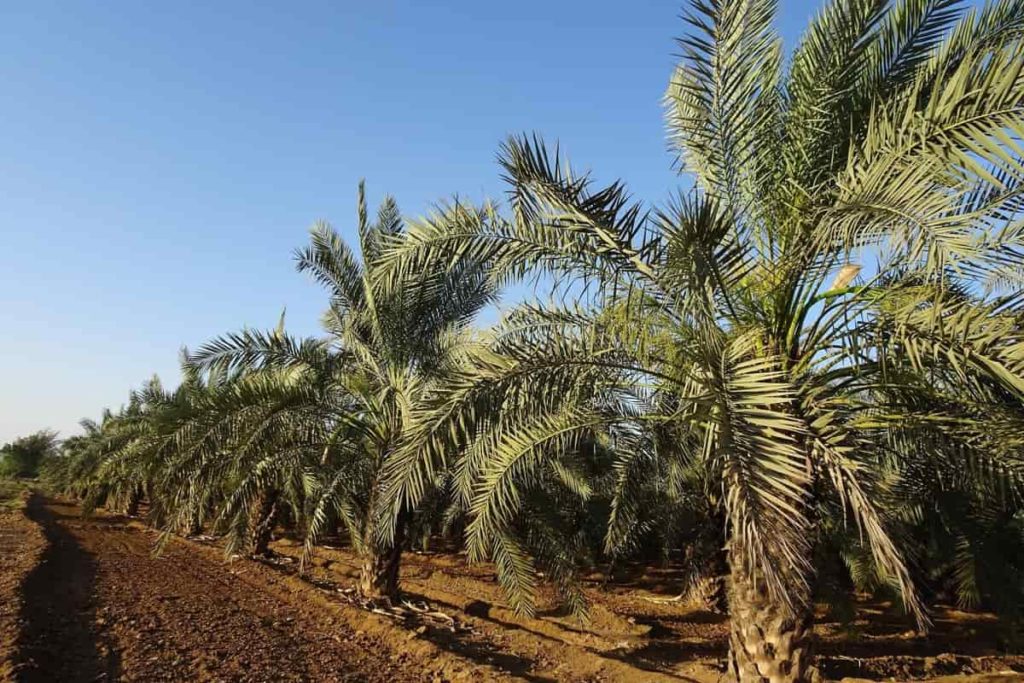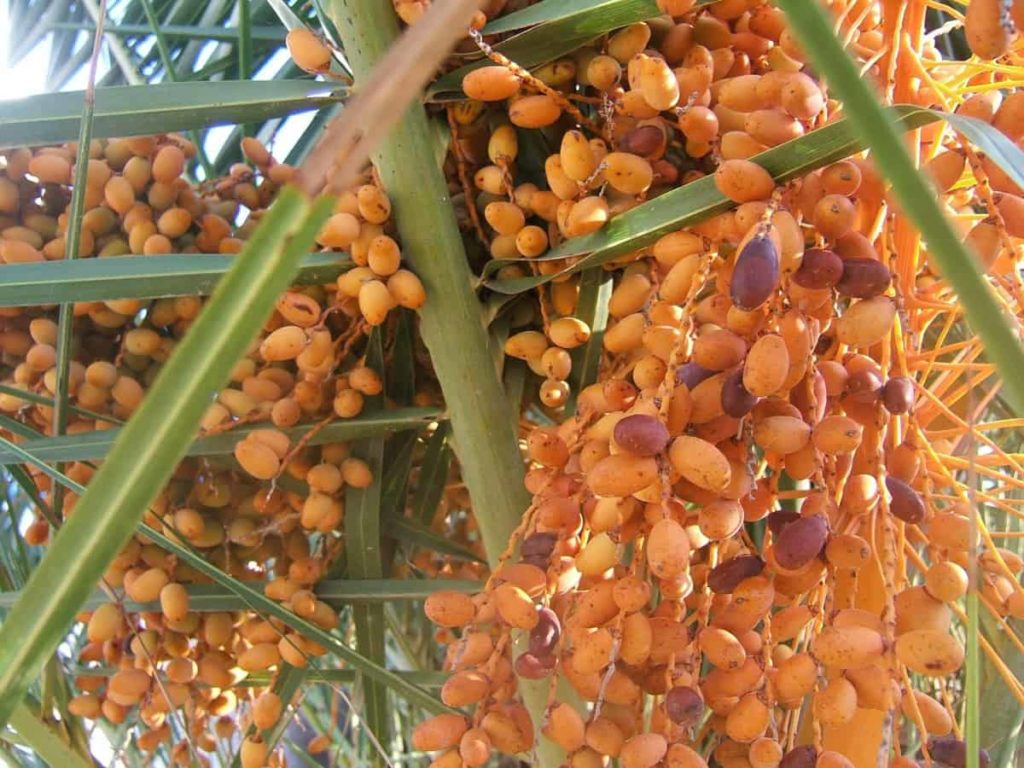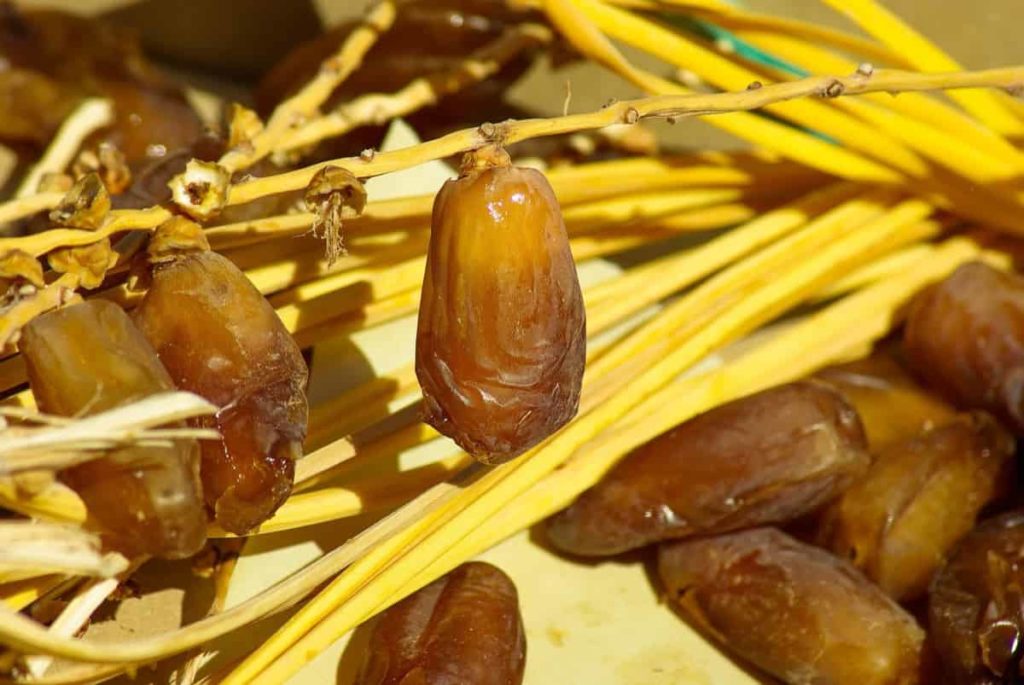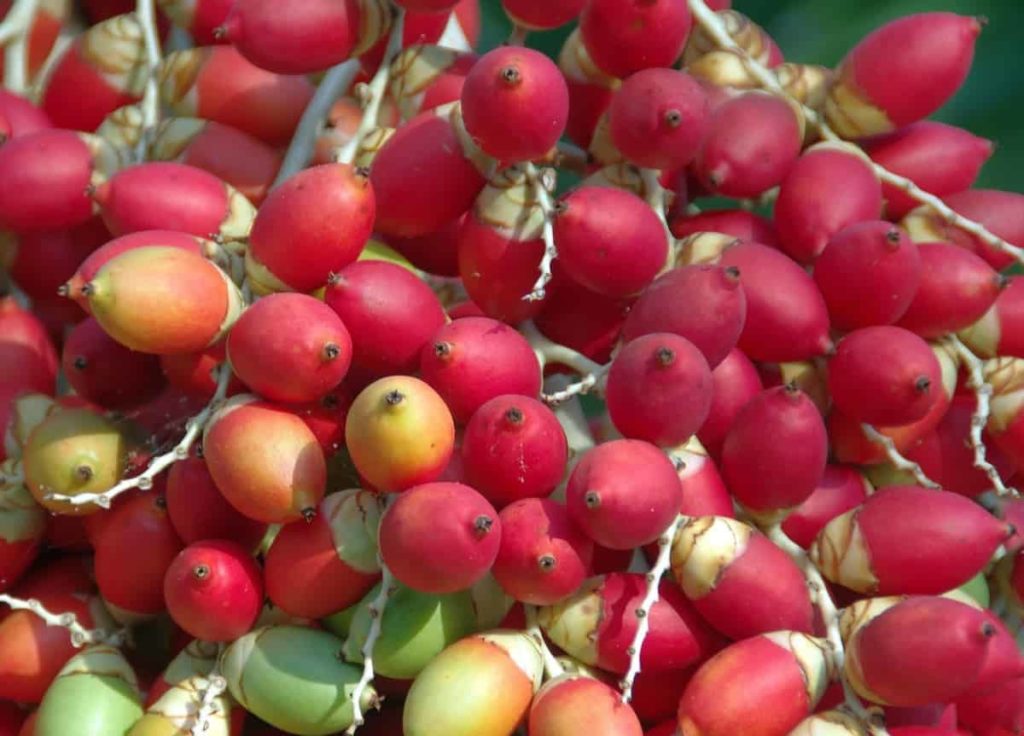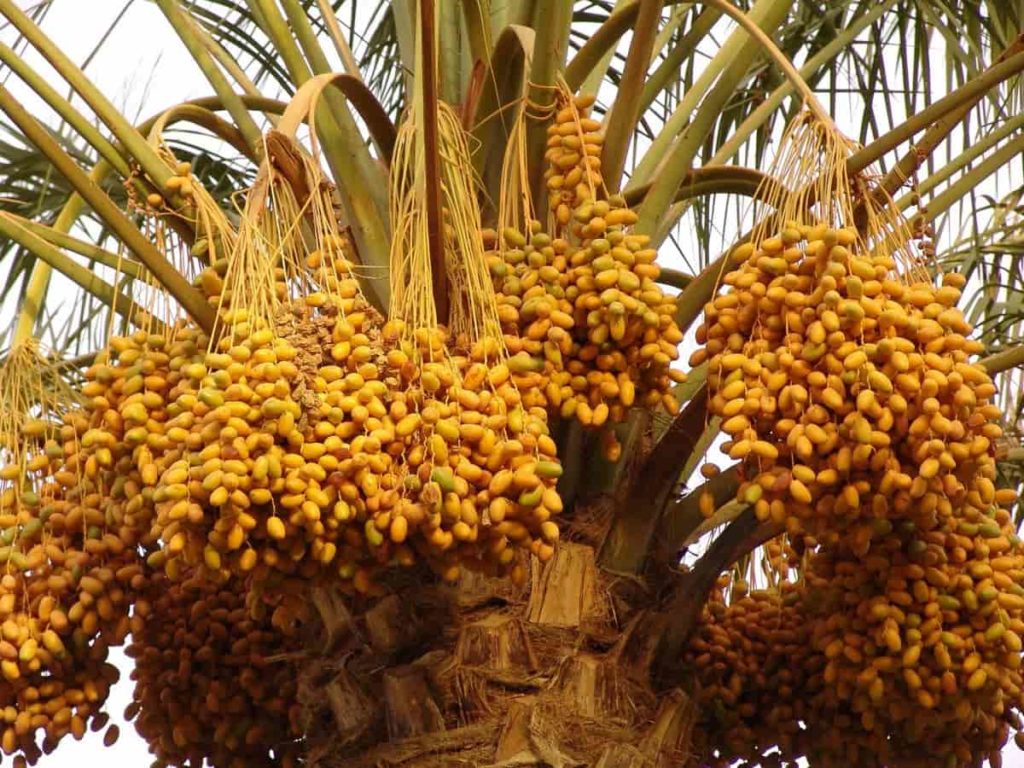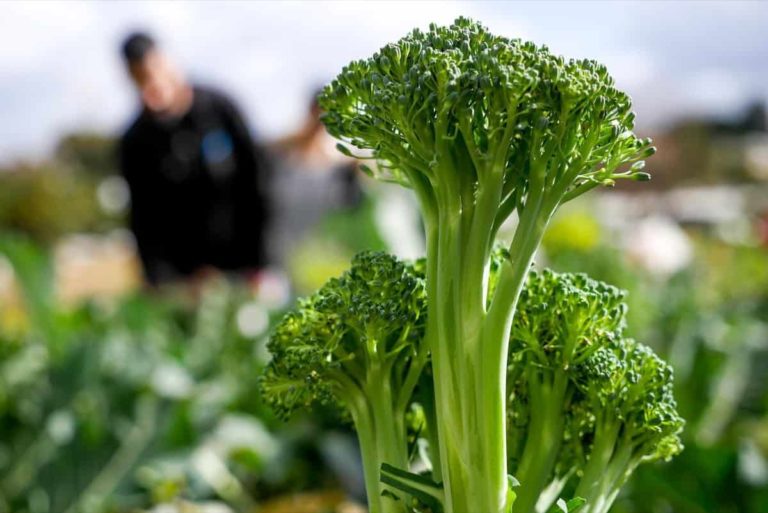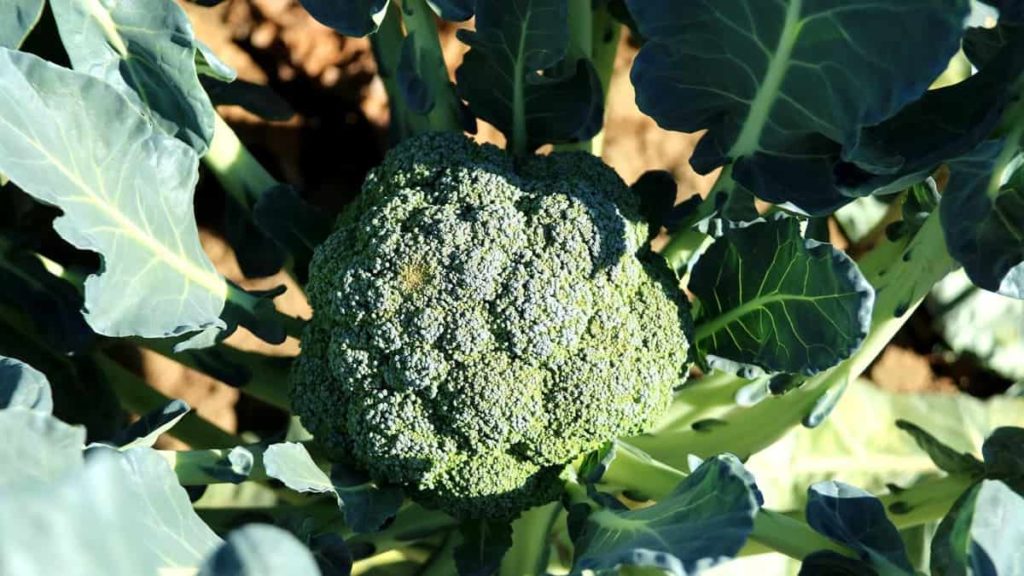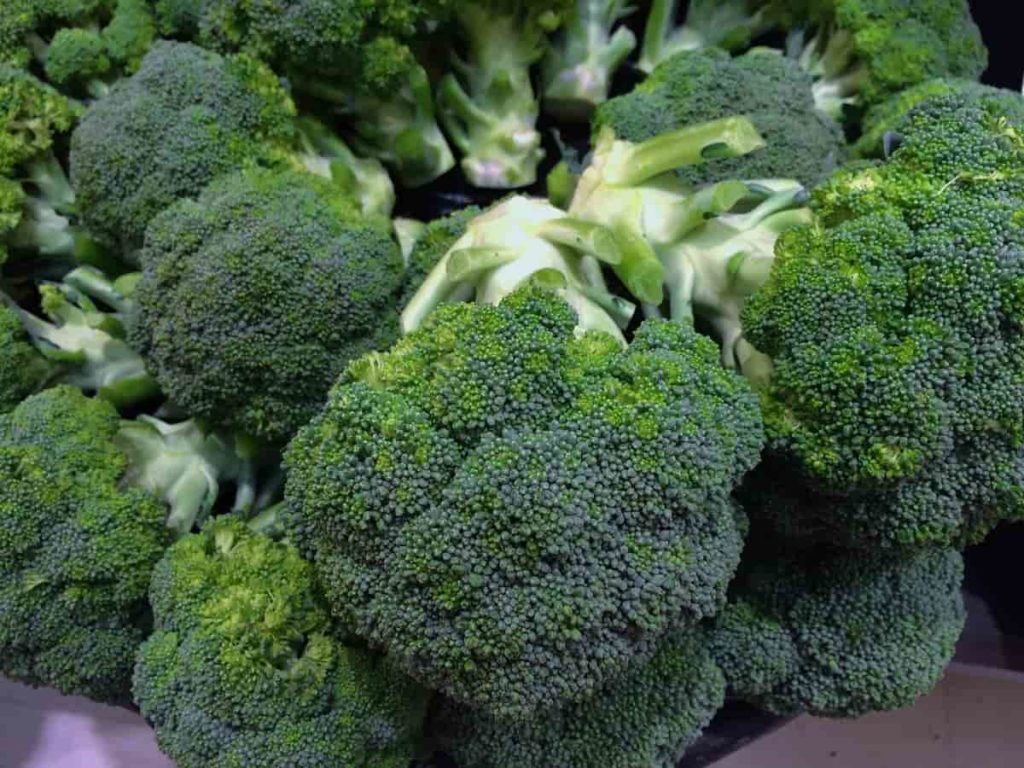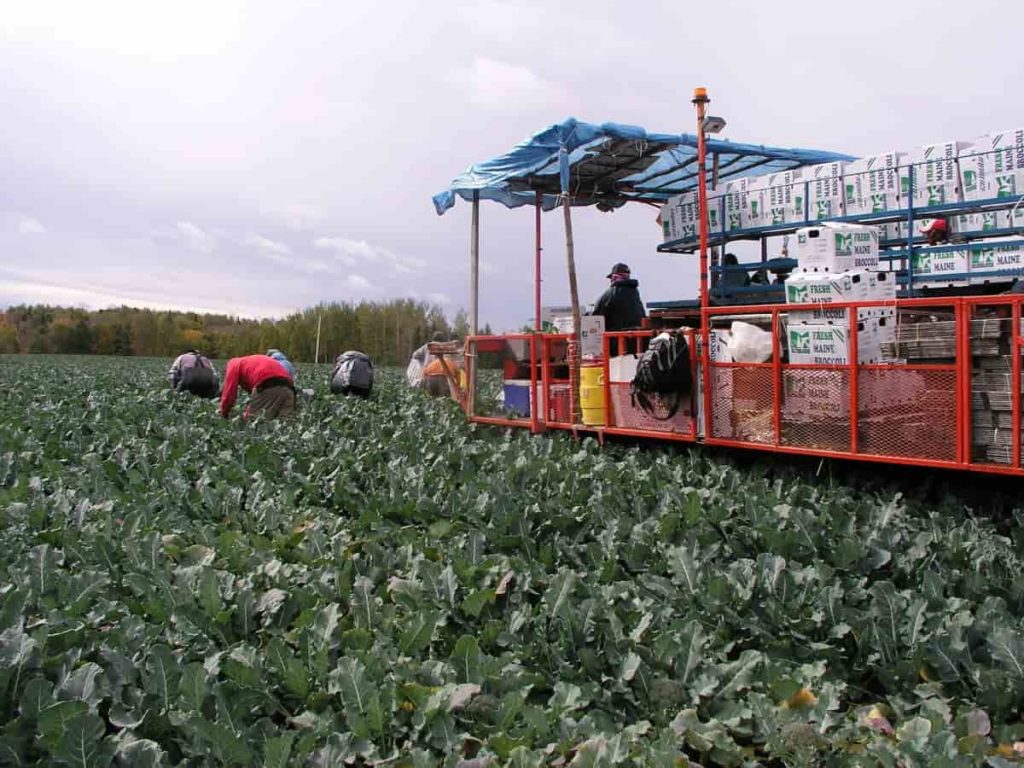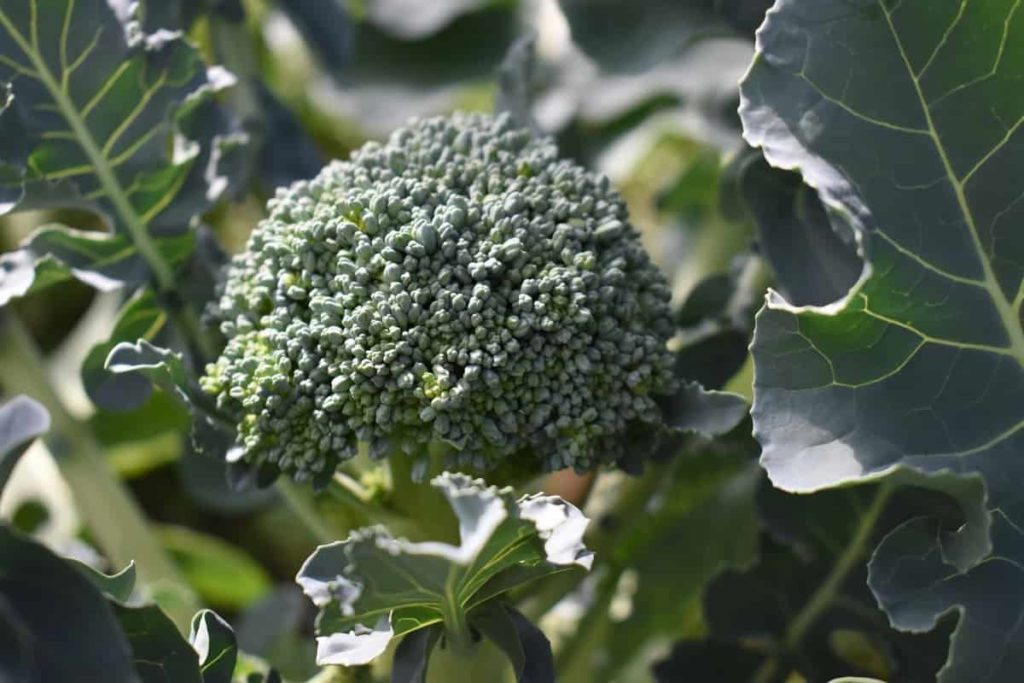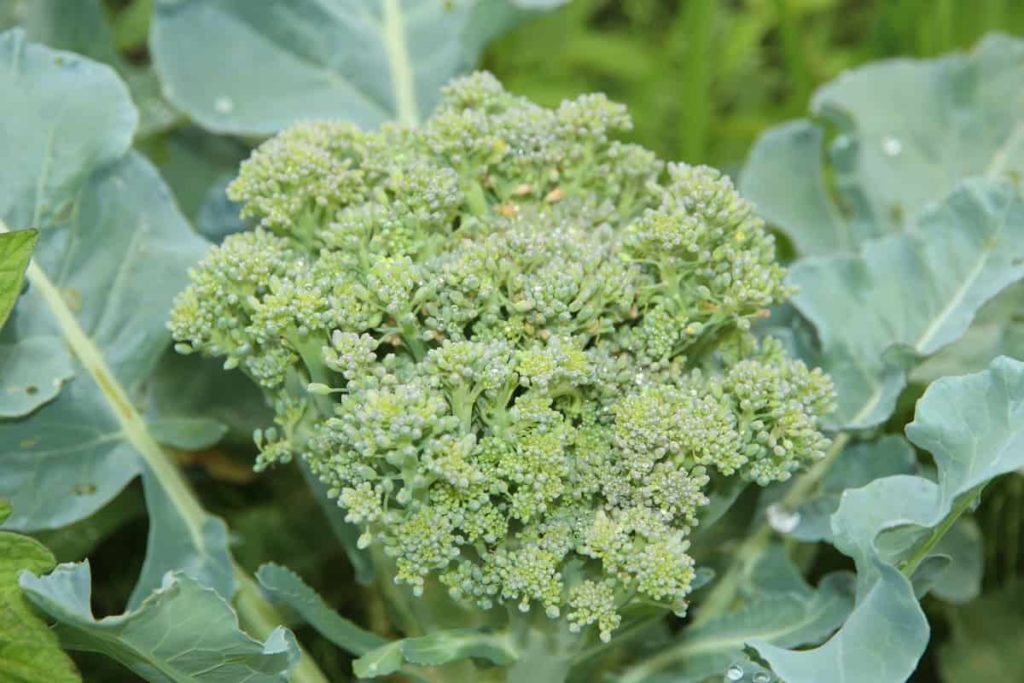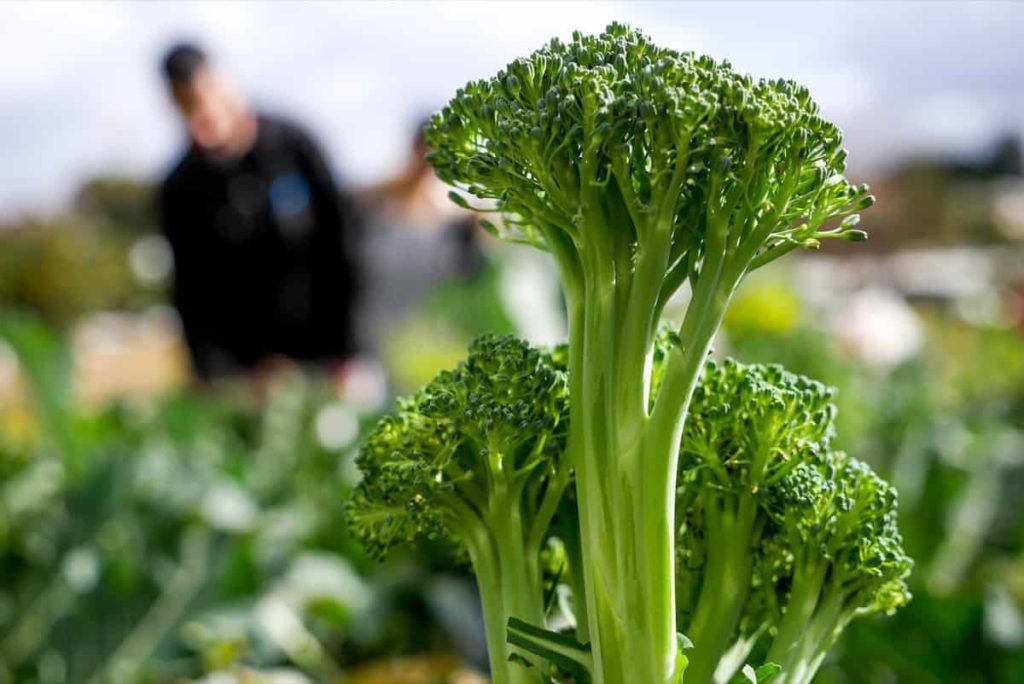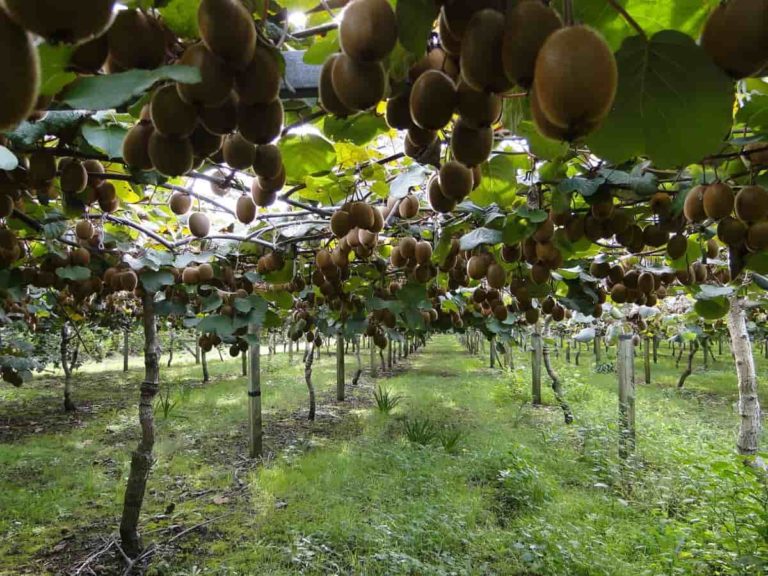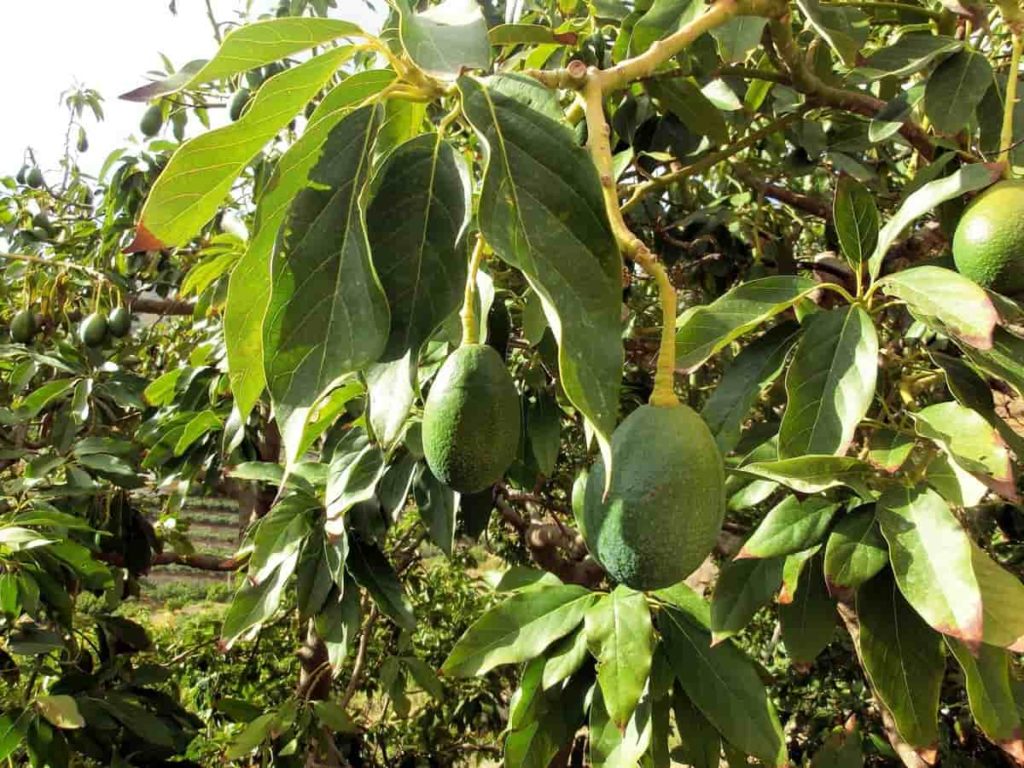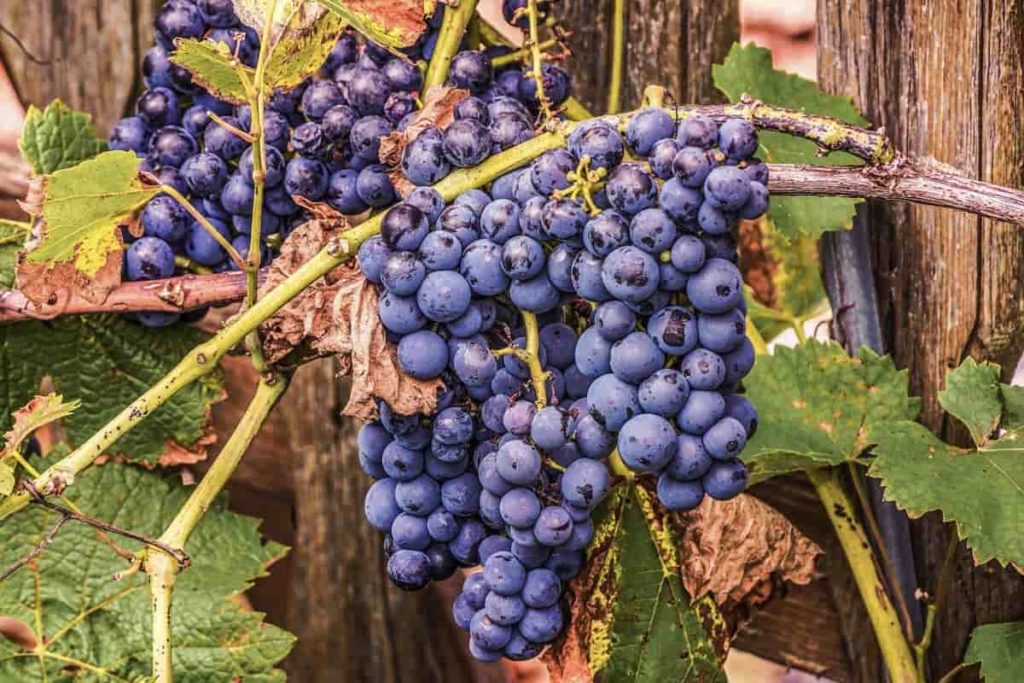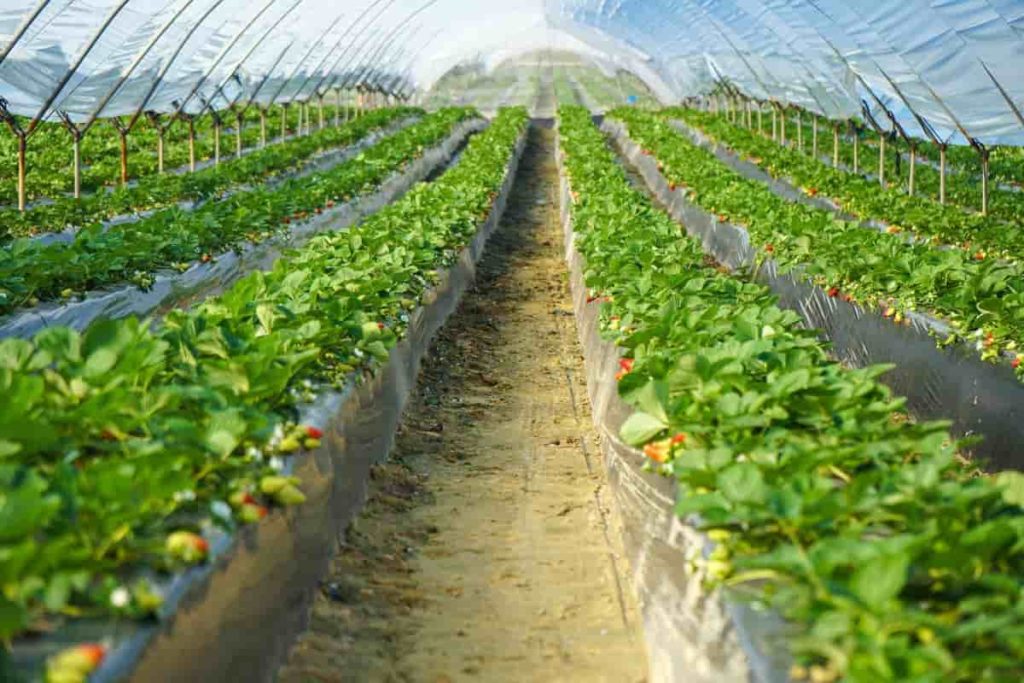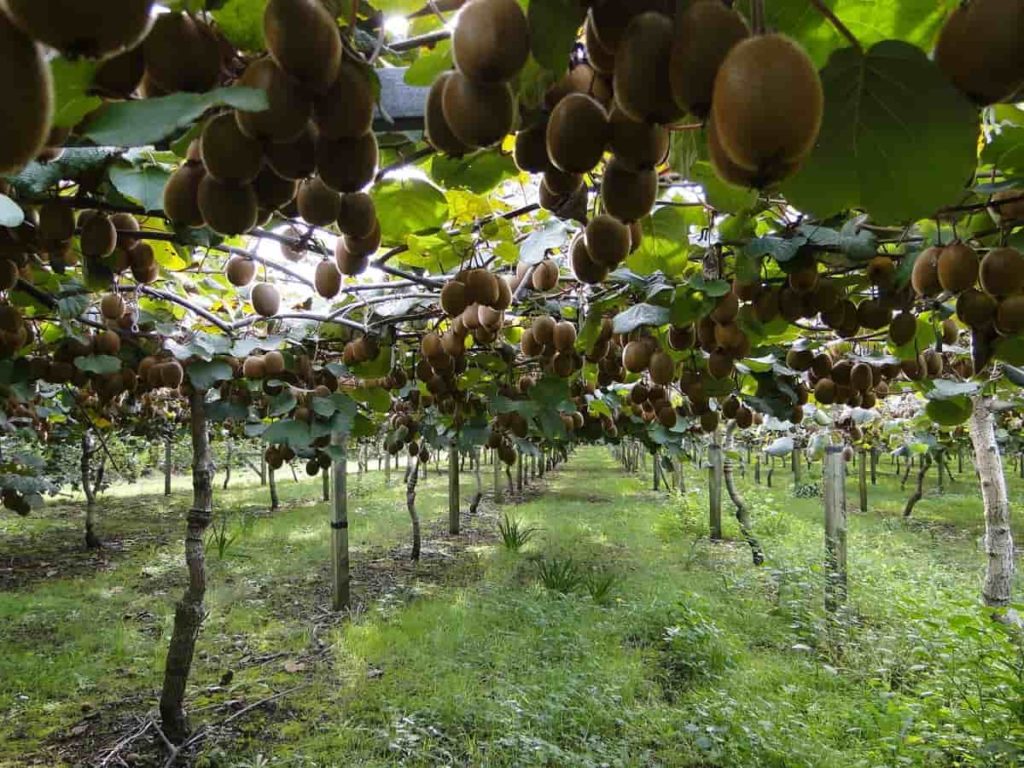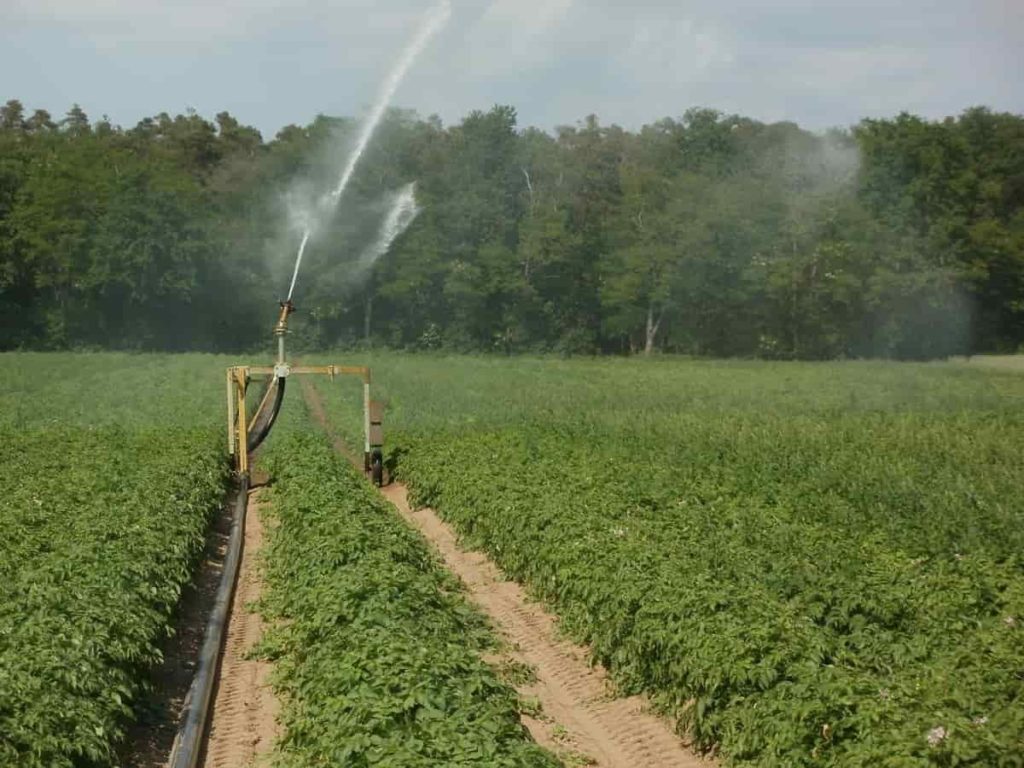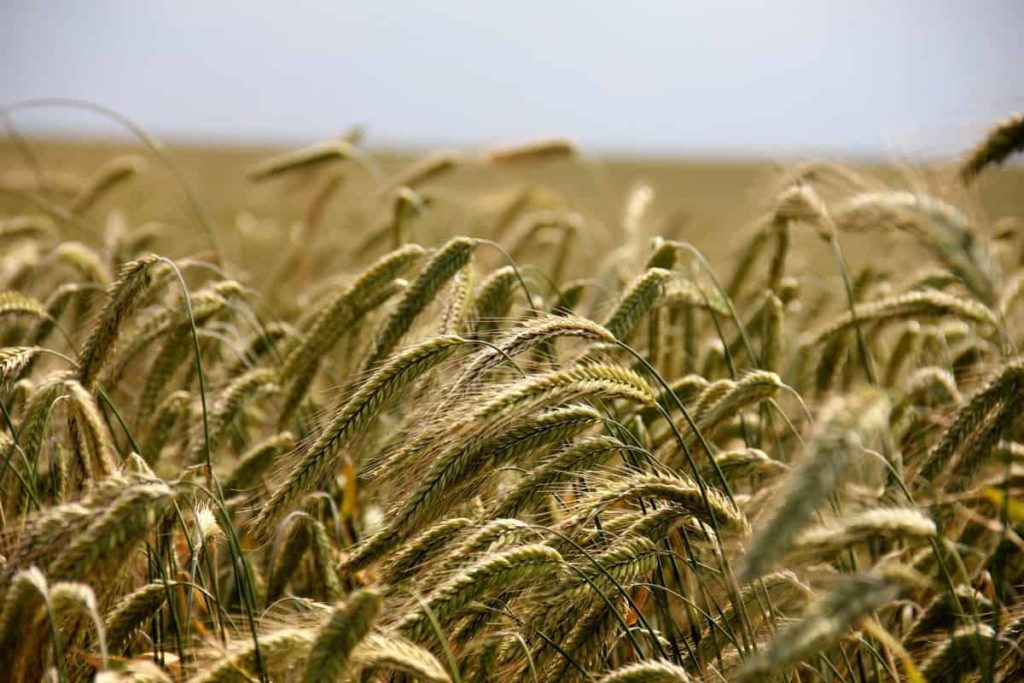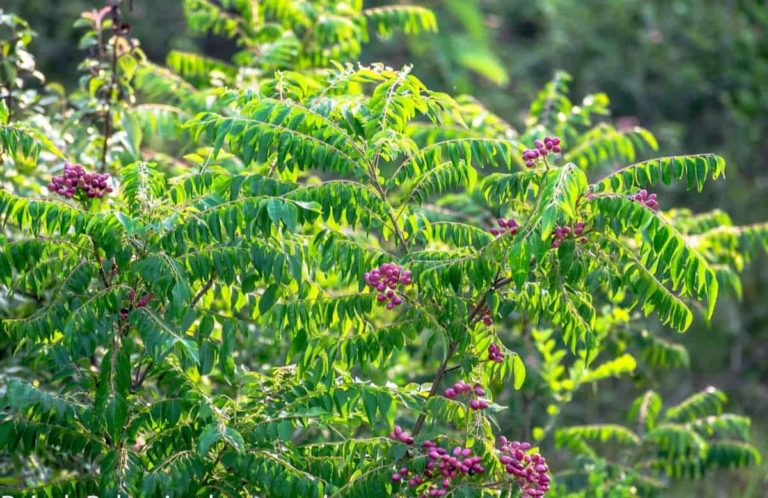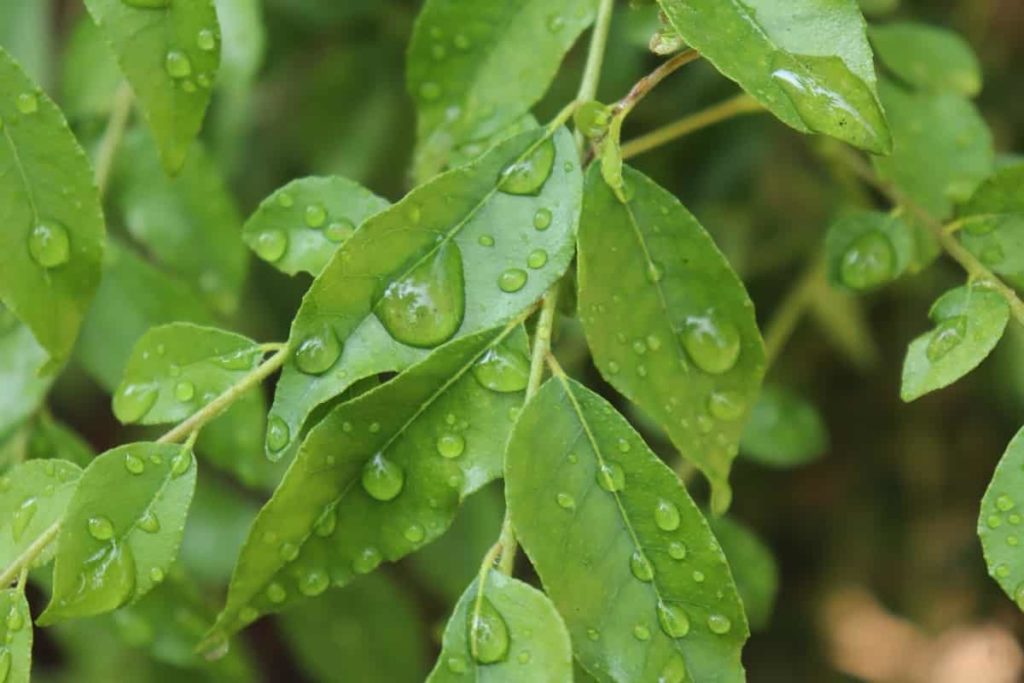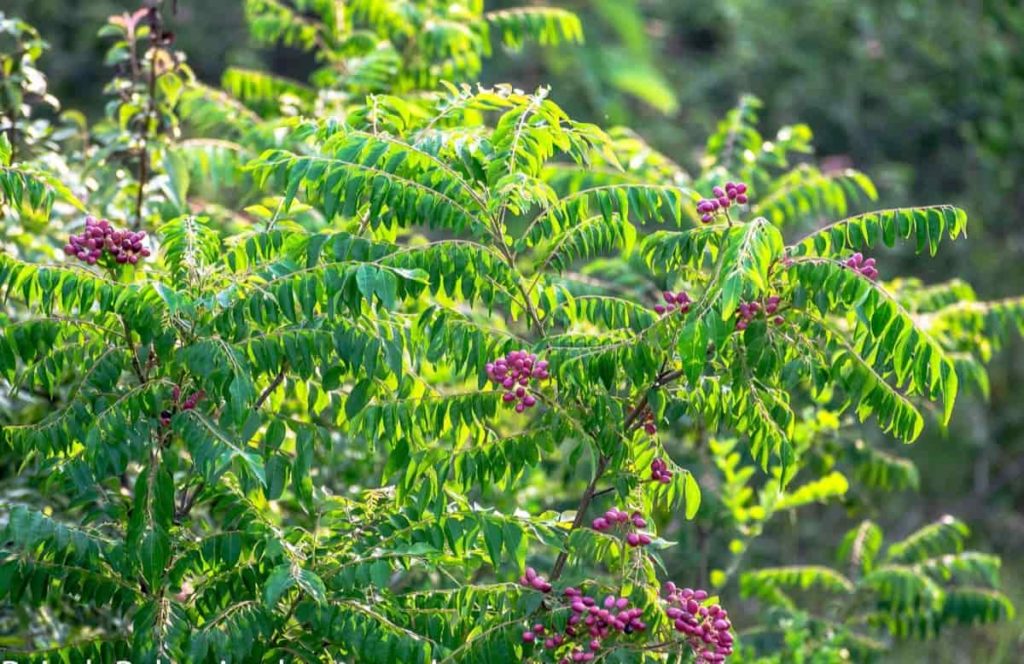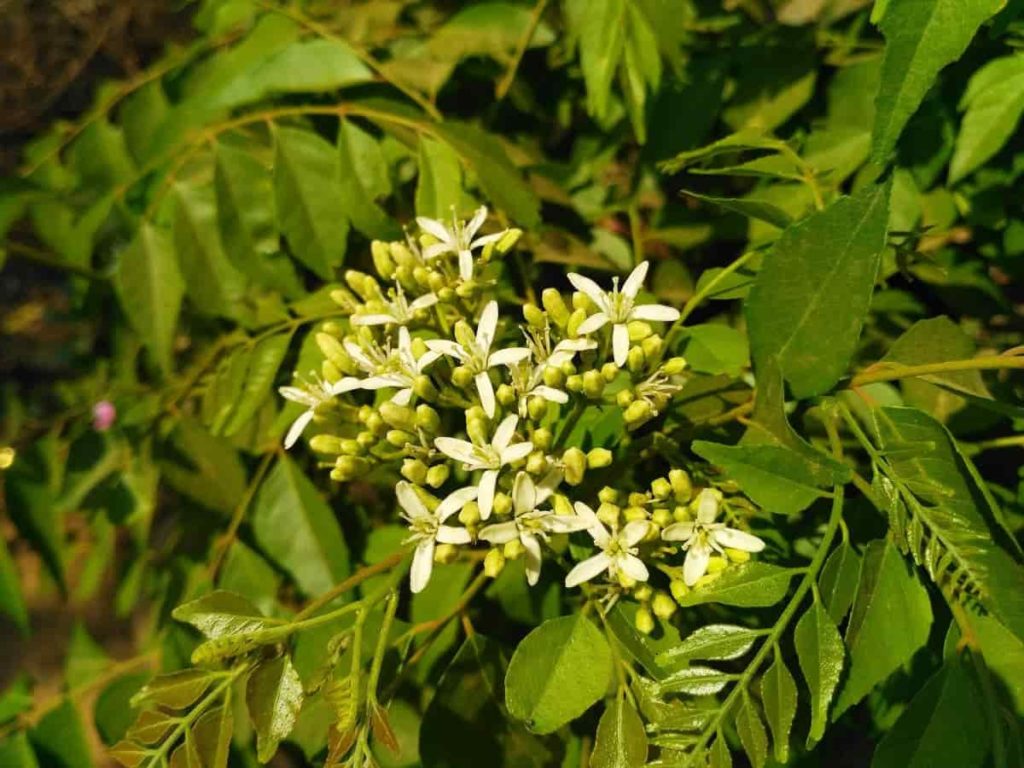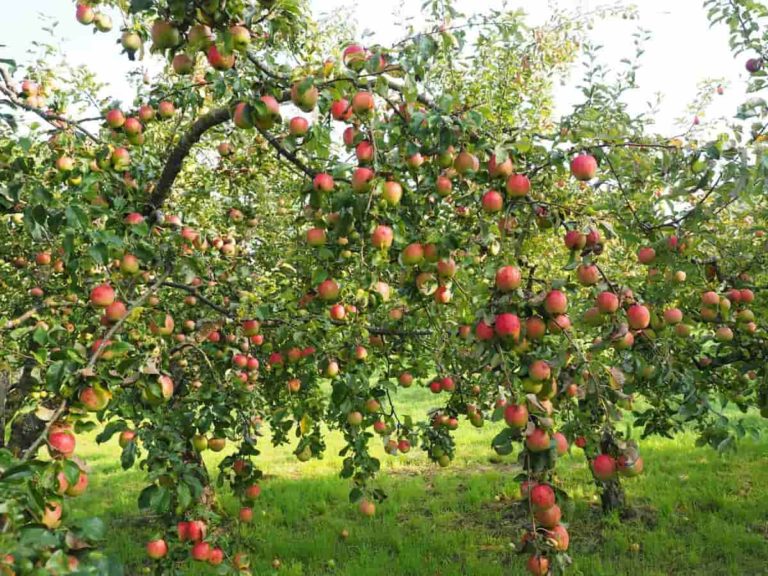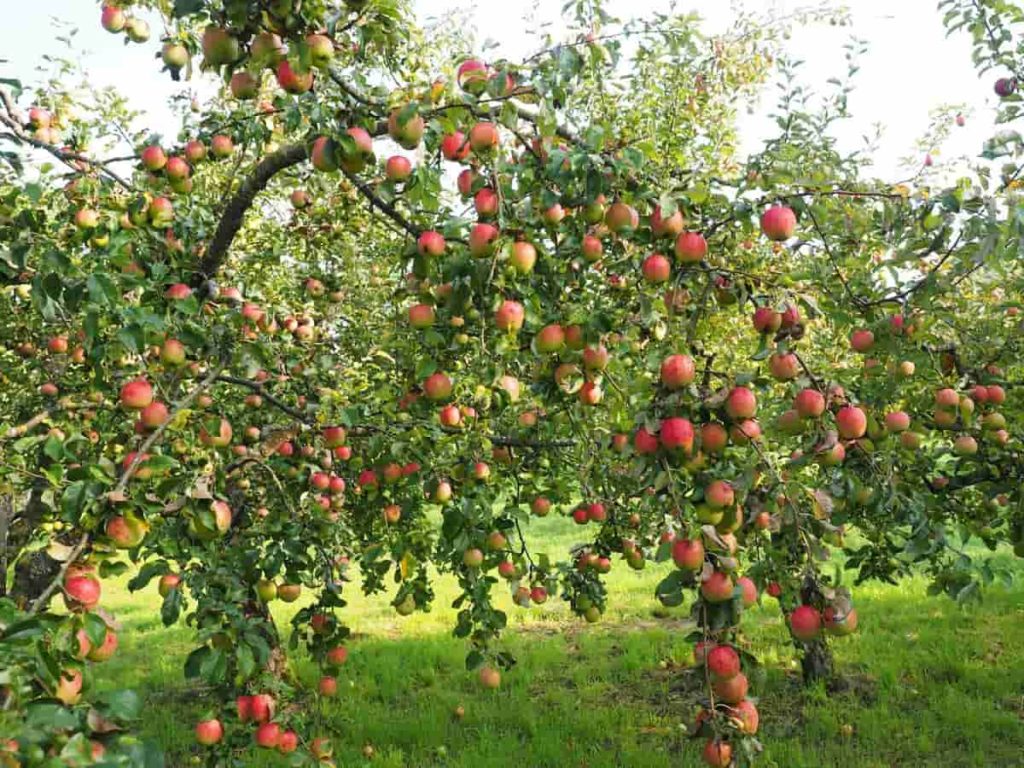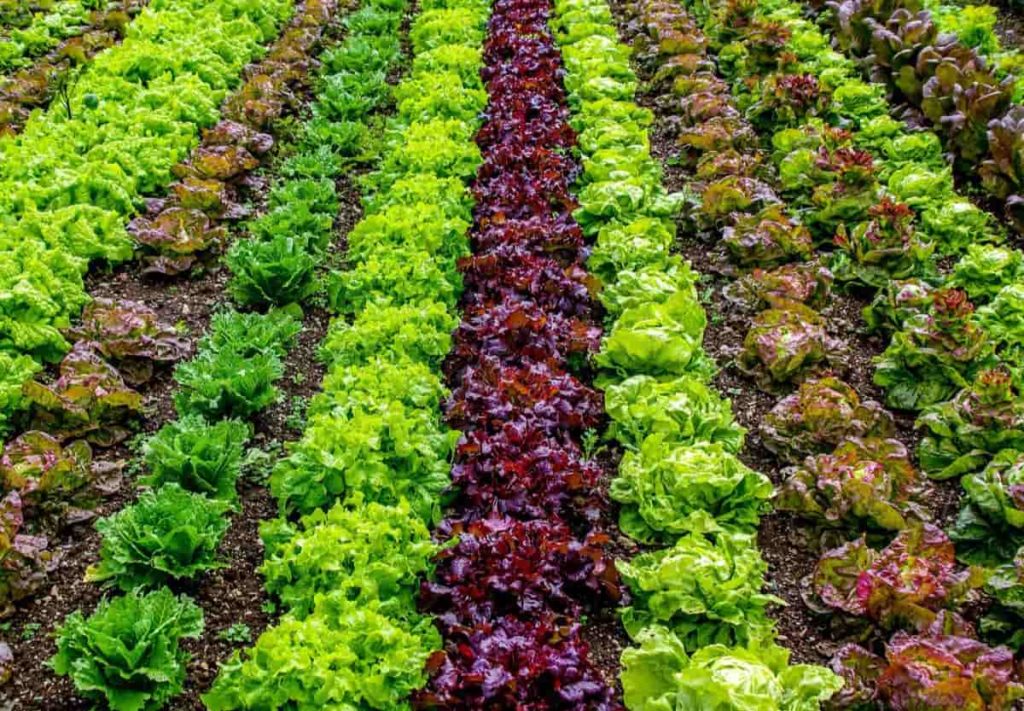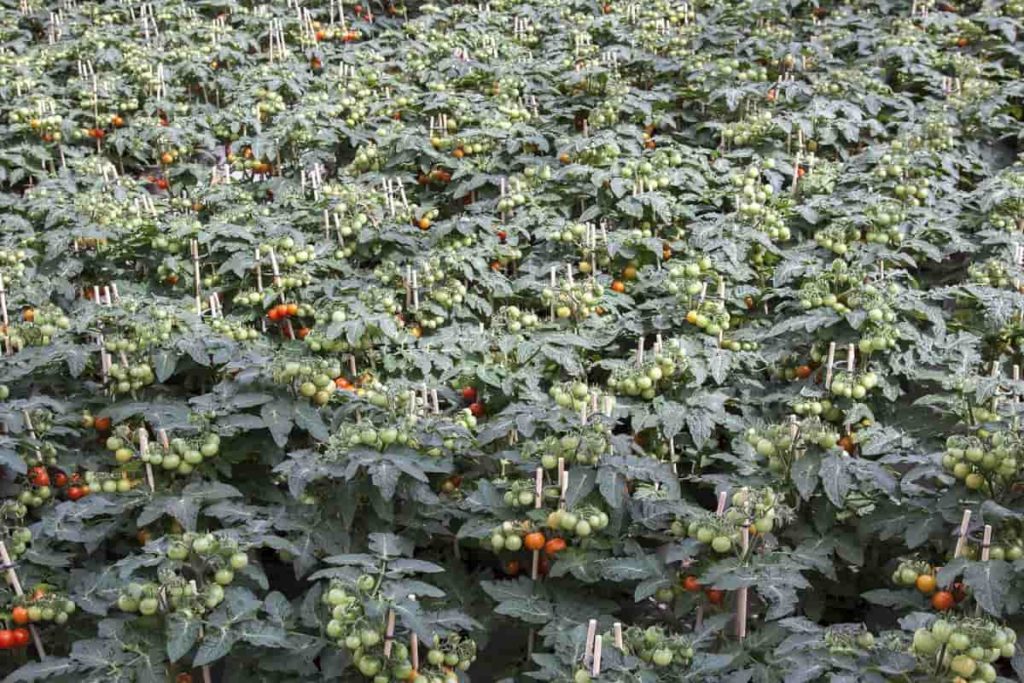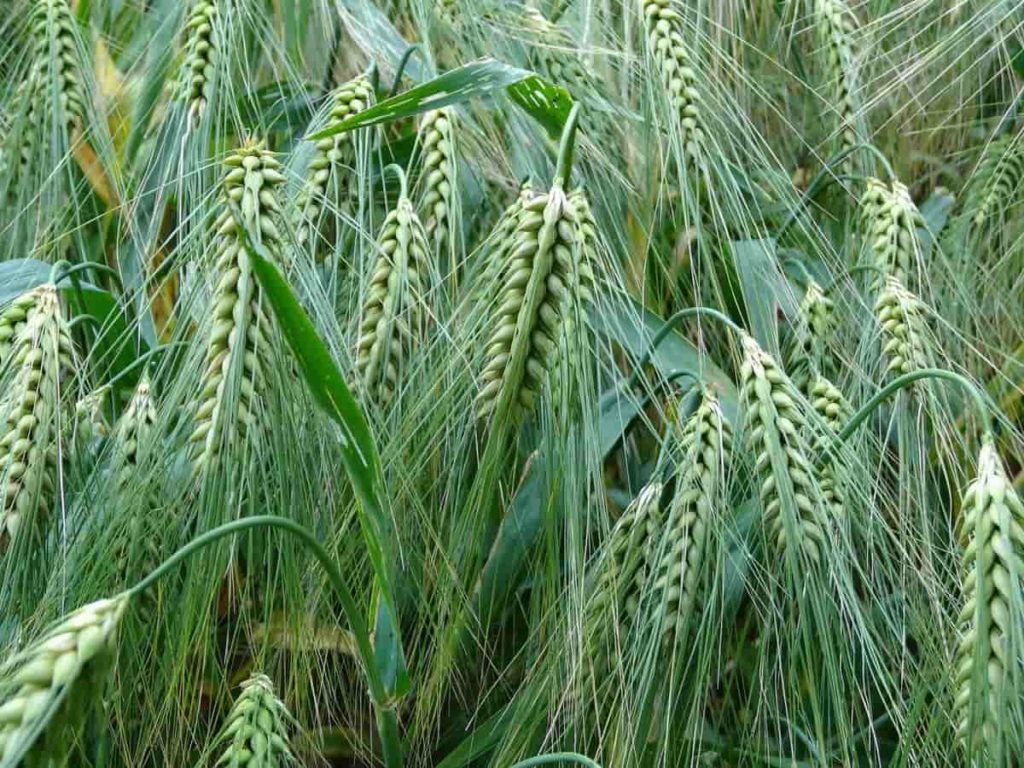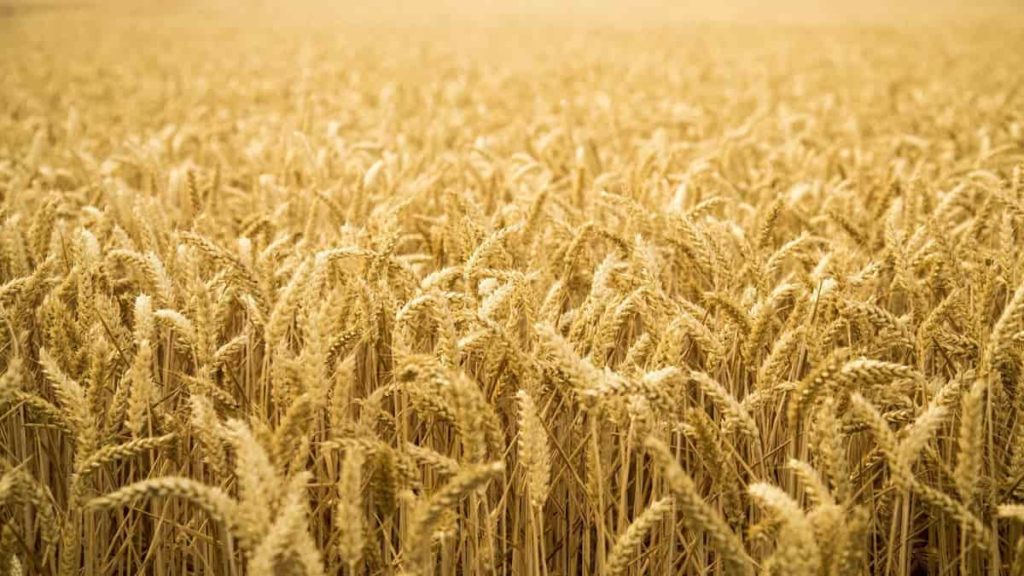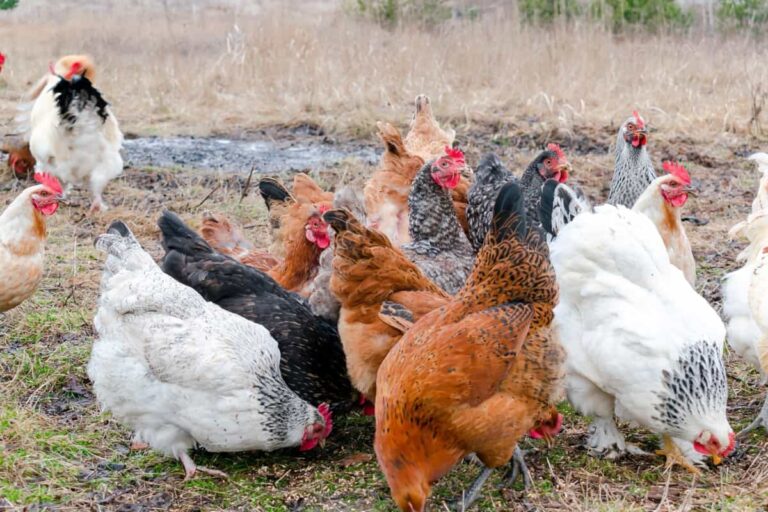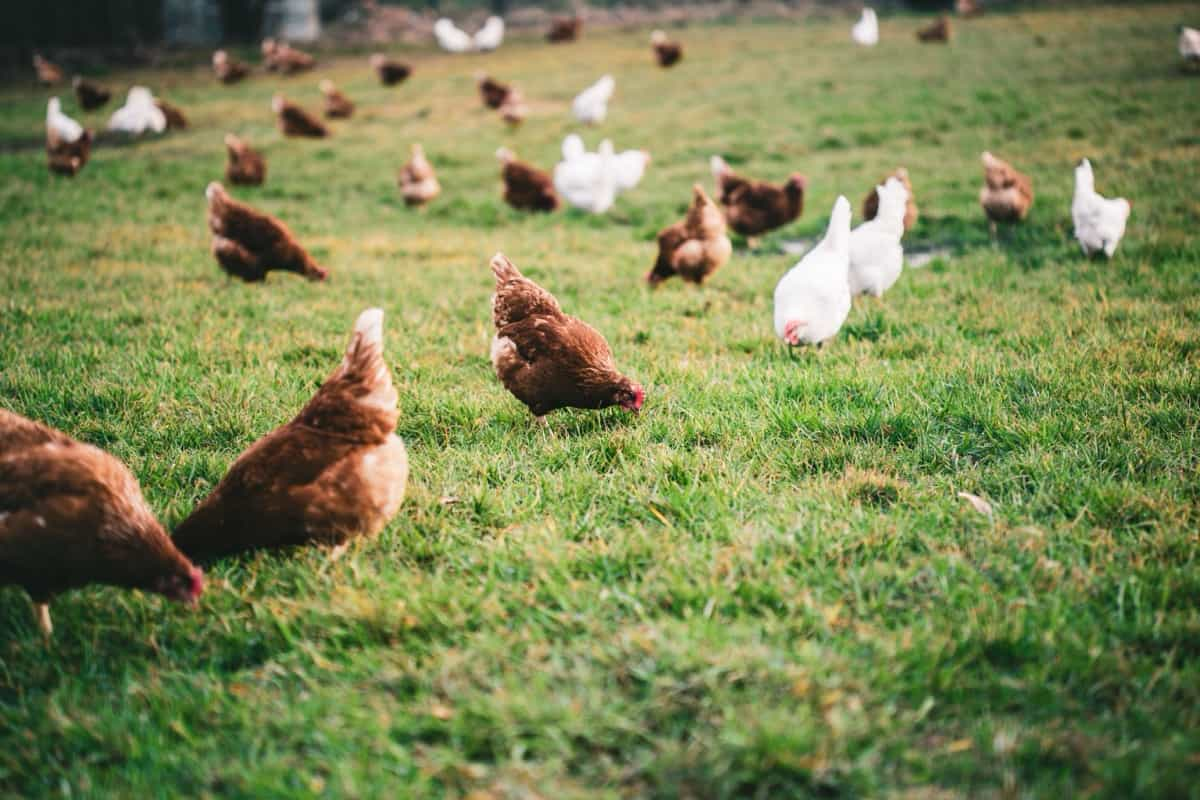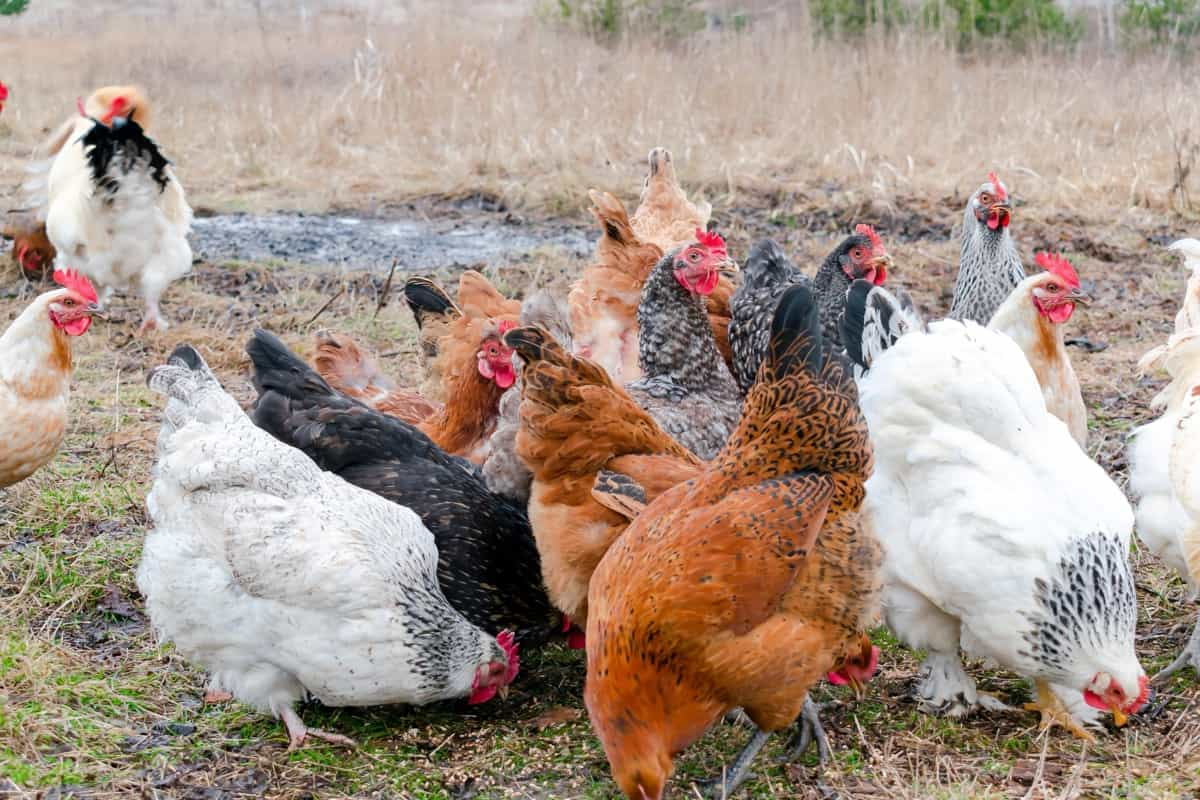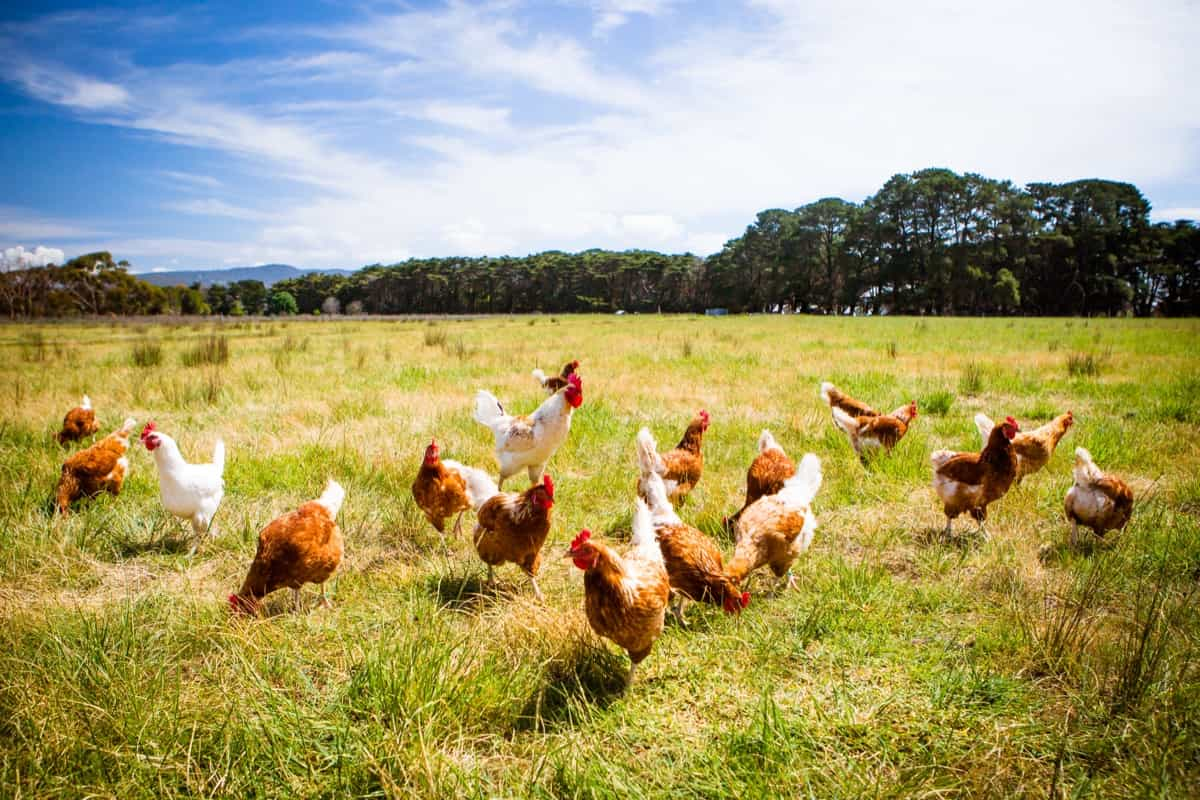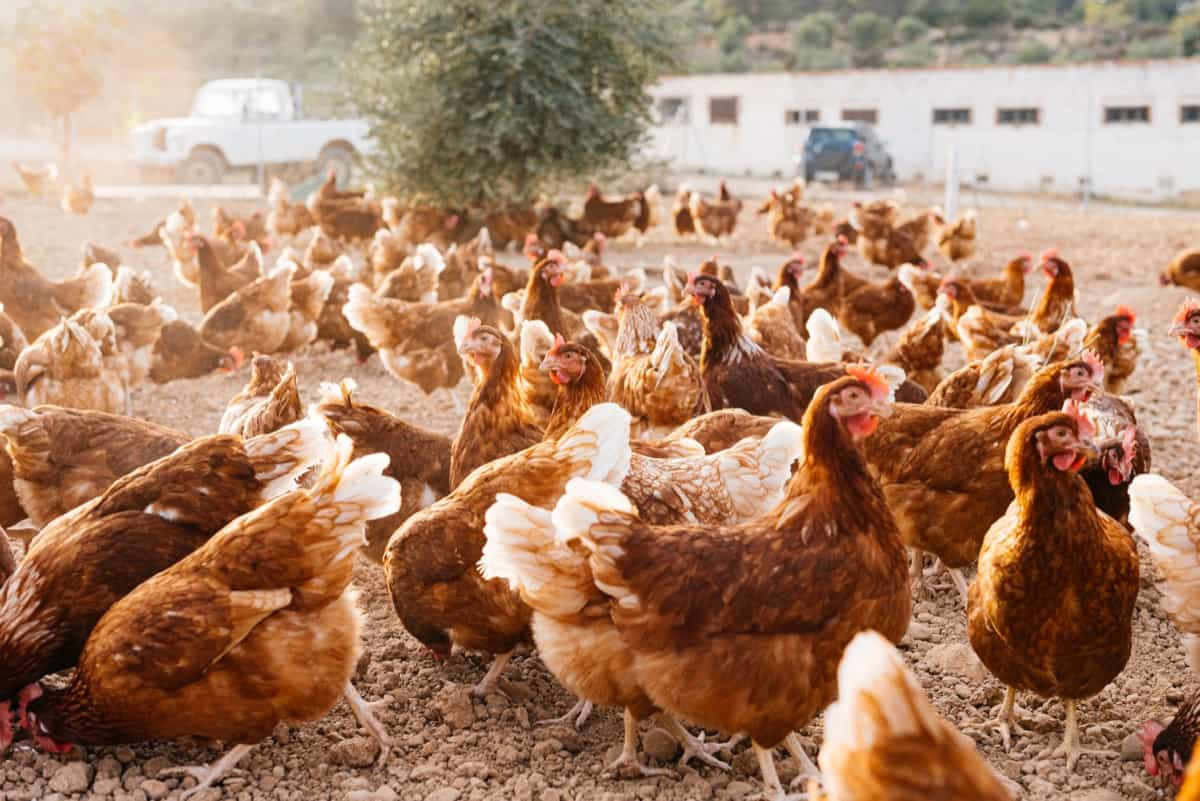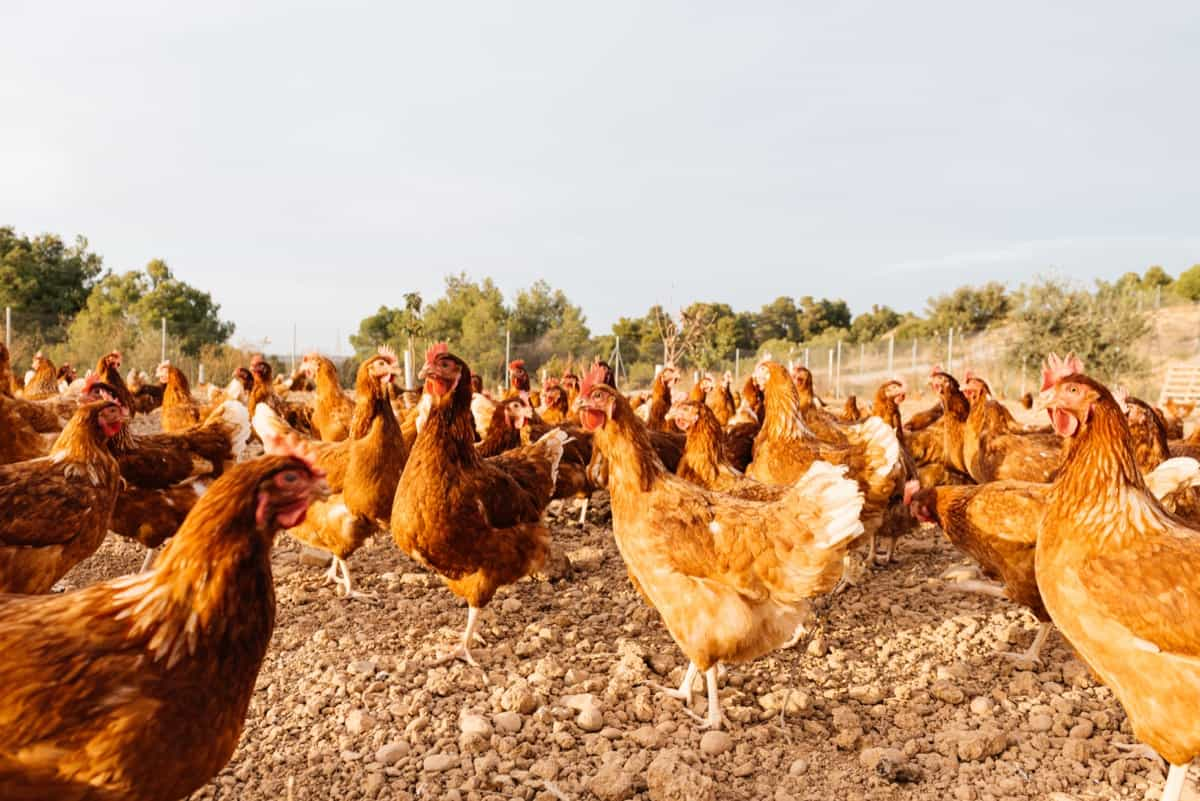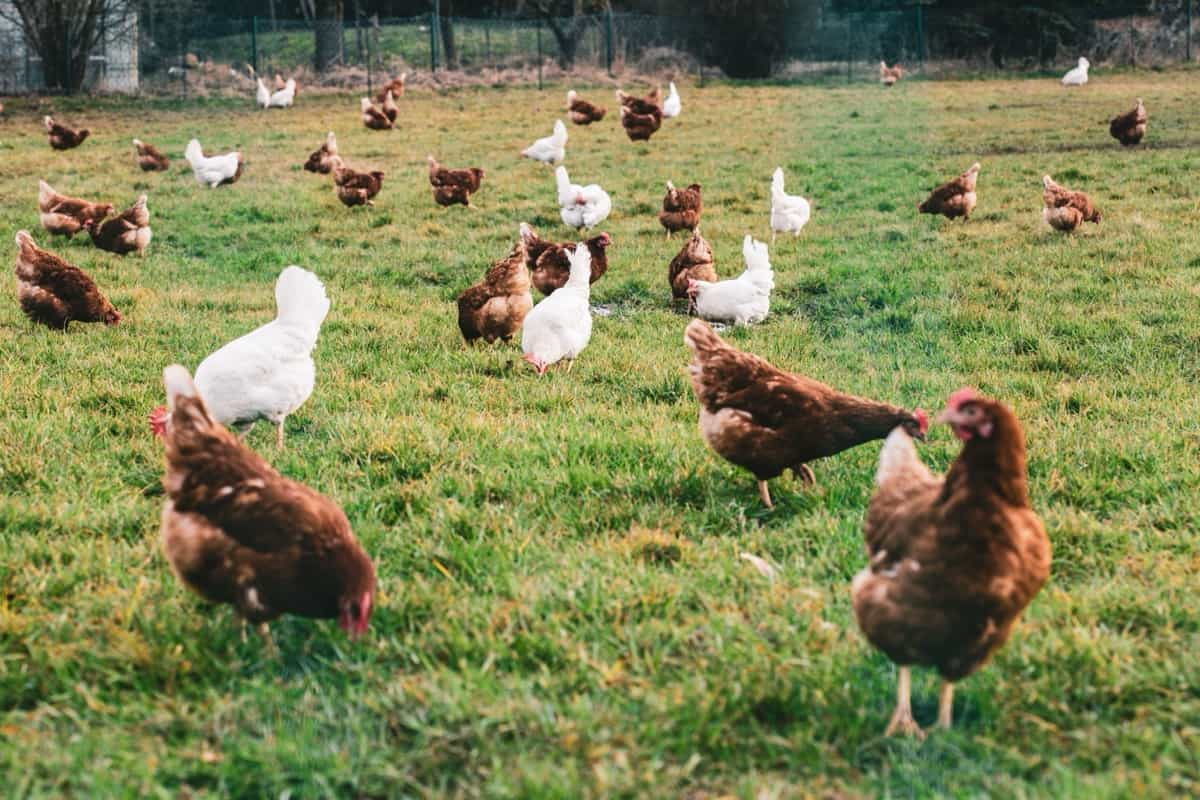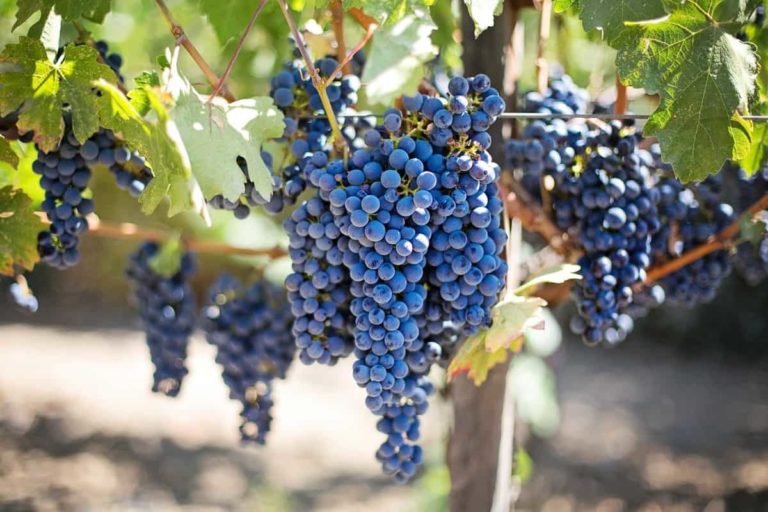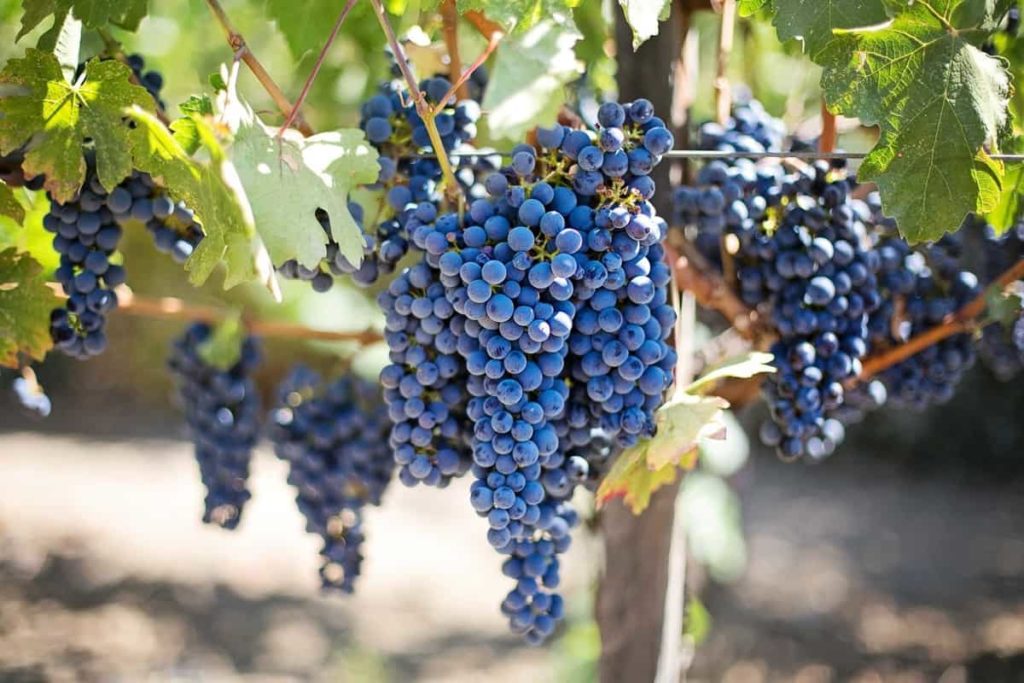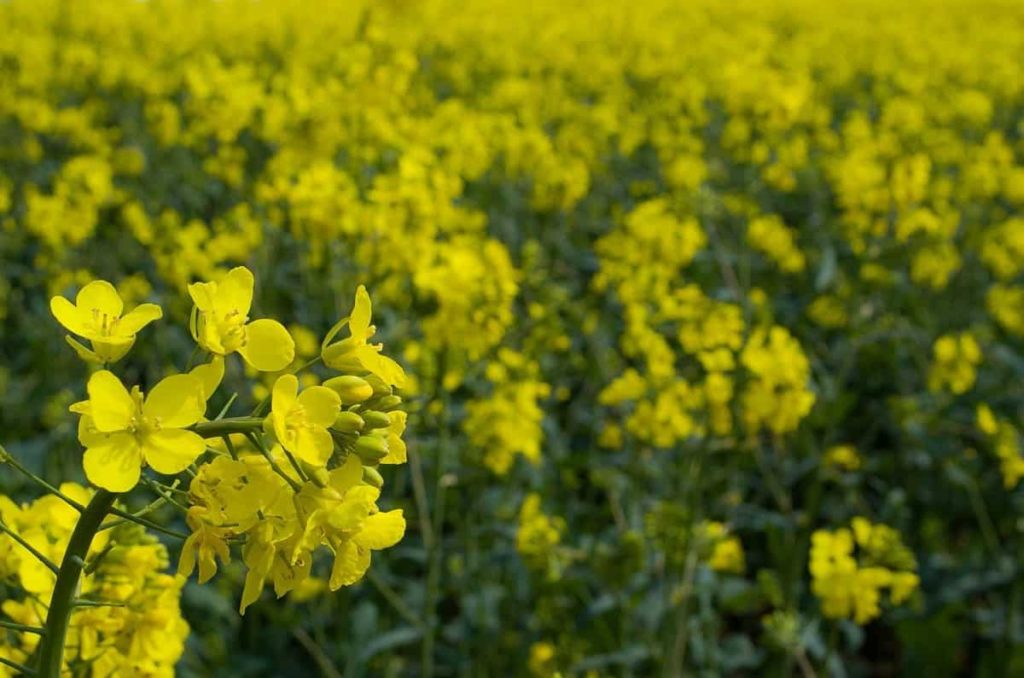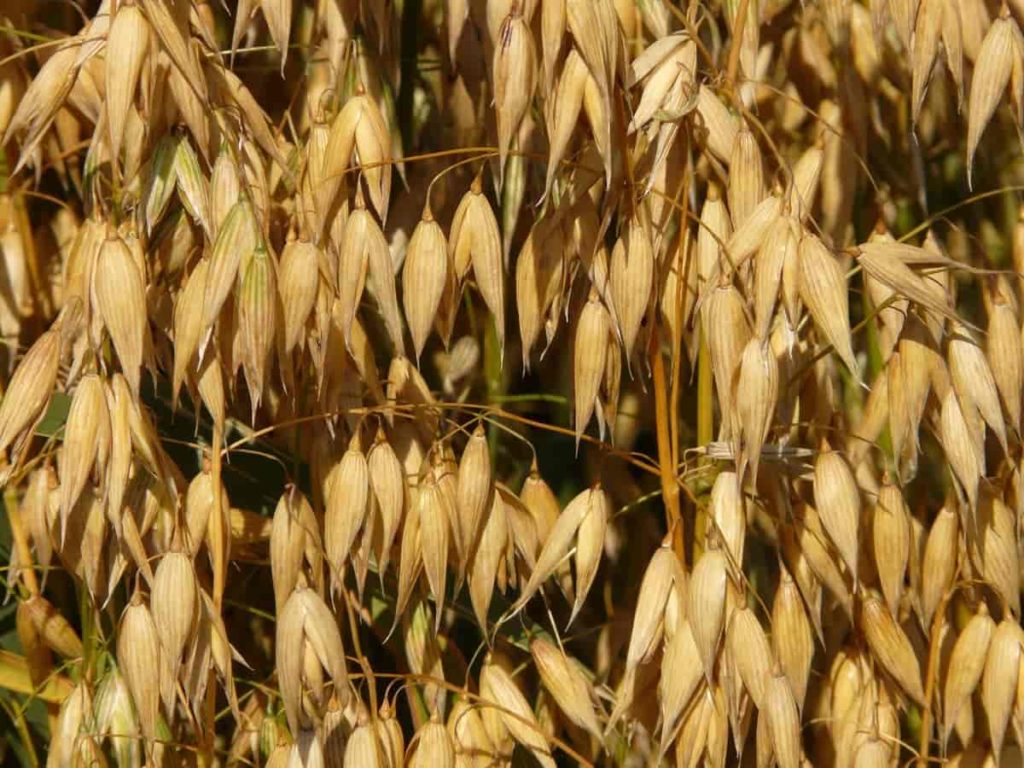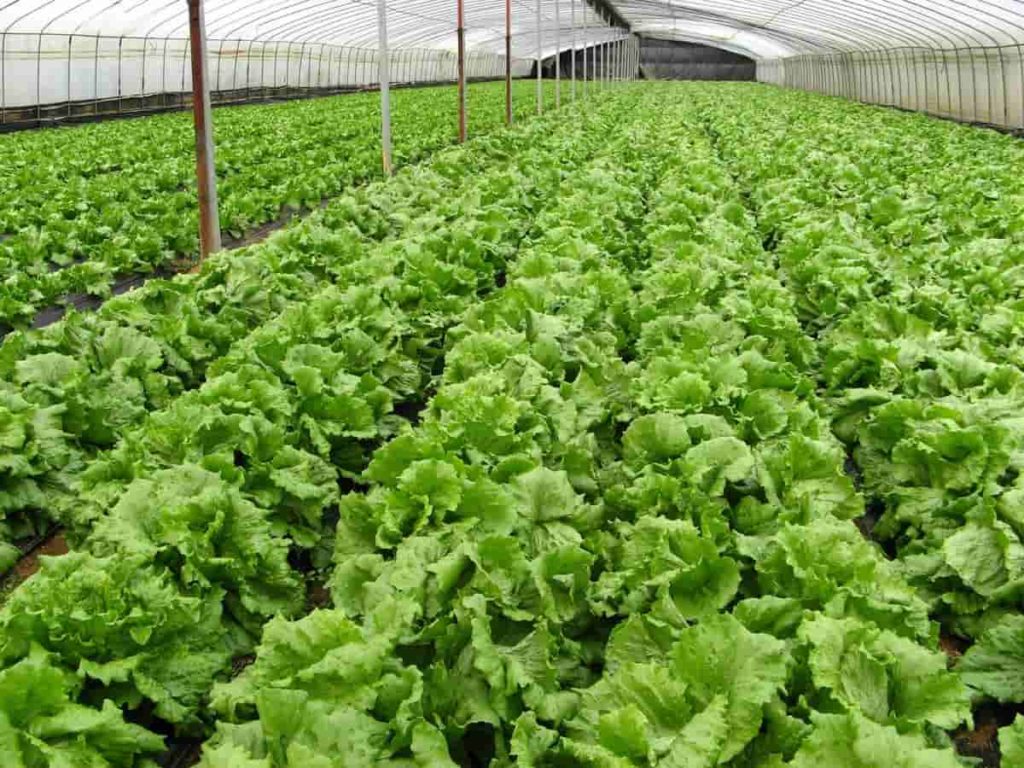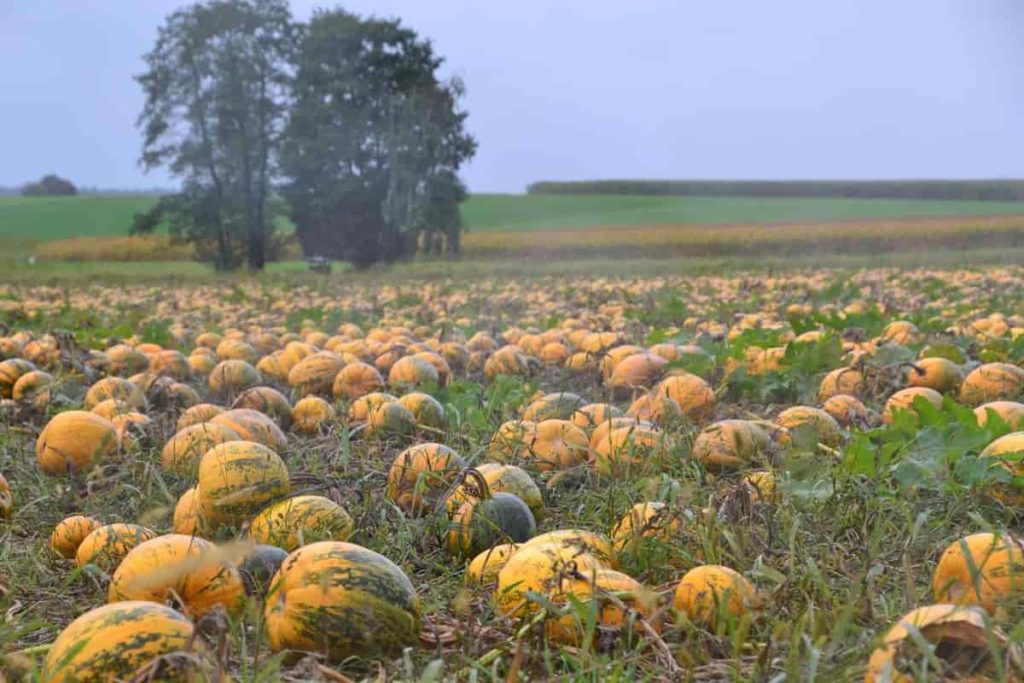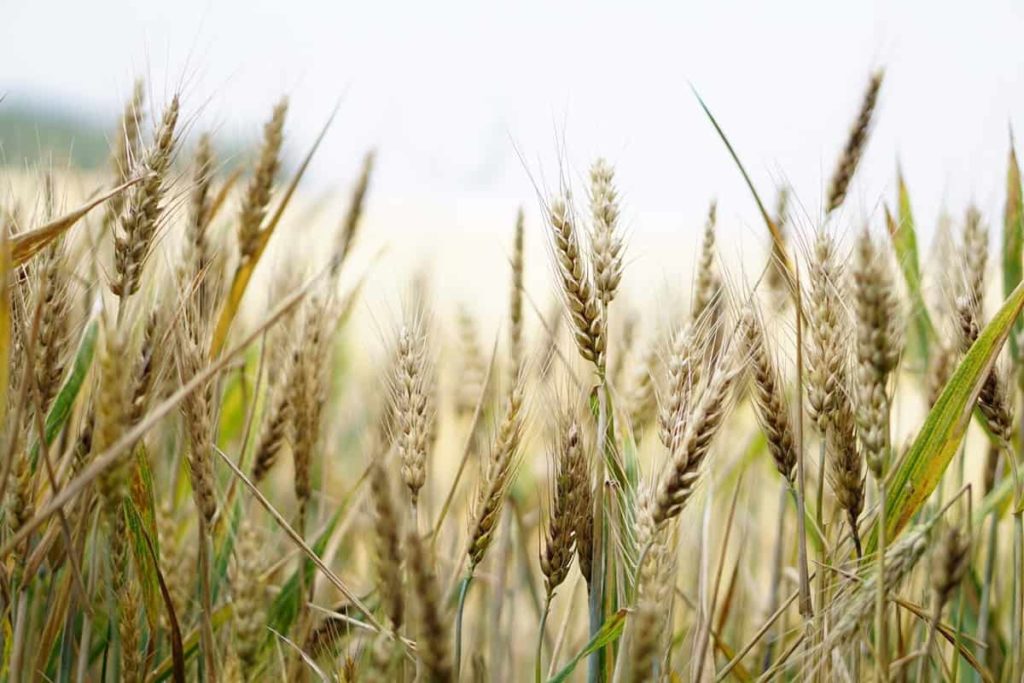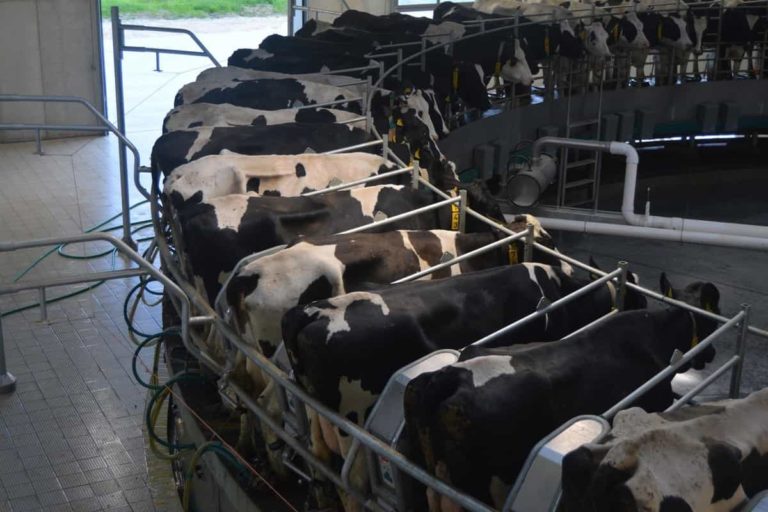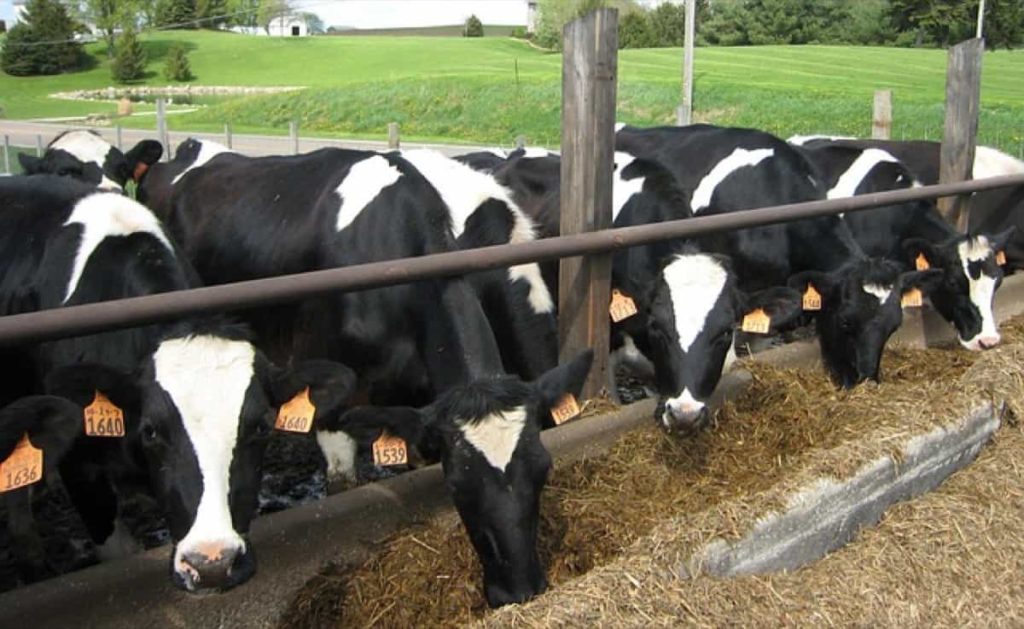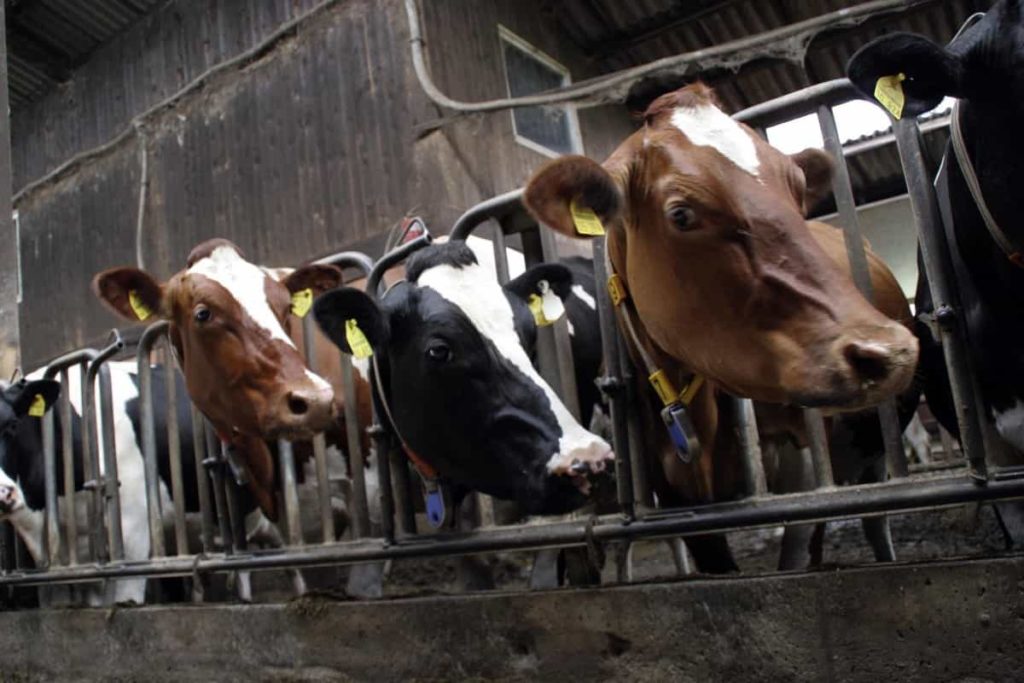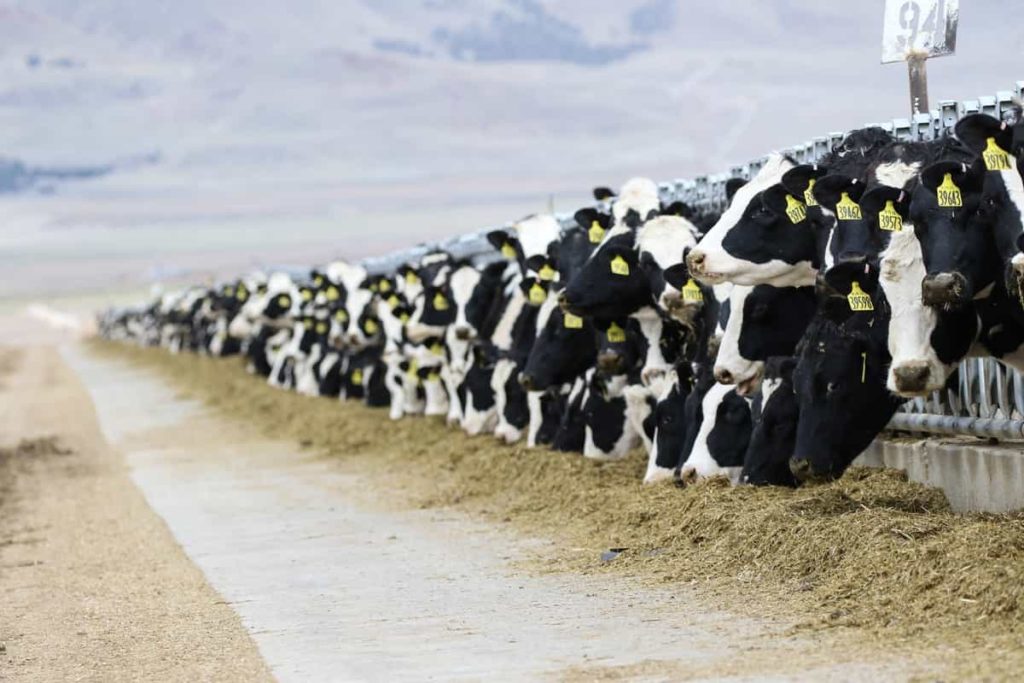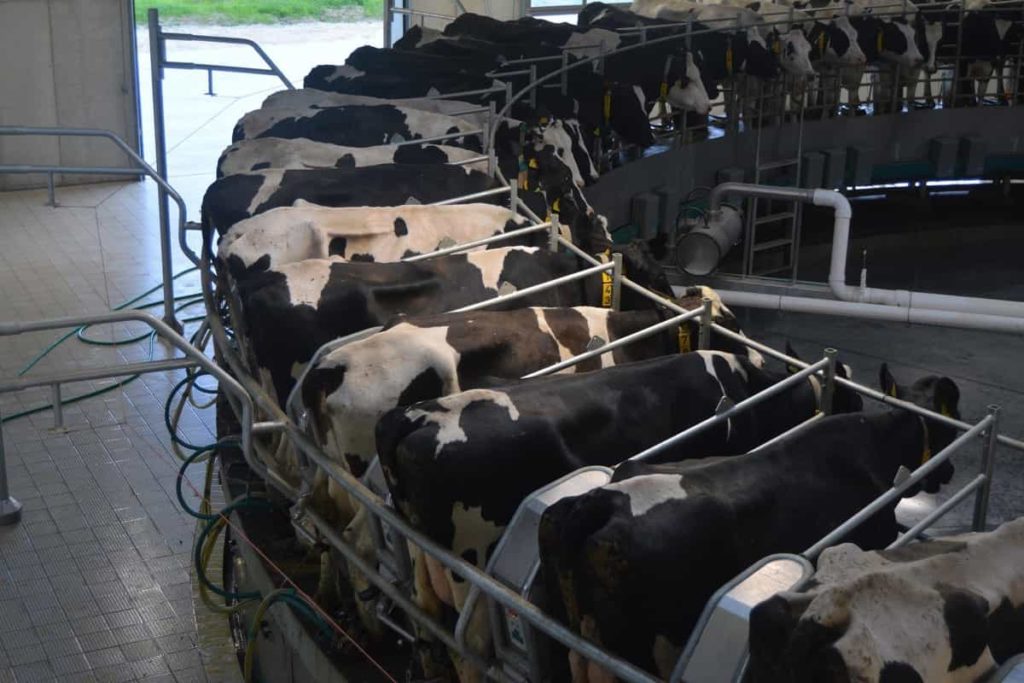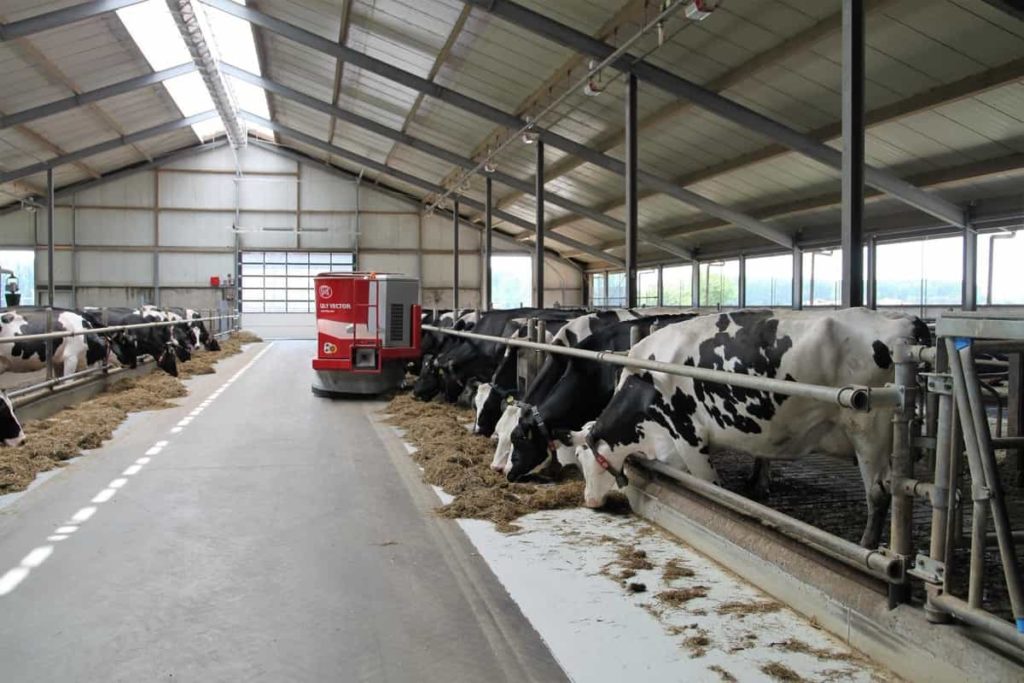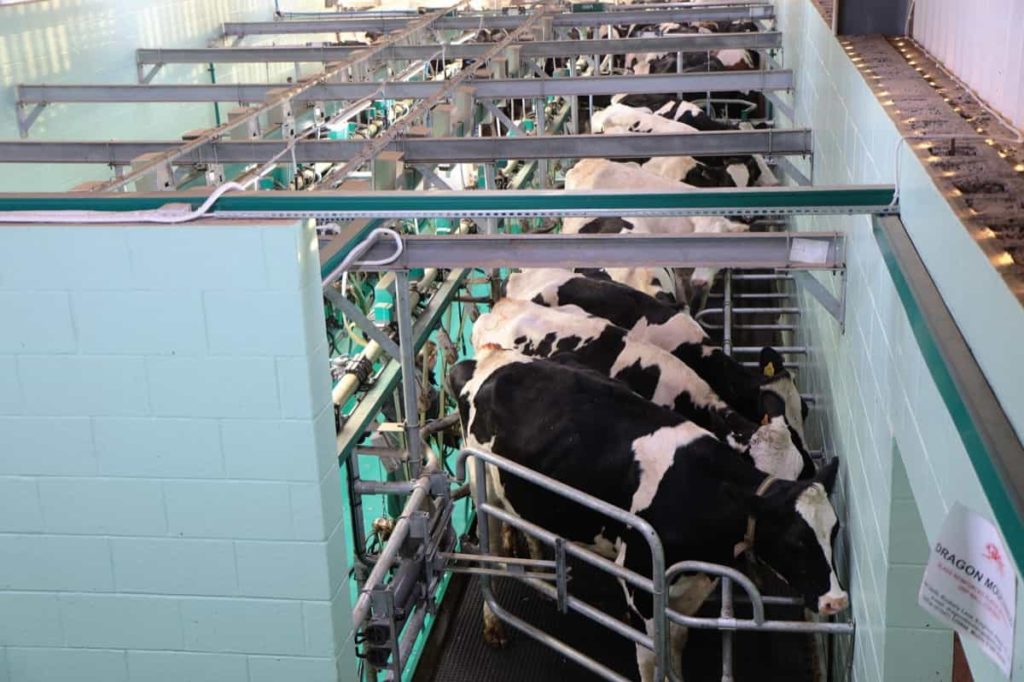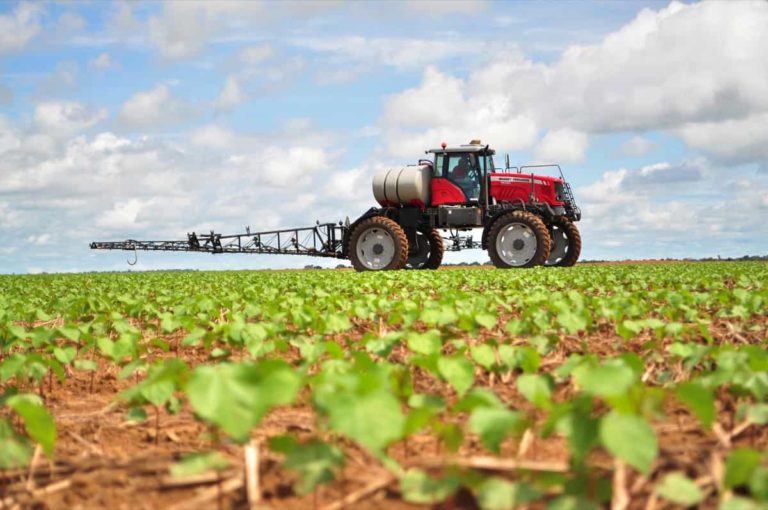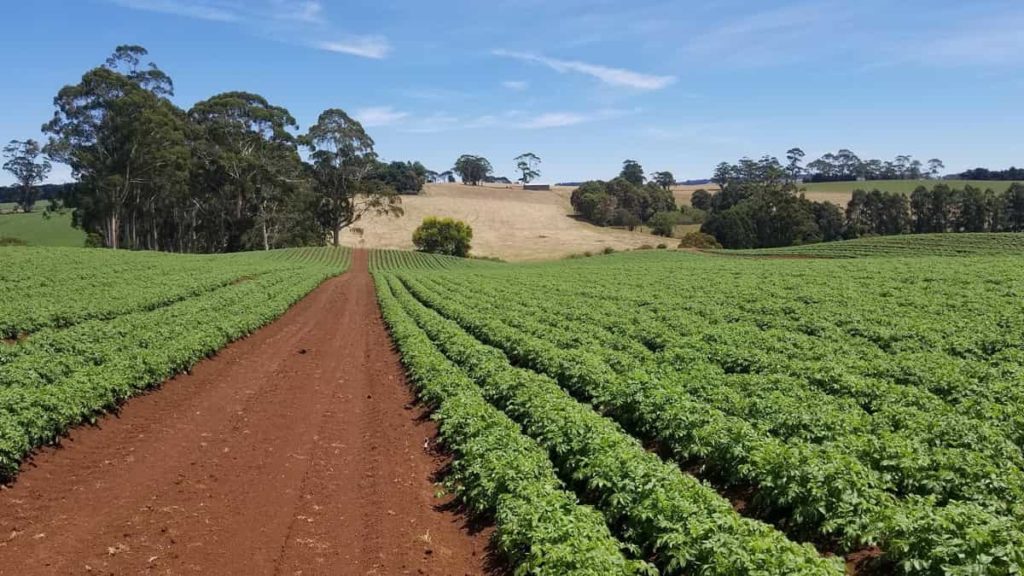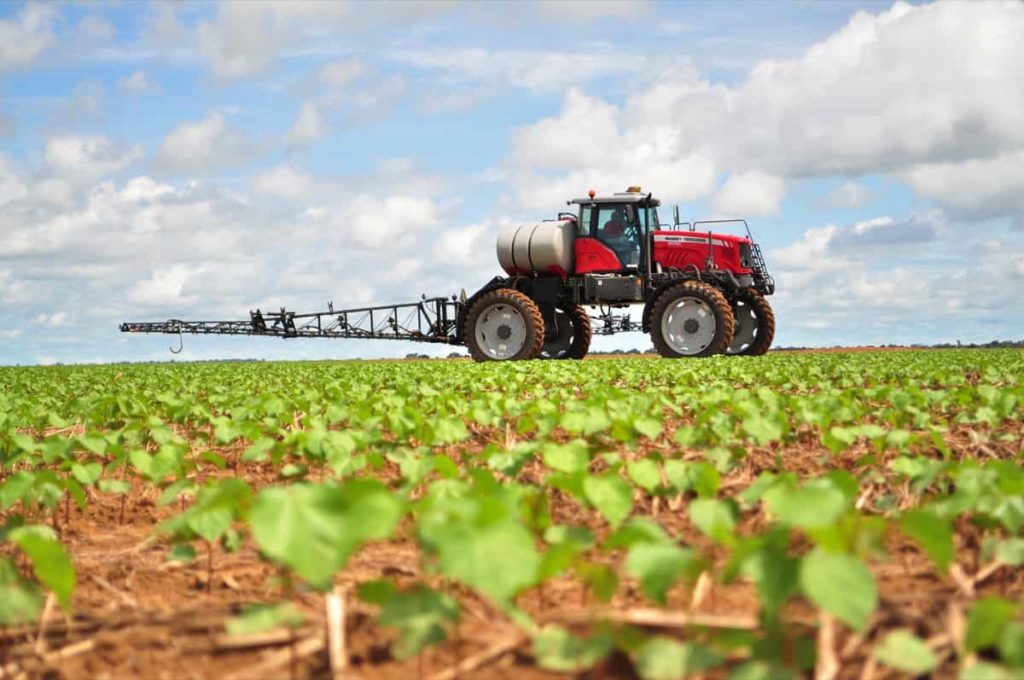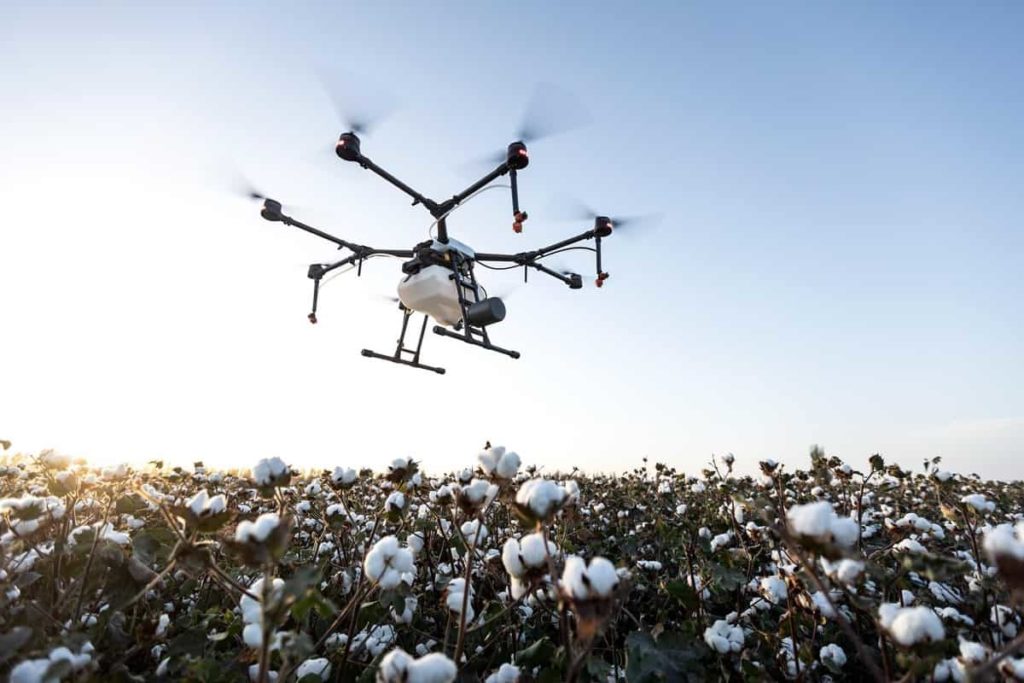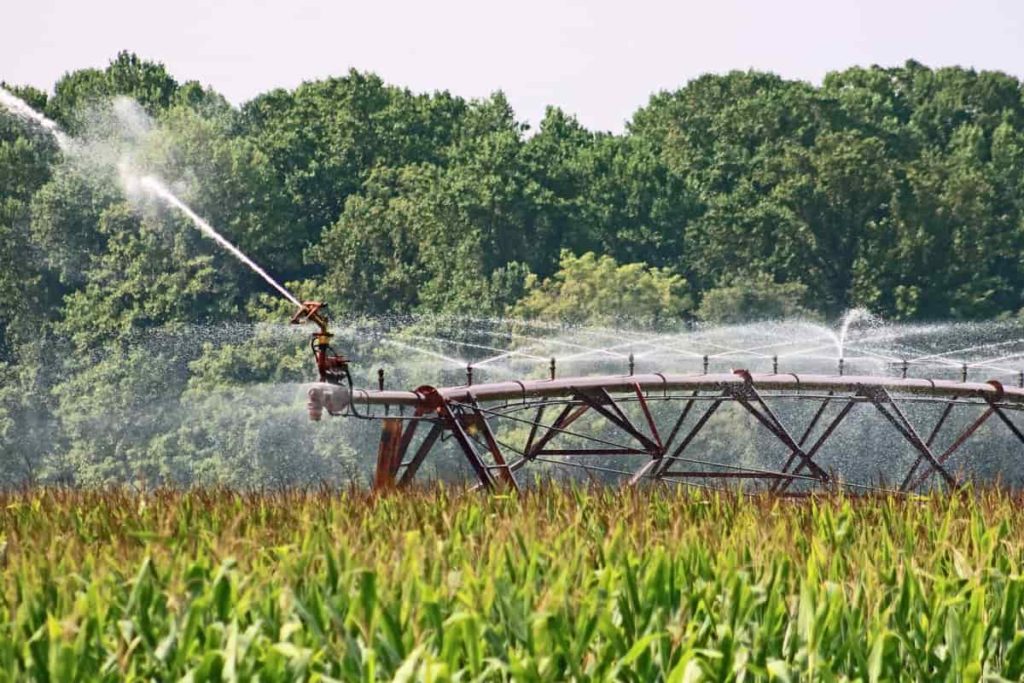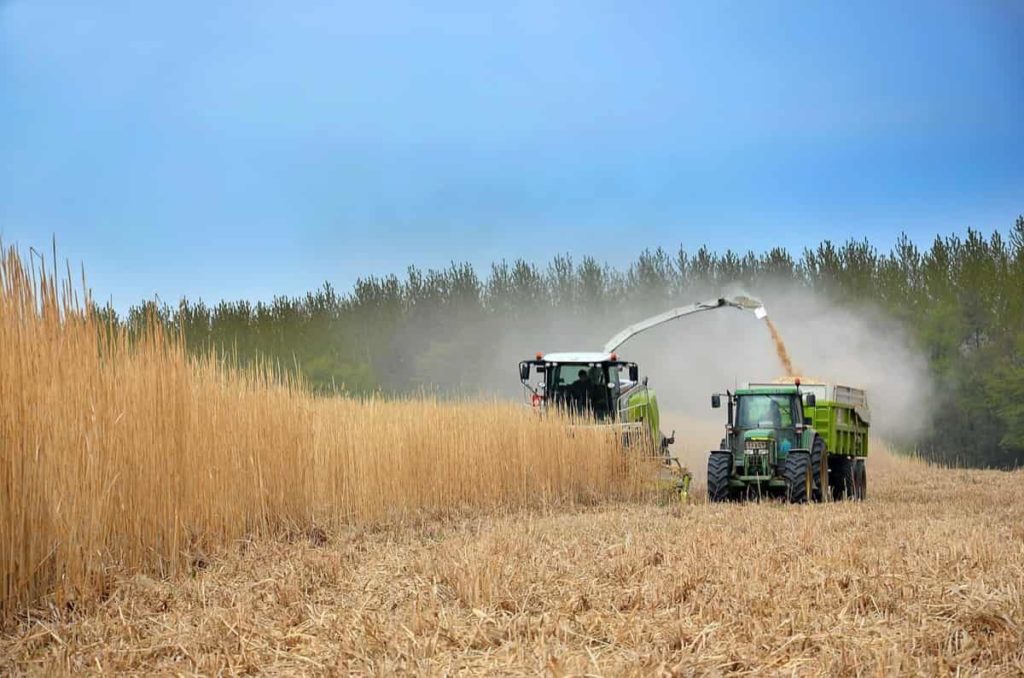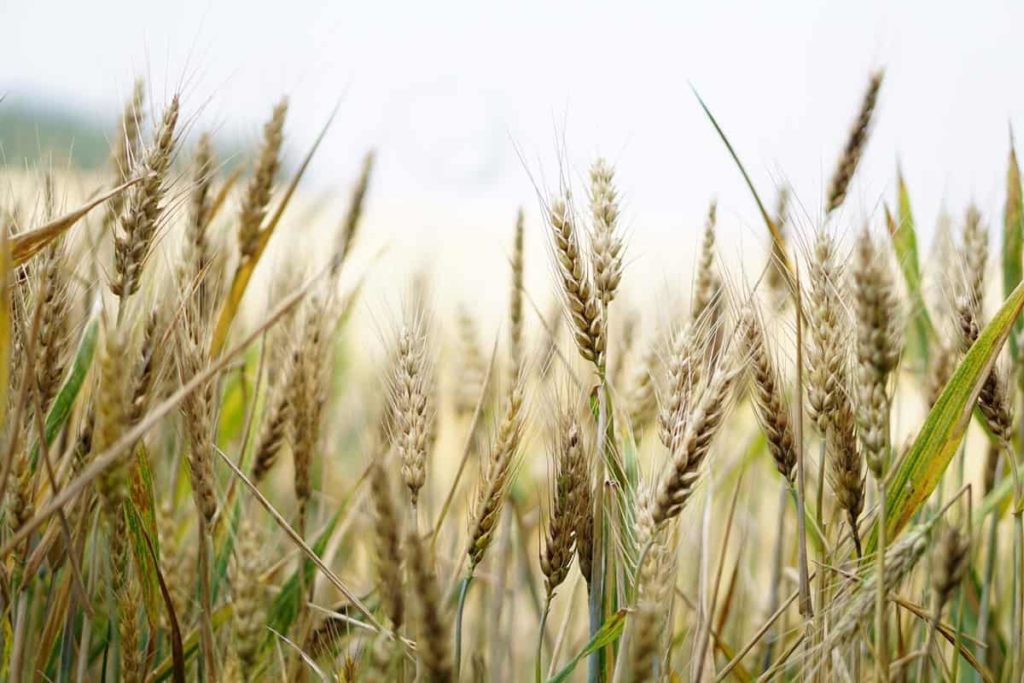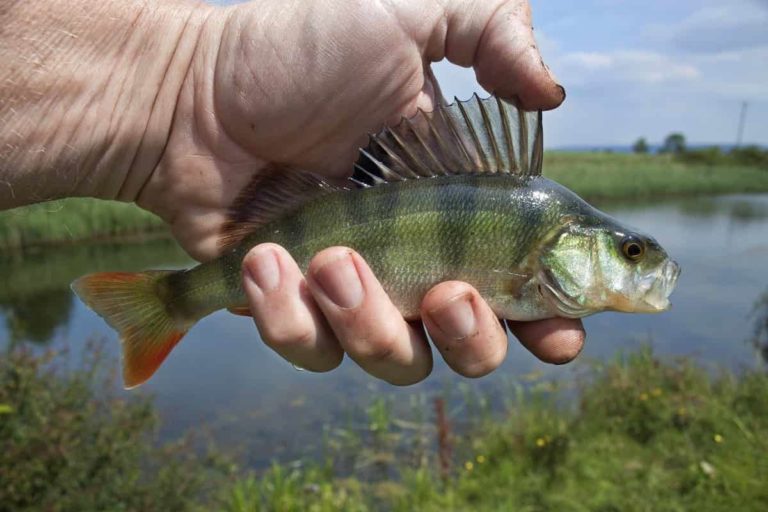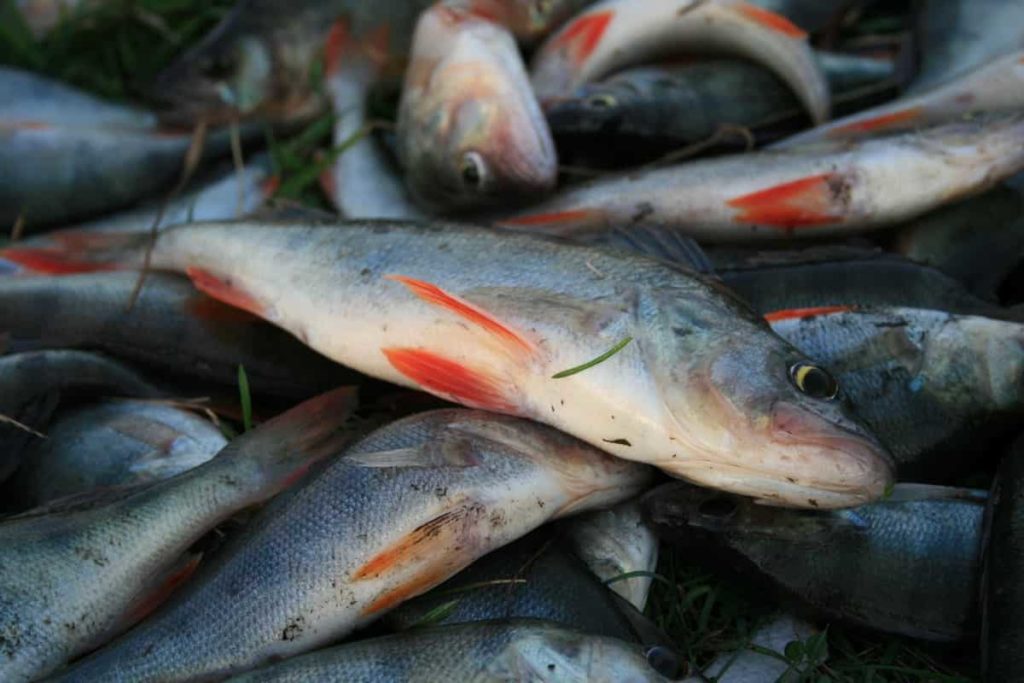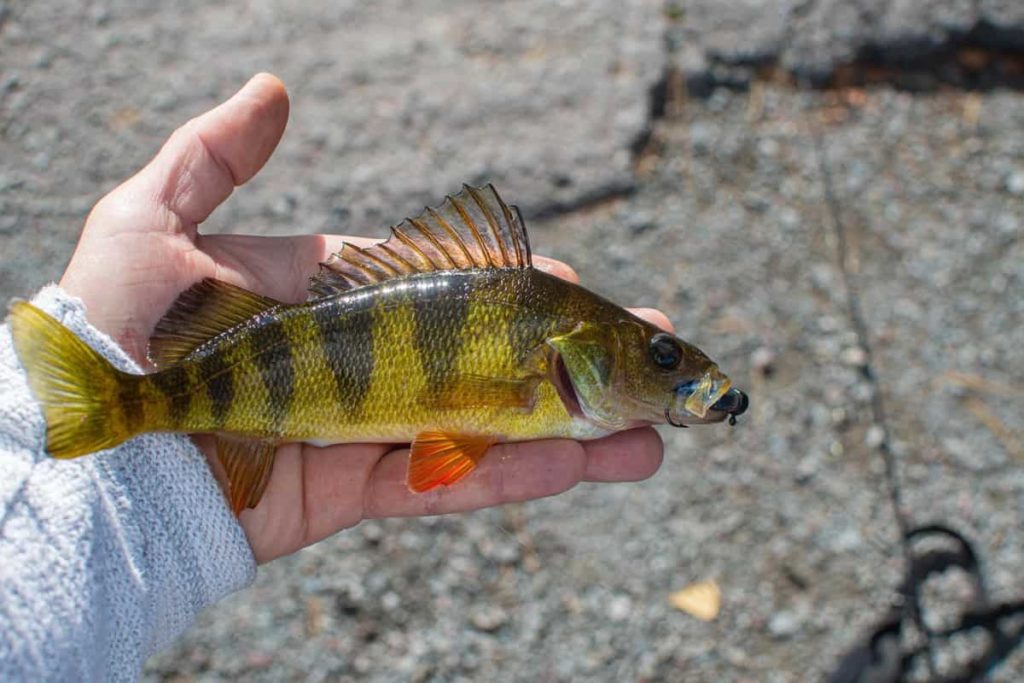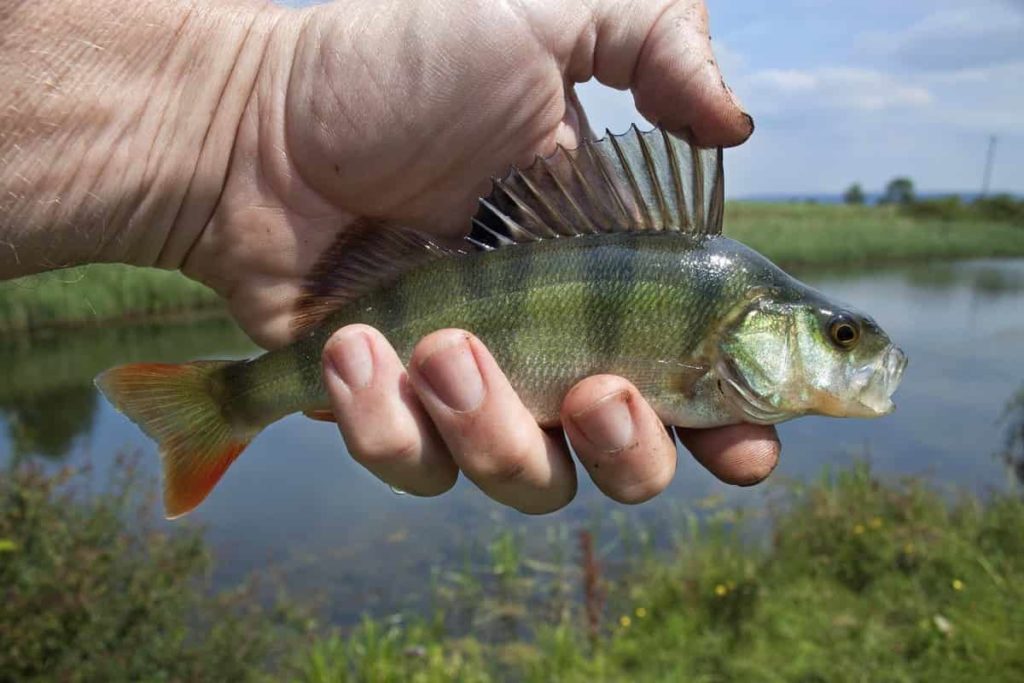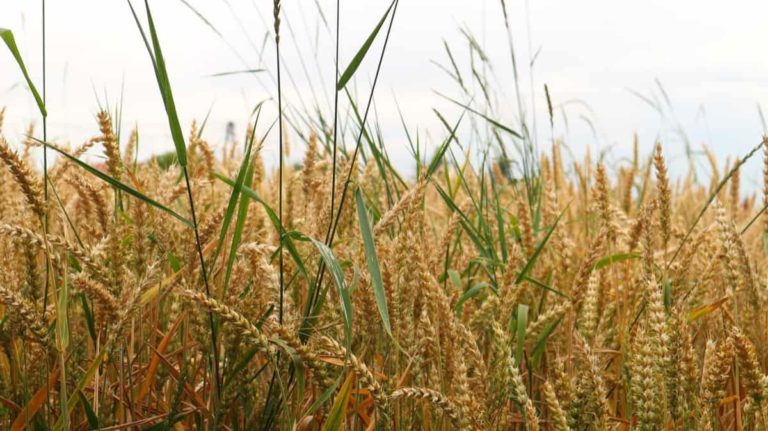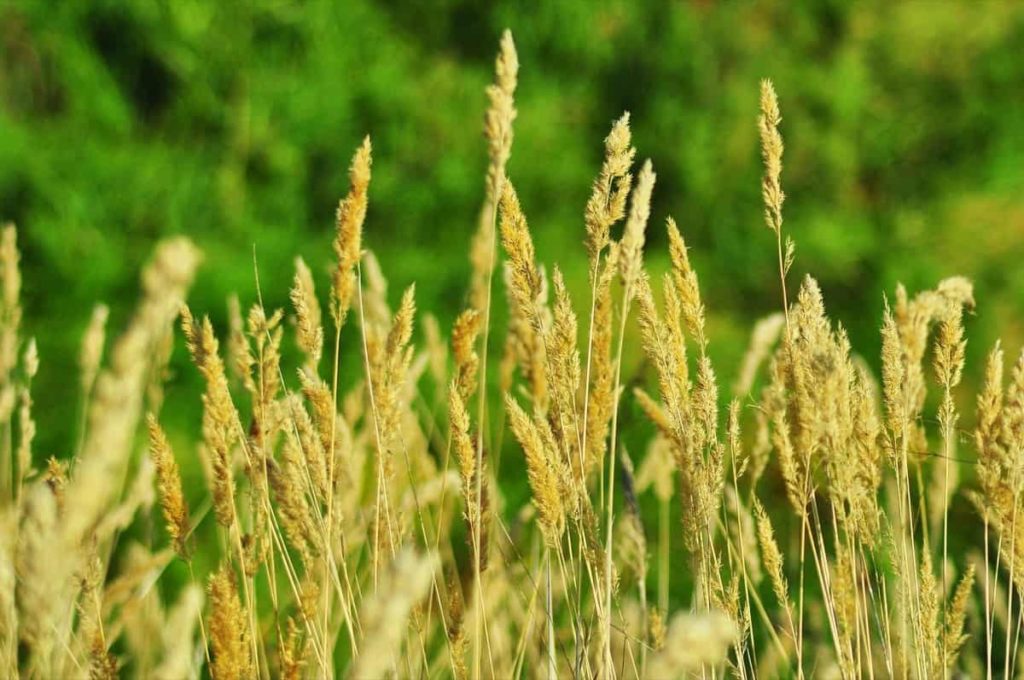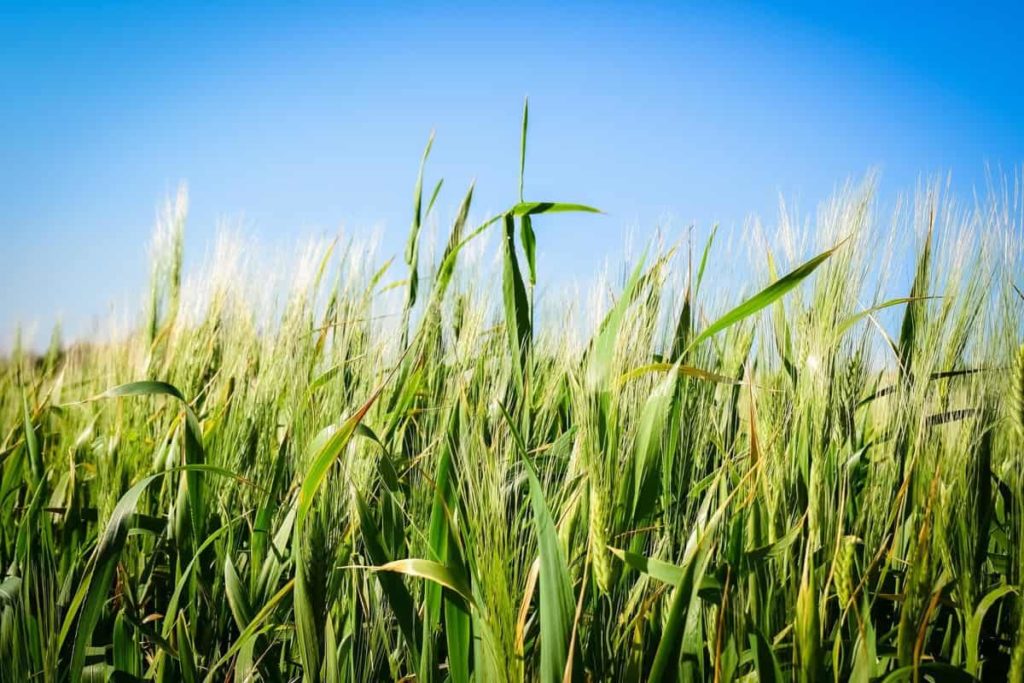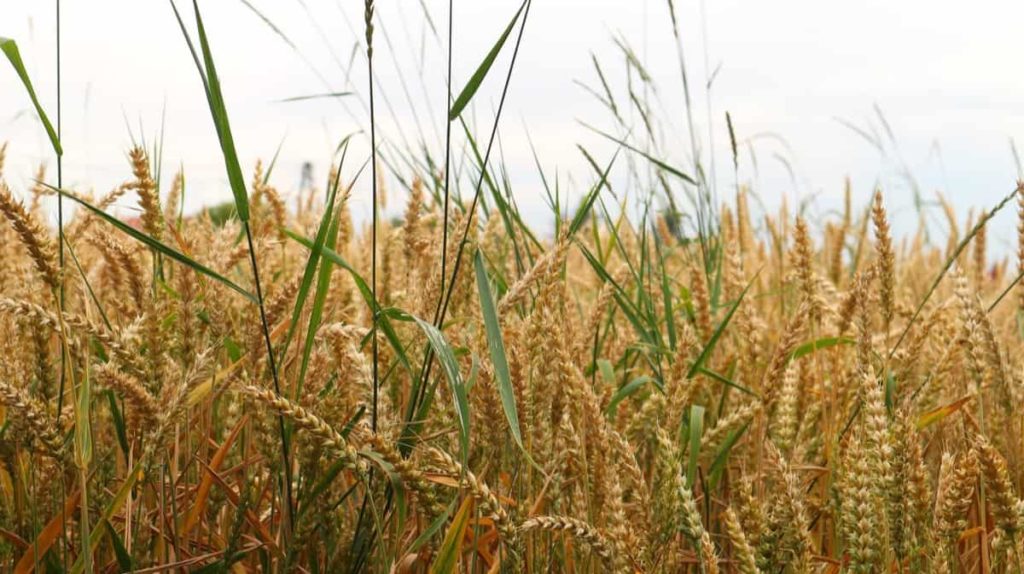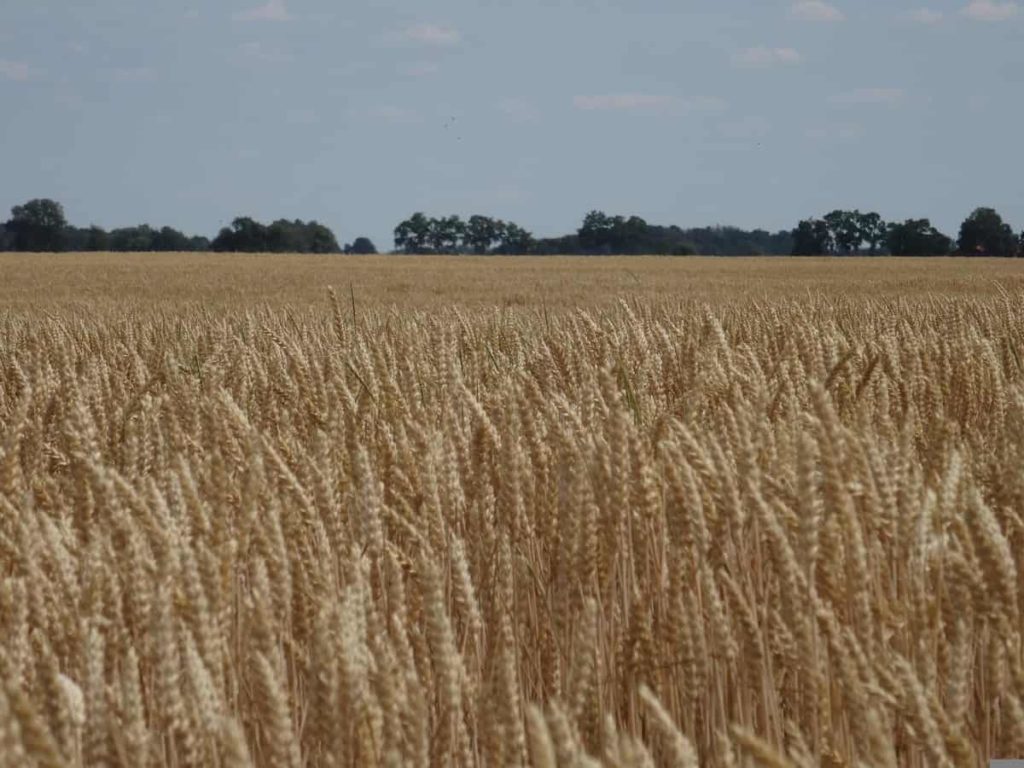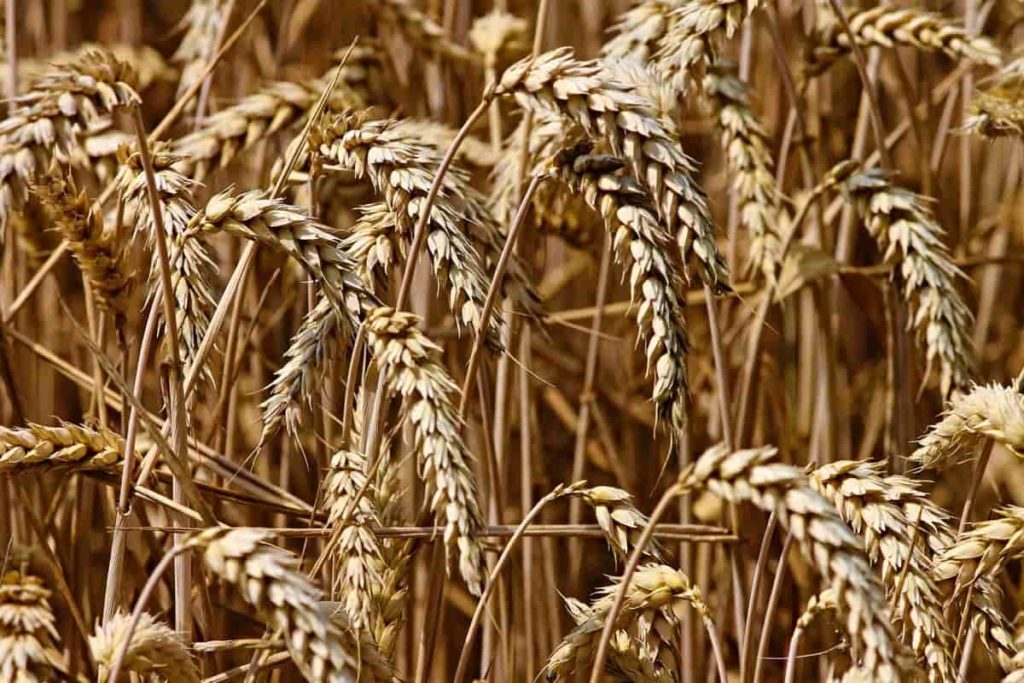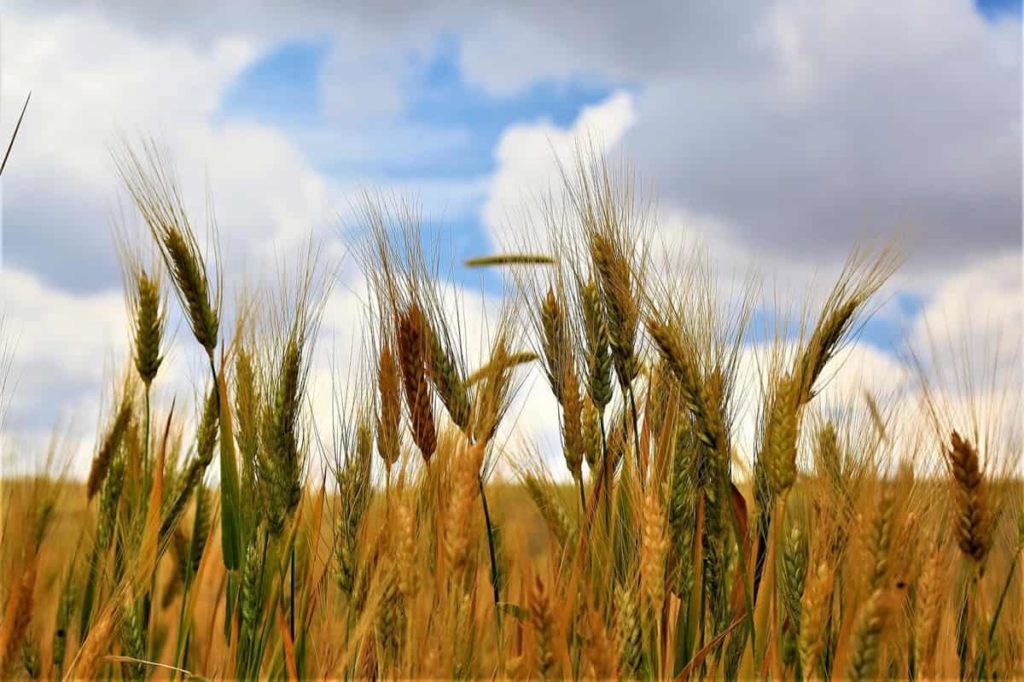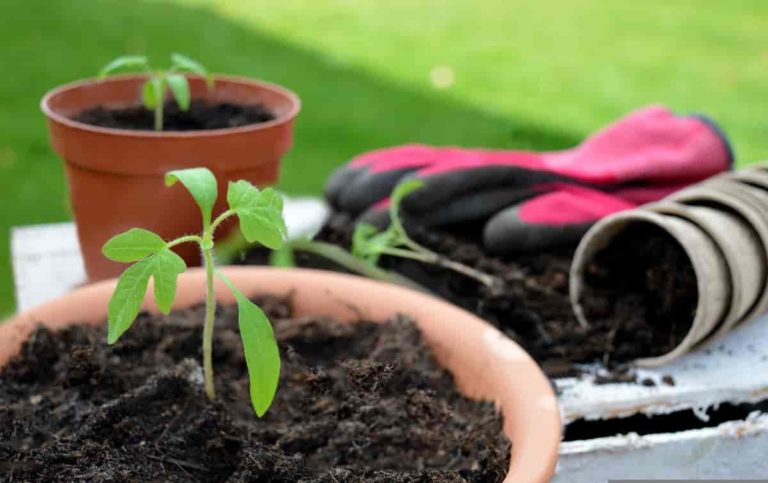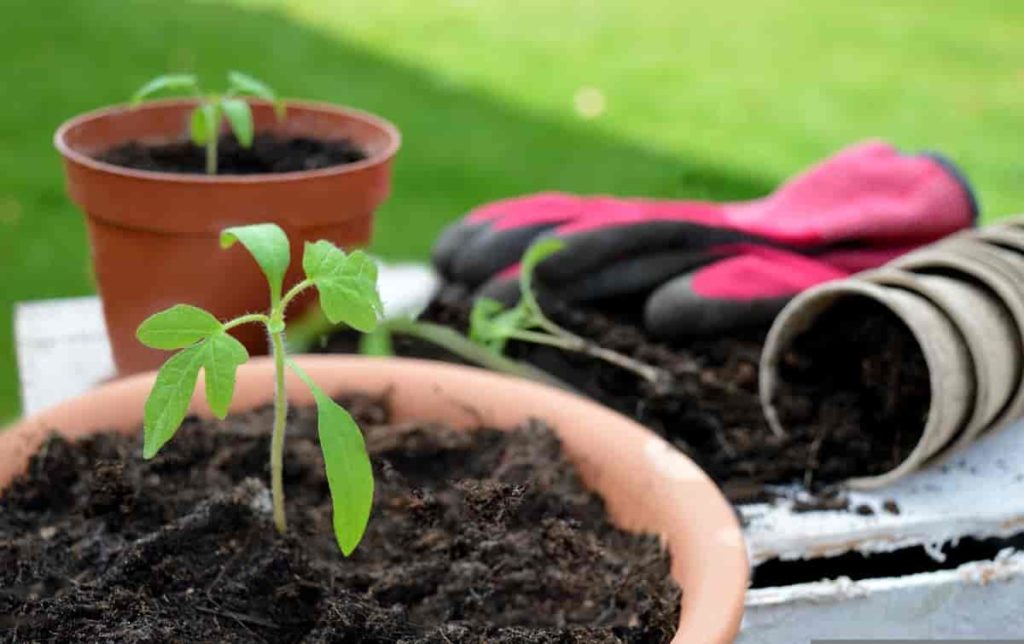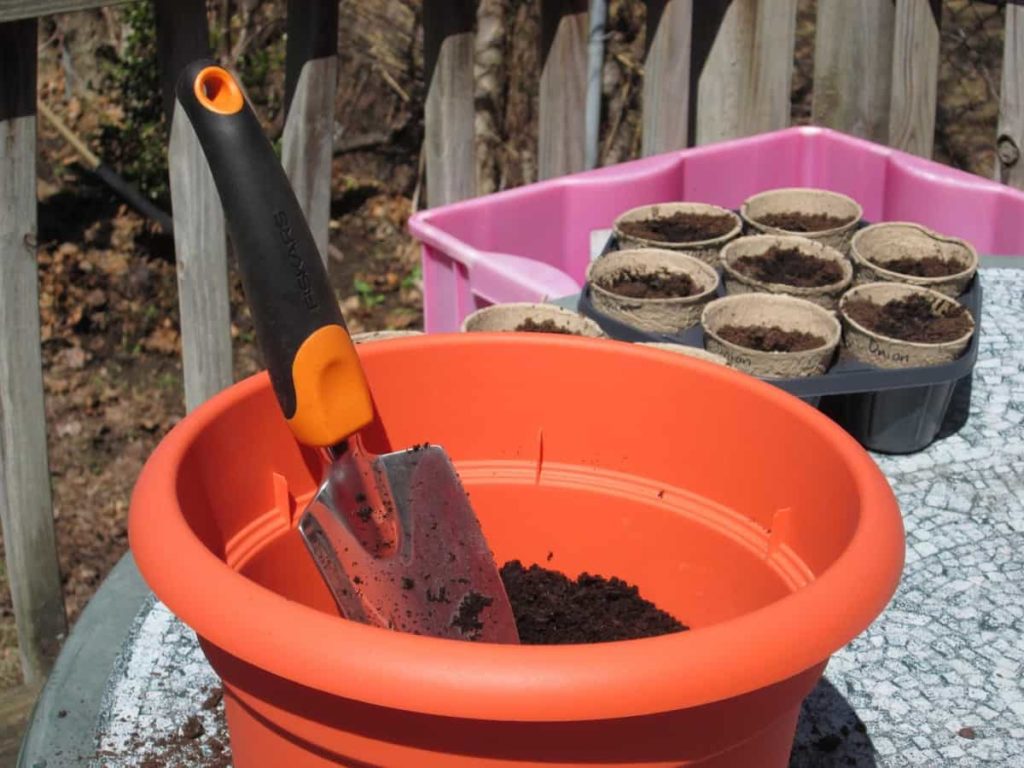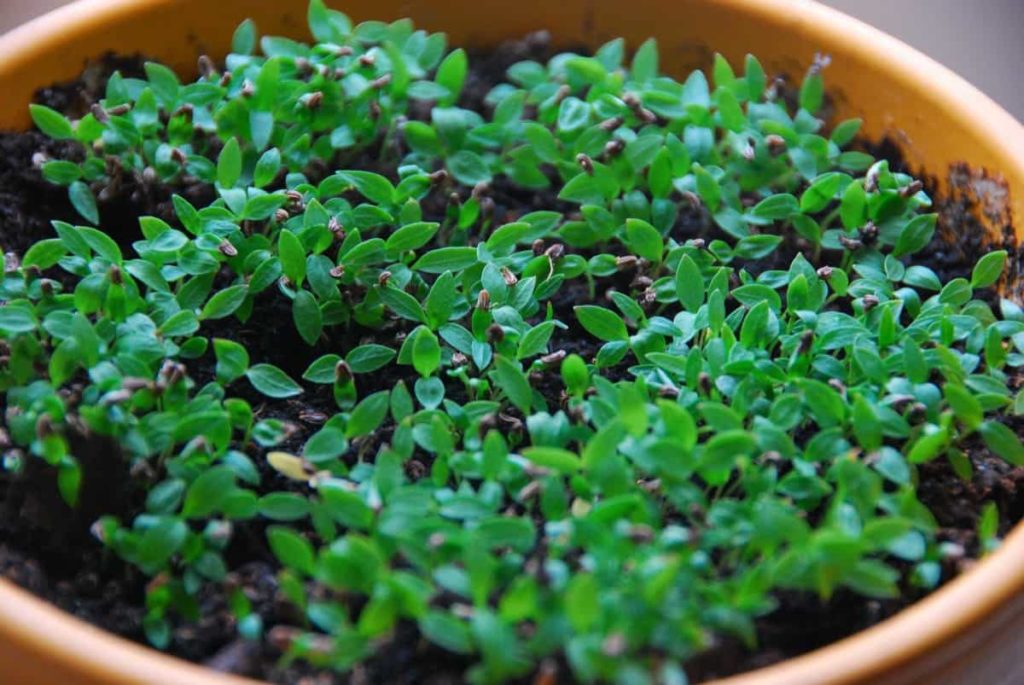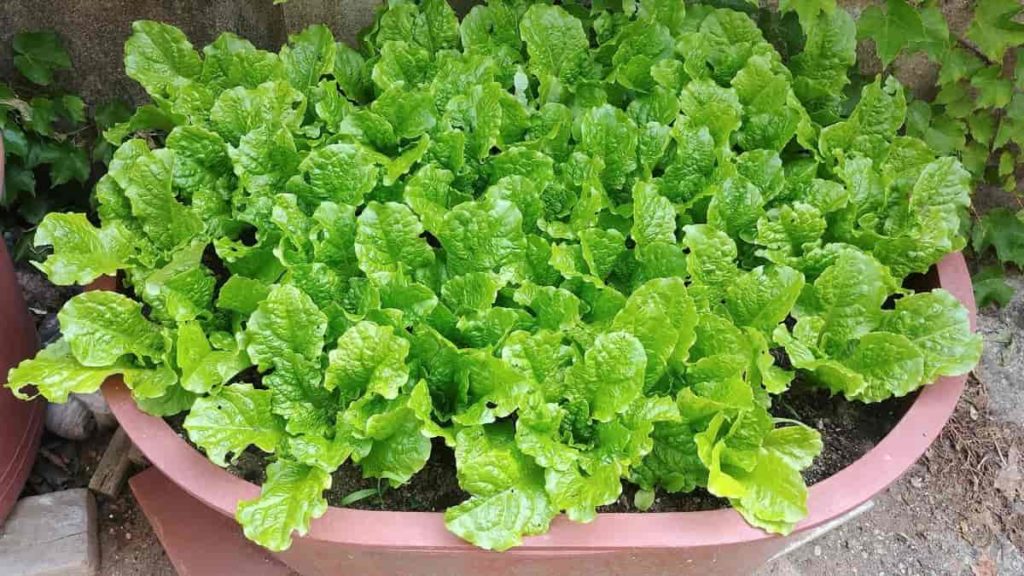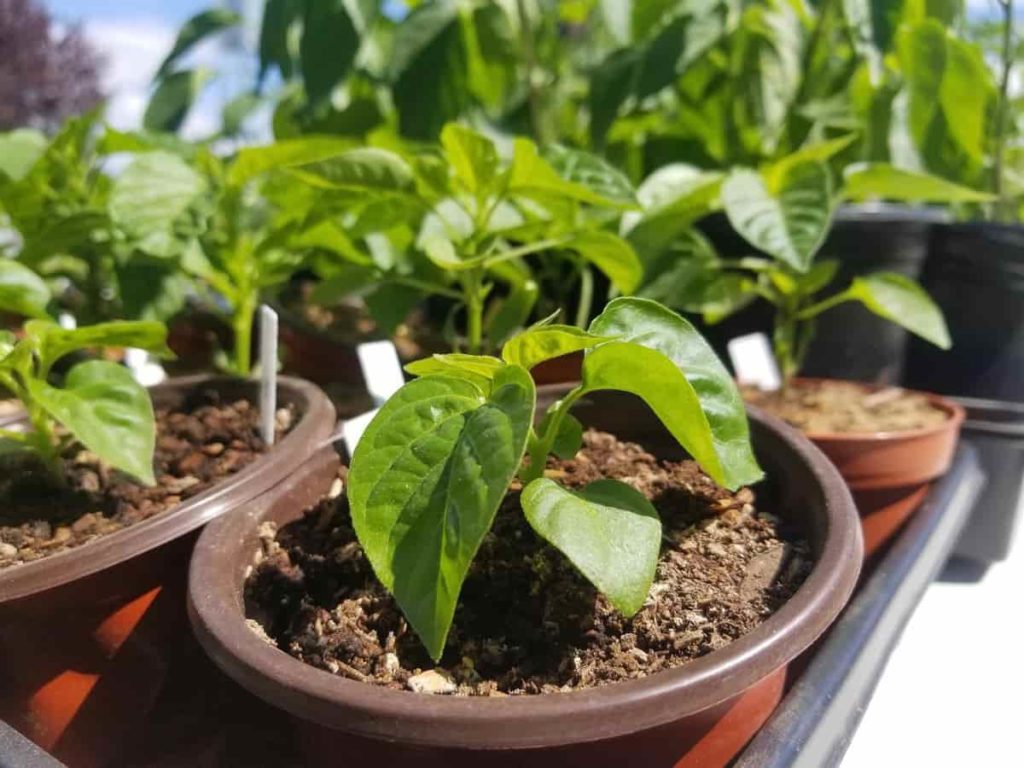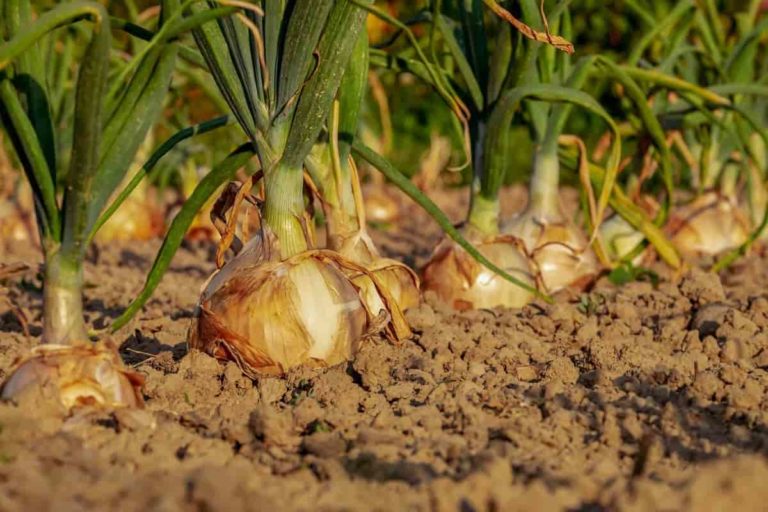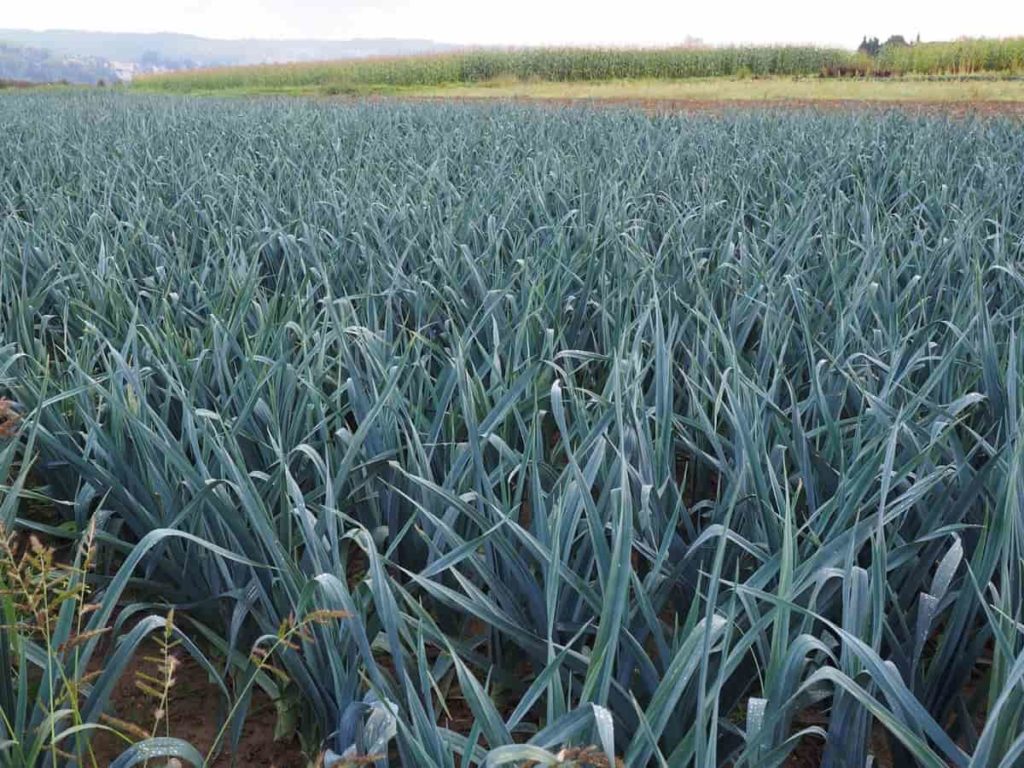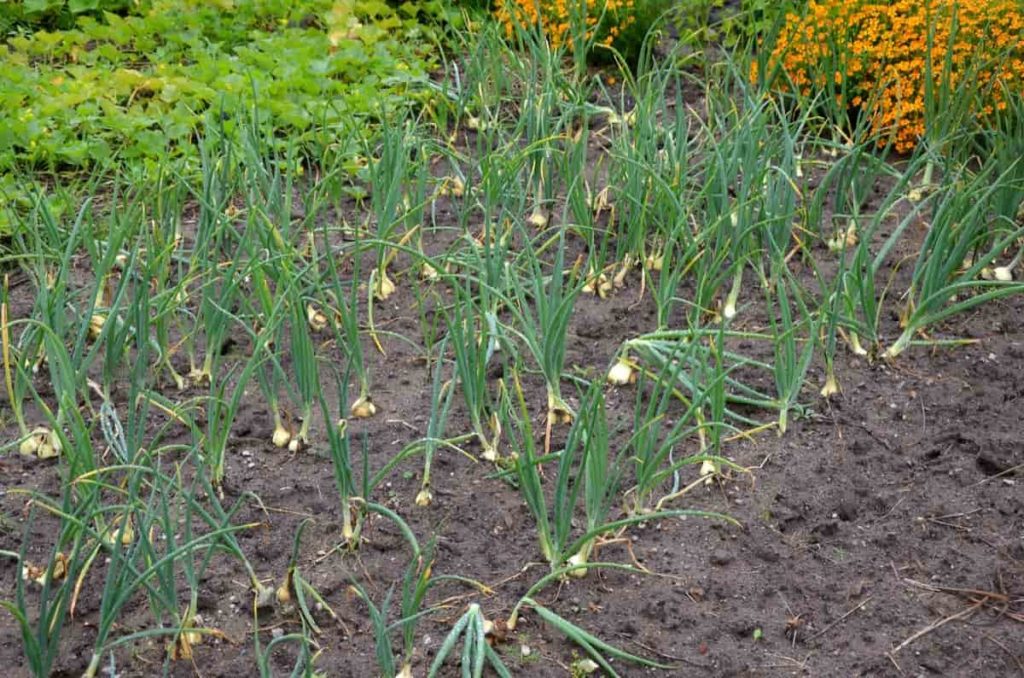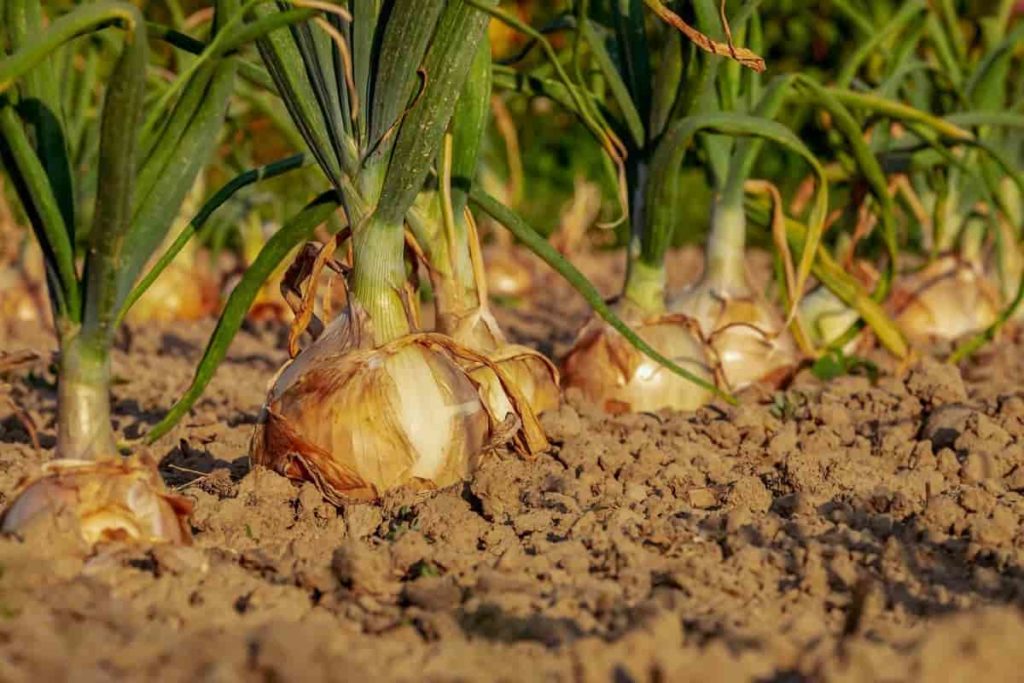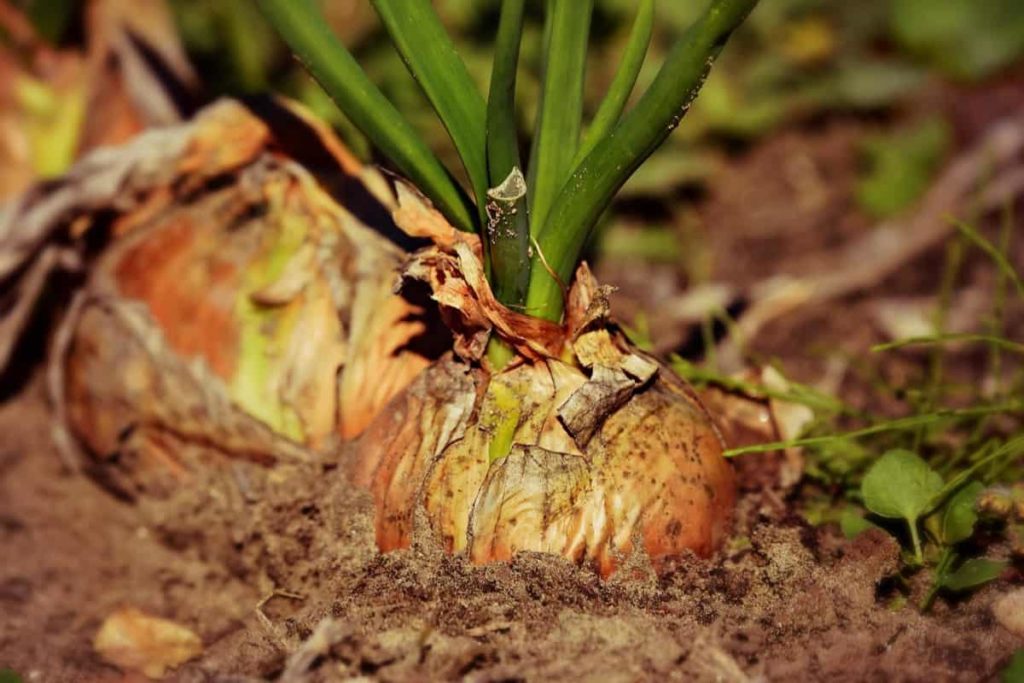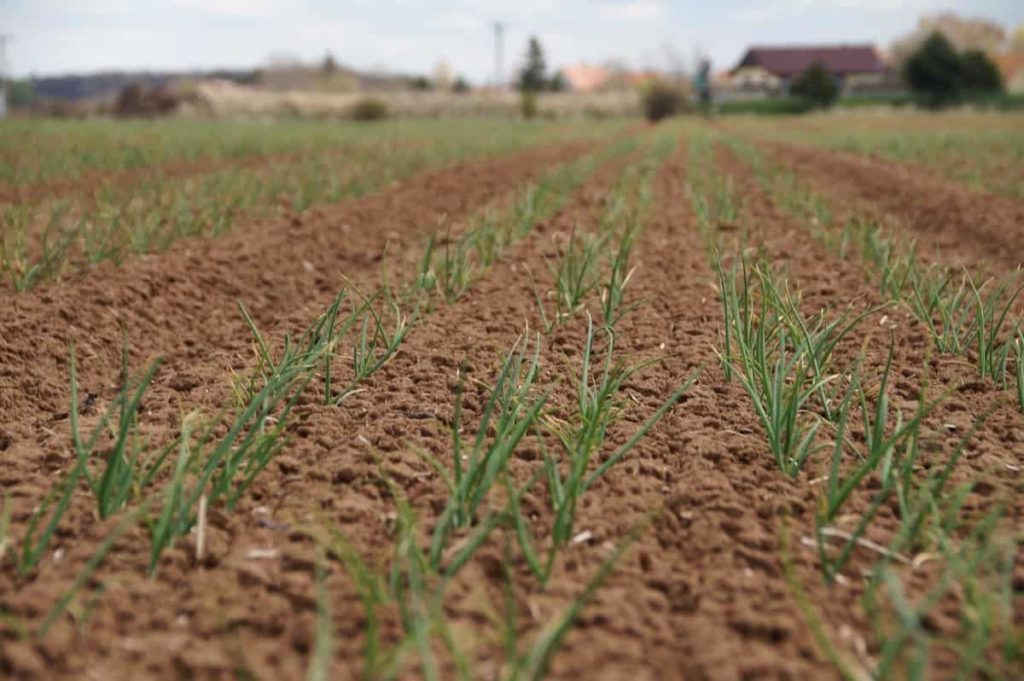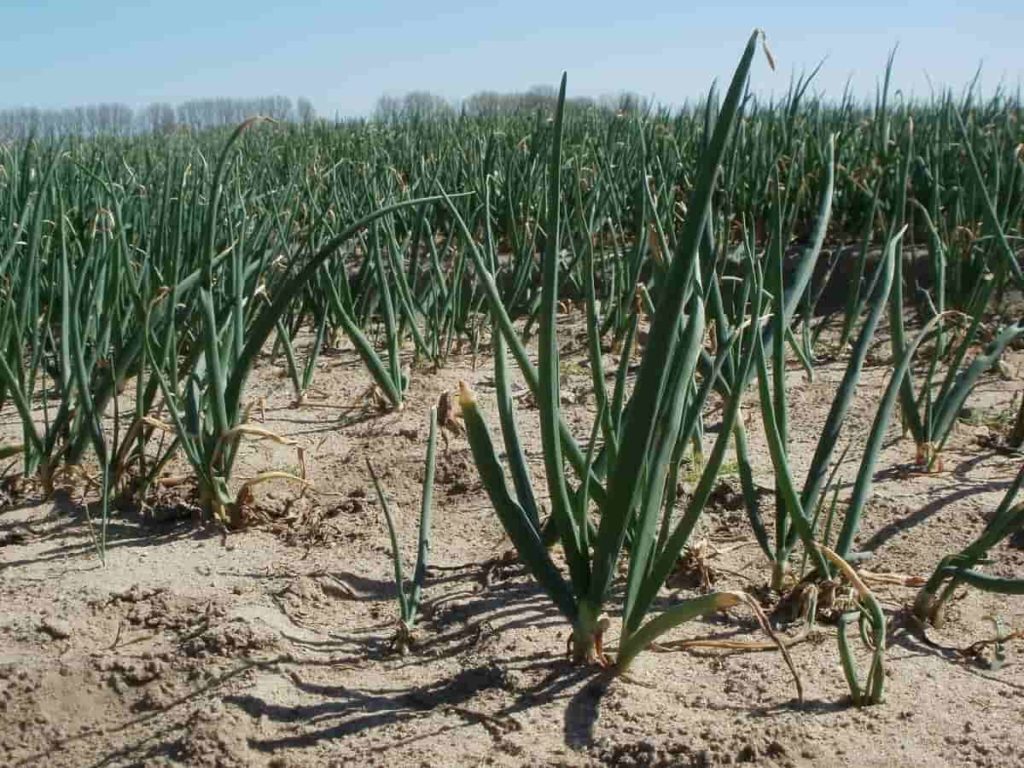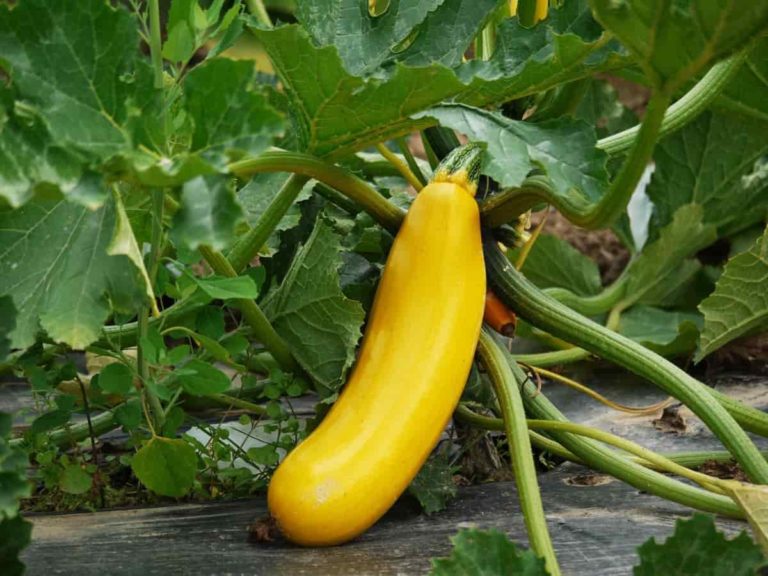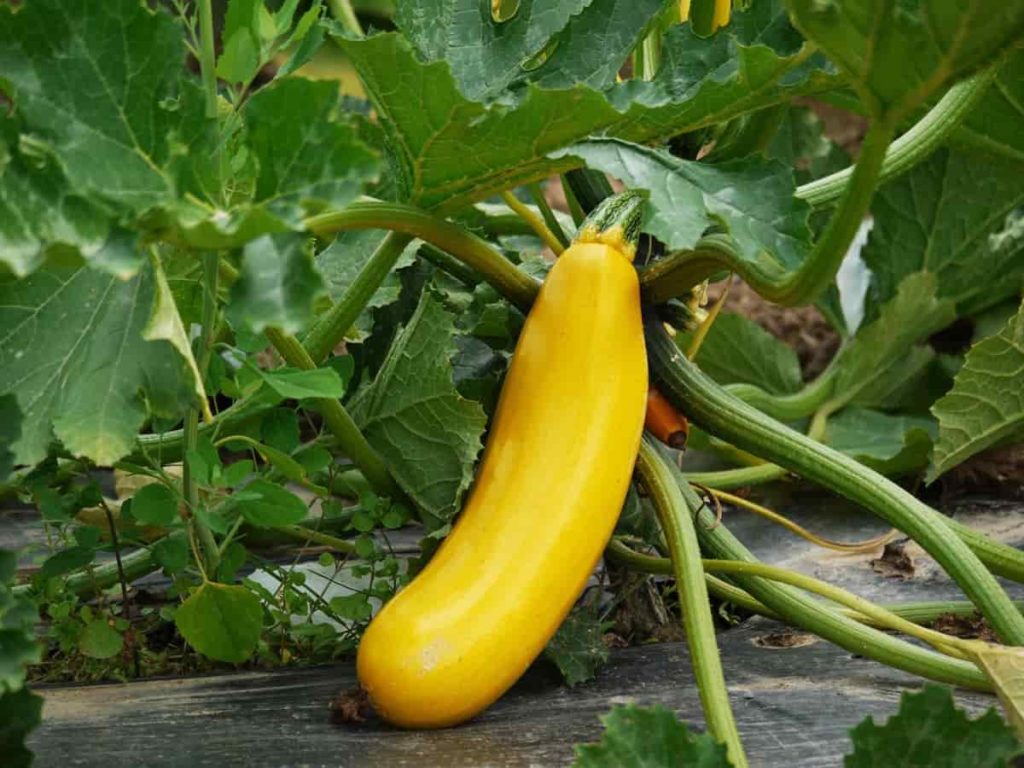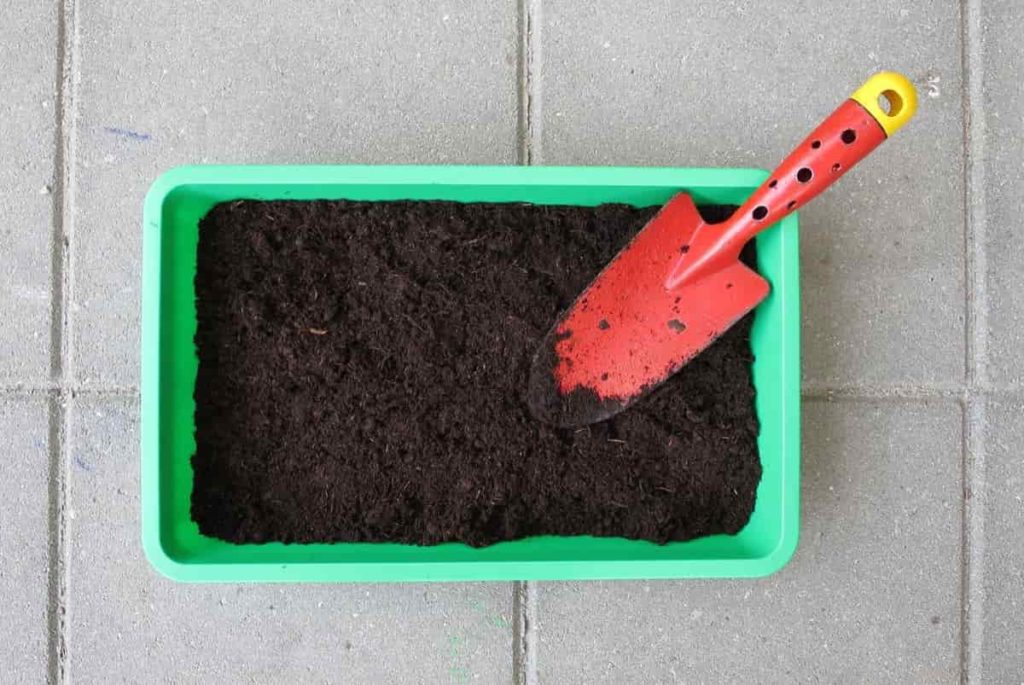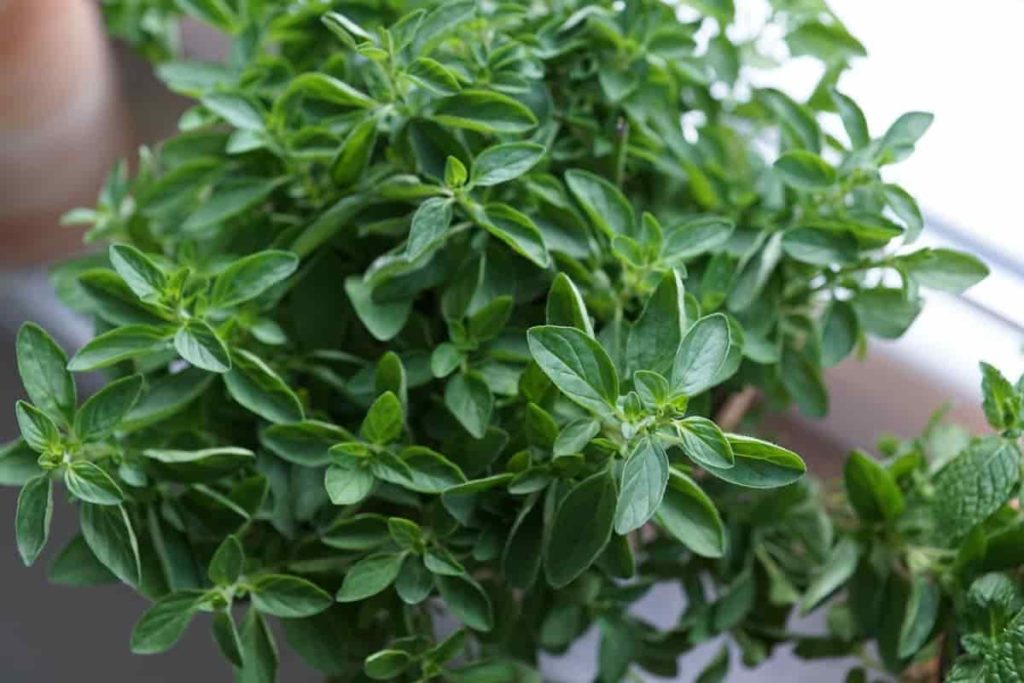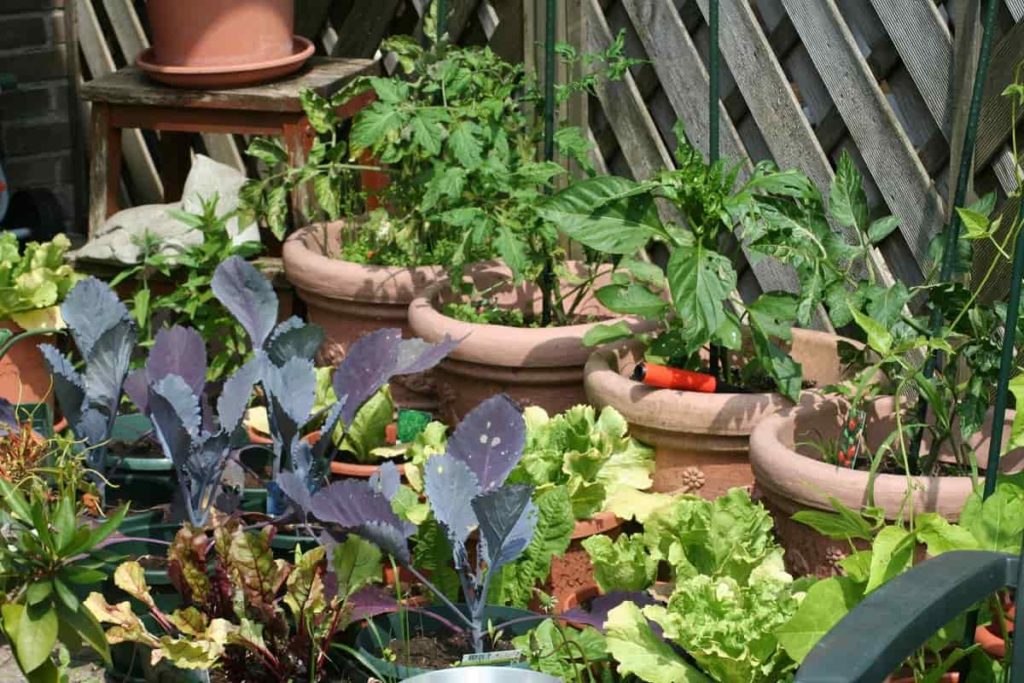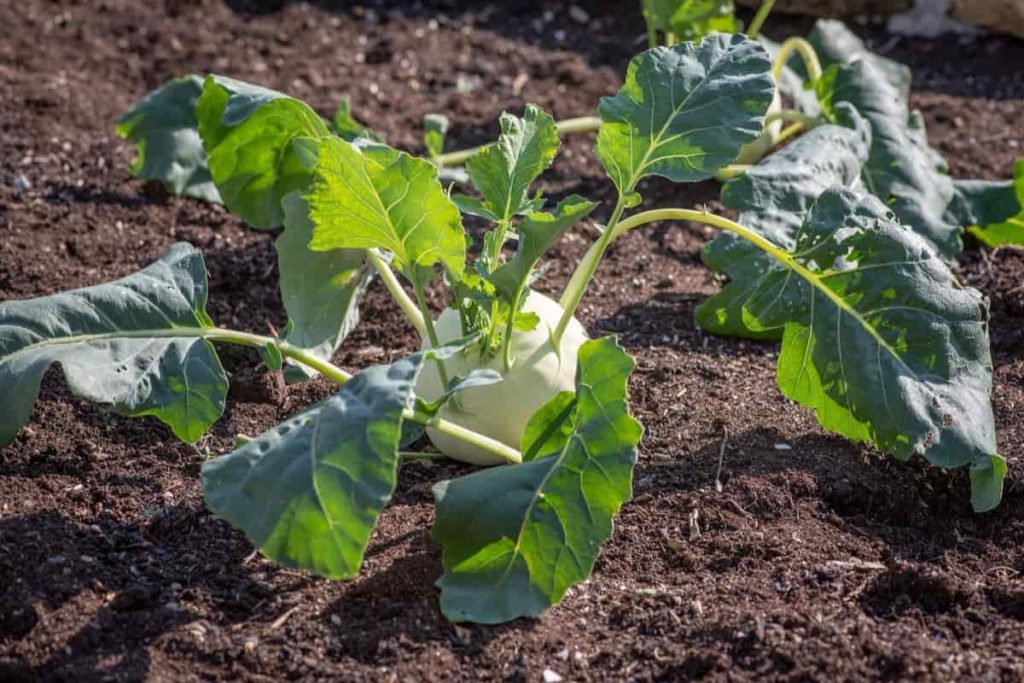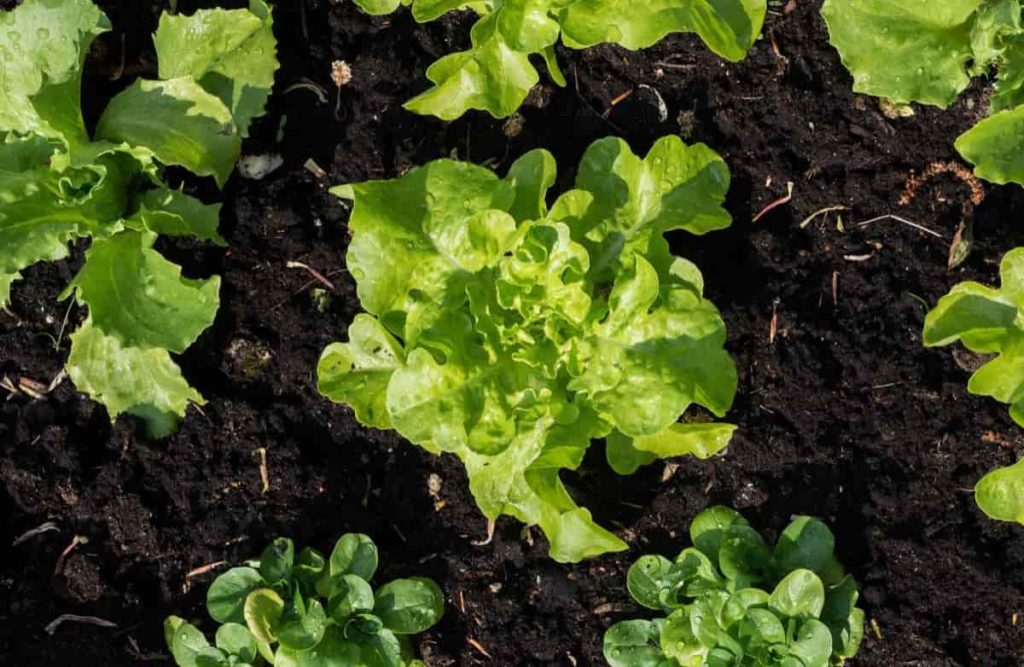Pumpkins belong to the Cucurbitaceae family. To get the maximum yield, your soil should prepare well for Pumpkin cultivation. Pumpkin is a popular vegetable crop grown in the rainy season. Below are the steps/ways to boost Pumpkin yield.
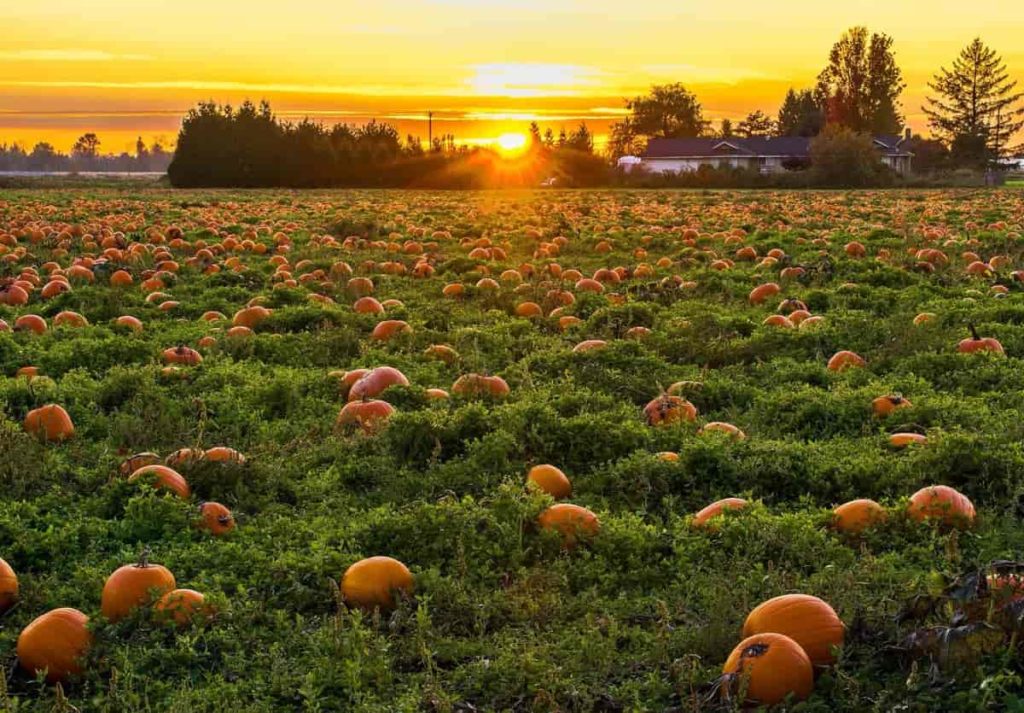
Steps/Ways to boost Pumpkin yield
Step 1: Factors that affect the growth of Pumpkins
Pumpkins can be grown as transplants on beds raised with black or silver plastic mulch and drip irrigation for optimal plant growth and production. The use of plasticulture in Pumpkin farming will;
- Increase the soil temperature.
- Maintain water availability in the soil.
- Reduce weeds.
- Improve soil tilth.
- Reduce fertilizers and pesticides under the beds.
- The use of drip irrigation also allows the use of fertilizers during the growing season.
Growing Pumpkins using plasticulture will double the production of Pumpkins grown on bare soil or no-till production. Once some Pumpkins are formed, pinch the fuzzy ends of each vine to stop the vine’s growth and to concentrate the plant’s energy on the fruit. Vines pruning can help space and fruit formation.
Step 2: Select high yield Pumpkin Varieties
There are wide varieties of Pumpkins available. However, hybrid varieties are preferred by farmers when it comes to commercial cultivation, as these varieties yield more than regular varieties. Here are some common types:
- Ambili – It is high yielding variety. The average fruit weight is about 4-6 kg. Medium-sized flat round-shaped fruits.
- Arka Suryamukhi – This type of fruit is round with thick ends. They are also orange in color, and as soon as they mature, white stripes appear on them. The average weight of the fruit will be about 1 kg.
- Arka Chandan – It is a medium-sized fruit in this variety that is light brown, and each fruit weighs about 2-3 kg. The crop ripens in about 120 days.
- PAU Magaz Kaddu-1 – There are also fruits of this type that are round in shape and medium-sized fruits which turn yellow as soon as they are ripe.
- Punjab Samrat – This type of fruit is small and green in color but turns brown as it grows.
- PPH-1 – This is the early type of maturation that comes with bony vine. The fruits are small and round, turning green to brown when ripe.
- PPH-2 – This type of crop grows fast. The fruits are green but turn brown as they grow. In addition, these fruits are round and light green. The only difference between PPH-1 and PPH-2 is the softening of the fruit’s skin, and the production of PPH-2 is better than before.
In case you missed it: Organic Pumpkin Farming, Cultivation Practices
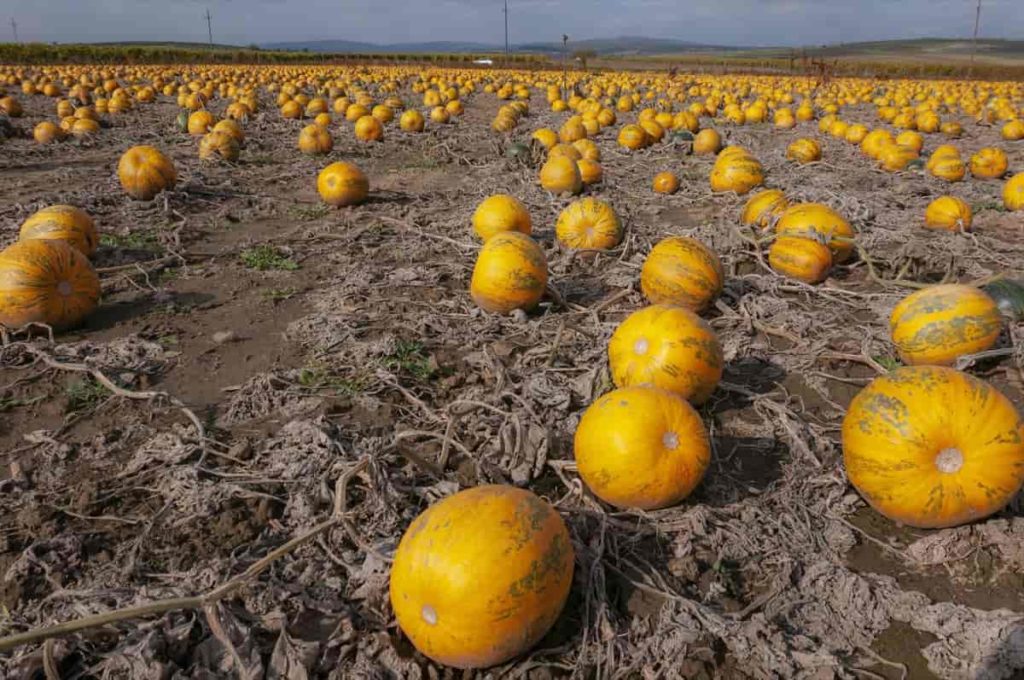
Step 3: Soil to increase Pumpkin quality
Pumpkins prefer well-drained soils with a pH of 6 to 6.5, which are rich in organic matter. This commercial crop can thrive on a variety of soils. Sandy loam soil with good drainage and all the essential organic matter is considered the best soil for Pumpkins. The most suitable soils for growing are sandy soils with about 10% organic matter. It is because the soil will heat up faster and drain faster.
If your soil is heavy, you can help your Pumpkins grow by adding sand and organic matter. Choose a sunny spot with well-drained soil. Add neem cake or neem solution to the soil one week before planting. Pumpkins grow best when sown at the base of the topsoil with a depressed ring at the bottom to keep it moist but well-dried. Like other types of squash, Pumpkins need full sun (at least six hours of light per day) to produce and ripen their fruit.
Pumpkins should be grown on soils with good water intake and holding capacity. If Pumpkins are grown on sandy soils, access to irrigation is essential for optimal plant growth, uniform fruit set, and growth. Pumpkins need a constant supply of available moisture during the growing season. Water deficiency or stress, especially during flowering and fruit set periods, can cause flowers and fruits to fall off, resulting in reduced yields and smaller fruits. Pumpkins need a constant supply of moisture during the growing season.
Step 4: Agricultural climate conditions for increasing Pumpkin production
Pumpkin is a very hot vegetable that can also withstand cold temperatures. Pumpkin fruit is cultivated worldwide due to its abundant use and benefits. There are wide varieties of Pumpkins that can grow in various climatic conditions. However, a temperature. Temperatures between 20 and 30°C are considered ideal.
To grow Pumpkins for their best plant growth. Remember that it is not beneficial to grow Pumpkins in hot and cold areas as Pumpkin plants are very sensitive to cold, and Pumpkin seeds do not grow well in cold soil at higher ambient temperatures. Sometimes male flowers predominate over female flowers, resulting in lower fruit production this season.
Step 5: Spacing for maximizing fruit production
In planting Pumpkins, the spacing varies according to the size of the field and the vine size. For higher yields, grow short vined or bush Pumpkin variety. Planting them at a spacing of about one meter between the plants and about 1.5 to 2 meters in rows is considered best for growing Pumpkins commercially.
Step 6: Pollination accelerates the growth of Pumpkins
Honey bees are essential for proper pollination and fruit set. One hive per acre is the recommended honey bee population for maximum Pumpkin production. A population of pollinating insects can be severely affected by pesticides applied to flowers or weeds in bloom.
Step 7: Plant density and sowing for maximum fruit production
Pumpkin crops are usually planted by direct seeding but can be sown as transplants. Transplants are usually considered only when establishing a very early season crop or using a permanent bed. Good soil preparation is essential for high yields. Plant density will affect fruit size, yield, and the number of fruits per plant.
The higher the density of plants, the smaller the average fruit size, the higher the total yield, and the lower the fruit per plant. Pumpkins are sown between raised beds, and the distance between the plants along these beds depends on the vigor of the type of Pumpkin grown.
Step 8: Seed rate and seed treatment to get a high yield
Usually, about 2 kg of Pumpkin seeds is sufficient for cultivation on one hectare of land to get a high yield. Benlate or Bavistin by 2.5 gm/kg of seed treatment is used to treat soil-borne diseases.
Step 9: Manures and fertilizers application in Pumpkin growth
Proper manure and timely application of fertilizers directly increase the yield. In Pumpkin cultivation, add a balanced amount of manure and fertilizer to get higher yields. It requires about 50 tons of ordinary manure to be applied during the soil preparation, usually up to the topsoil in the last plow. The use of nitrogen and potassium is beneficial in increasing yield. Therefore, when preparing the soil, add 30 kg potash with about 50 to 60 kg nitrogen.
In case you missed it: Pumpkin Farming in Polyhouse (Gummadikaya) for Profit
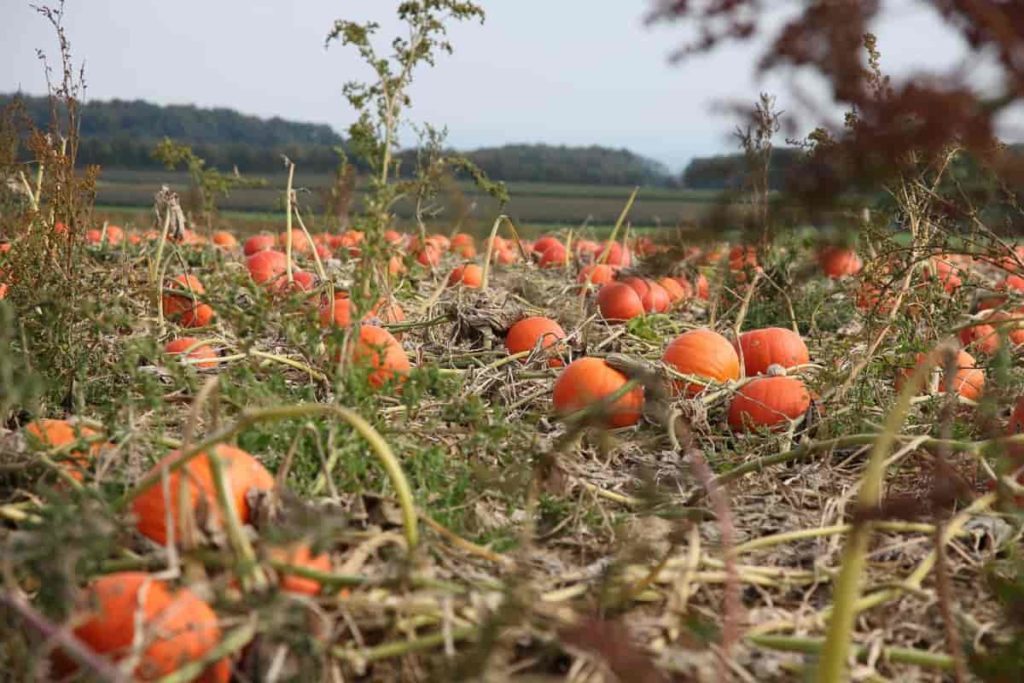
Use caution when using nitrogen. It must be applied in two equal doses; 1/2 at the time of land preparation and the other in about a month of planting. Pumpkin plants have two types of flowers, male and female, which appear in early July. Male flowers appear first, followed by females. Find the first female flowers. Before the female flowers bear fruit, look for the vines to be strong and well established. It would help if you had a big vine to grow a big Pumpkin, so in a sense, you are choosing a vine before the Pumpkin.
Step 10: Weed control for more plant growth
To control weeds, frequent weeding or earthing-up operations are required. The weeding is made with the help of a hoe or by hand. The first weeding is done 2-3 weeks after sowing. A total of 3-4 weeding is required to clear the field of weeds.
As they begin to spread, Pumpkins naturally prevent the formation of many weeds. However, to prevent and stop the growth of weeds, apply mulch to your Pumpkin. Hand weeding and hoeing are also suggested forms of control, and herbicides may also be helpful, depending on growing preferences.
Step 11: Irrigation to achieve maximum yield
Proper irrigation is required at regular intervals. Immediate irrigation is required after the sowing of seeds. Depending on the weather, irrigation is required at 6-7 days intervals. A total of 8-10 irrigations are required. To consistently maximize yields of high-quality Pumpkins, farmers need to irrigate their crops. Pumpkin ferro irrigation is a preferred option for most domestic farmers.
Furrow irrigation requires a uniform, light slope and soil type that allows water to spread later without penetrating too deep into the soil. Overhead irrigation is another option in the country and can be implemented through travel irrigation, center pivots, lateral mowers, or fixed sprinkler systems.
Step 12: Pruning to maximize crop yield
Initially, the best way to control overpopulation is to thin the plants as they grow. When the newly formed plants are well prepared, thin each mound until two or three plants are left on each one. Keep the best-looking or fastest-growing Pumpkins based on individual preference. Finally, use pruning to remove diseased fruit and other parts of the plant that have the potential to spread and infect other Pumpkins.
Step 13: Tips for getting more Pumpkin production
- Use row cover at the beginning of the season to protect plants and avoid pest problems. However, remember to remove the cover before flowering to prevent pollination.
- Bees are essential for pollination, so be careful when using pesticides or fungicides to control the fungus. If you must use it, apply only in the late afternoon or early evening, when the flowers are closed for the day. To attract more bees, try planting a bee house in your garden.
- Pumpkins need 1 inch of water every week. Give deep water in the morning and on very hot afternoons, especially during fruit sets. Avoid watering plants and fruits unless it is a sunny day. Wetness invites rot and disease.
In case you missed it: Pumpkin Farming, Planting, Care, and Harvesting
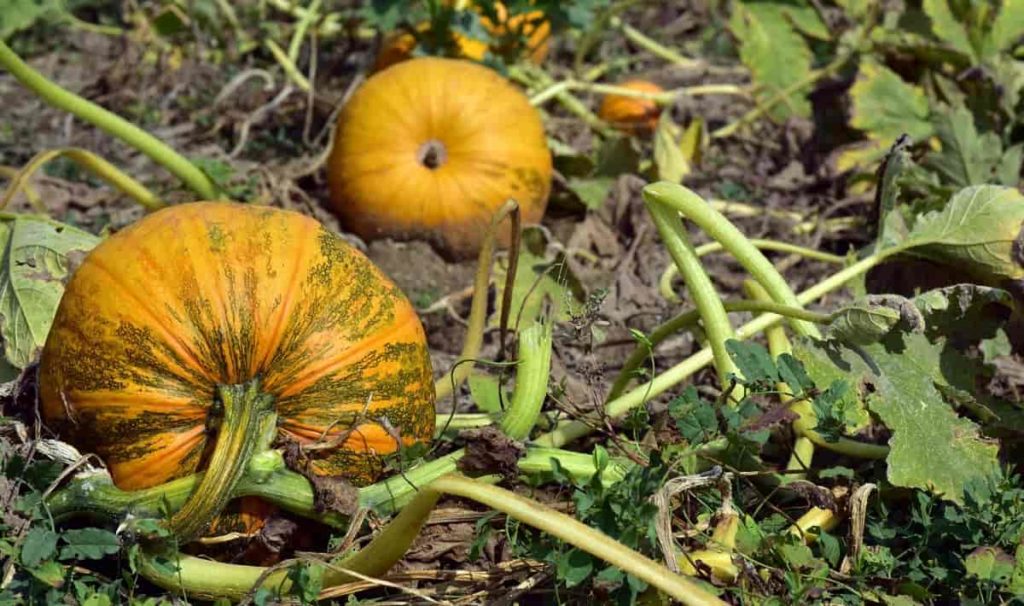
- Put mulch around your Pumpkins to retain moisture, suppress weeds and discourage pests.
- If the plants show signs of yellowing, apply a side dressing of nitrogen fertilizer and magnesium sulfate. Fruits can be large, pale green, or dark green. Varieties of hybrids produce very large fruits, ranging in shape from globular to oblong.
- Unfavorable growing conditions can also cause Pumpkins to turn yellow and die. Lack of water causes the plant leaves to wither and fall off. Plant growth slows down, and the growing fruit may wither, turn yellow and die.
- Pumpkins are pollinated by bees, spreading pollen from male to female flowers. In the cold, rainy weather, flowers cannot have pollen or cannot have pollen at all. Incomplete pollen can cause young Pumpkins to fall off. Cold weather in autumn kills grapes and leaves. The Pumpkins left in the garden will also fail to ripen and die.
Step 14: Problems and their solutions for growing Pumpkin
Pumpkin is highly susceptible to pests and diseases, and many pests and diseases attack its crop. To get good quality and high yield from Pumpkin cultivation, it is necessary to prevent them. Yellow leaves in a Pumpkin plant can be a sign of nutrient deficiency.
Pumpkins need high levels of nutrients and constantly moist, well-drained soil. Nitrogen, an essential plant nutrient, dissolves in water, and repeated use of water removes nitrogen from the soil so that it is no longer available to the plant. Feed Pumpkins with 18-18-21 fertilizer at the rate of 1 tablespoon per gallon of water weekly or per the manufacturer’s instructions.
Step 15: Pests, diseases, and their control for more plant growth
Although the plant is hardy, it can be affected by various diseases, especially powdery mildew. Keep plants away from walls to prevent infection. Pumpkin is highly susceptible to pests and diseases, and many pests and diseases attack its crop. To get good quality and high yield from Pumpkin cultivation, it is necessary to prevent them. Crop rotation is the best method to reduce crop pests and diseases.
Also, avoid growing Pumpkins in a previously used field to plant cucurbit crops. Pumpkins can compete with weeds when they make their mature canopy, if they are planted in a large plant population, or if they are planted on a plastic mulch. Pumpkins are labeled with several pre-transplant and post-emergency herbicides, depending on the specific grass problems required to control and stage the Pumpkin’s growth. In addition, under mild infection levels, early planting can reduce weed problems.
In case you missed it: Watermelon Farming in Texas: How to Start, A Step-By-Step Growing Guide for Beginners
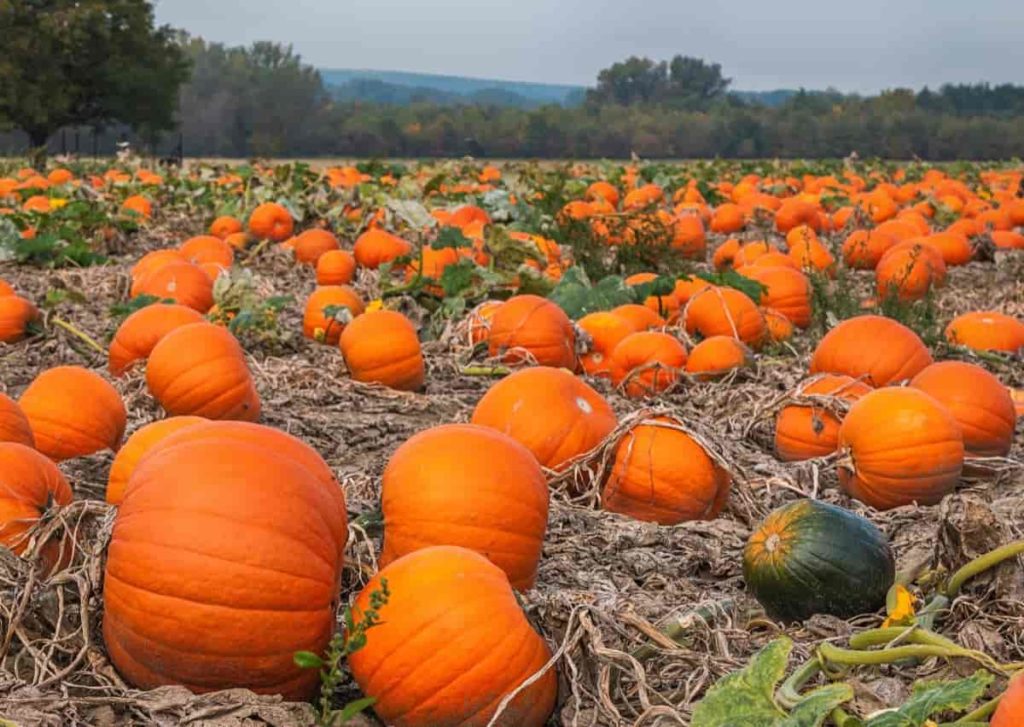
Insects can be a big problem in Pumpkin production. Cucumber beetles, aphids, squash vine borers, seed corn maggots, squash bugs, and spider mites can potentially reduce or damage the salable crop in any given year. Monitoring insect populations through scouting will help farmers determine when they should start and stop spraying Pumpkins and the interval between uses.
Many Pumpkin diseases can cause a decline in crop yields, especially bacterial wilt, viruses (powdery mildew, downy mildew), and scab. The crop’s best yield and the fruit’s color can only be possible if a fixed fungicide program is used to prevent leaf damage from mildew. Pumpkin vines suffer from many diseases, such as powdery mildew, bacterial wilt, phytophthora blight, and cucumber mosaic virus.
Crop rotation, good soil, and resistant varieties (where possible) can help reduce the incidence of these diseases in the field. Pumpkins are cut by hand at their maturity stage, color (orange or white), and size. Because fruits are pollinated at different times, more than one crop in the field is very common. To ensure high-quality products, pumpkins must be graded for size, maturity, and pest damage before marketing.
Step 16: Harvesting Pumpkins for more production and yield
Pumpkins are generally harvested by hand when the fruit is fully ripe. The Pumpkin harvesting season begins when the plant’s stem begins to rot. However, harvesting can vary from crop to crop and also to market demand. It is better to start harvesting based on market demand at a young age.
Pumpkins should be grown when they have a deep solid woody color and are hard. Harvesting will also help in collecting some seeds for further cultivation. When you see the uniform color change and the hardness of the rind, it means that the fruit is ripe. It is best to prune the fruit with a portion of the stem. It helps keep the Pumpkin fresh for longer.
In case you missed it: Watermelon Seed Germination, Time, Temperature, Process
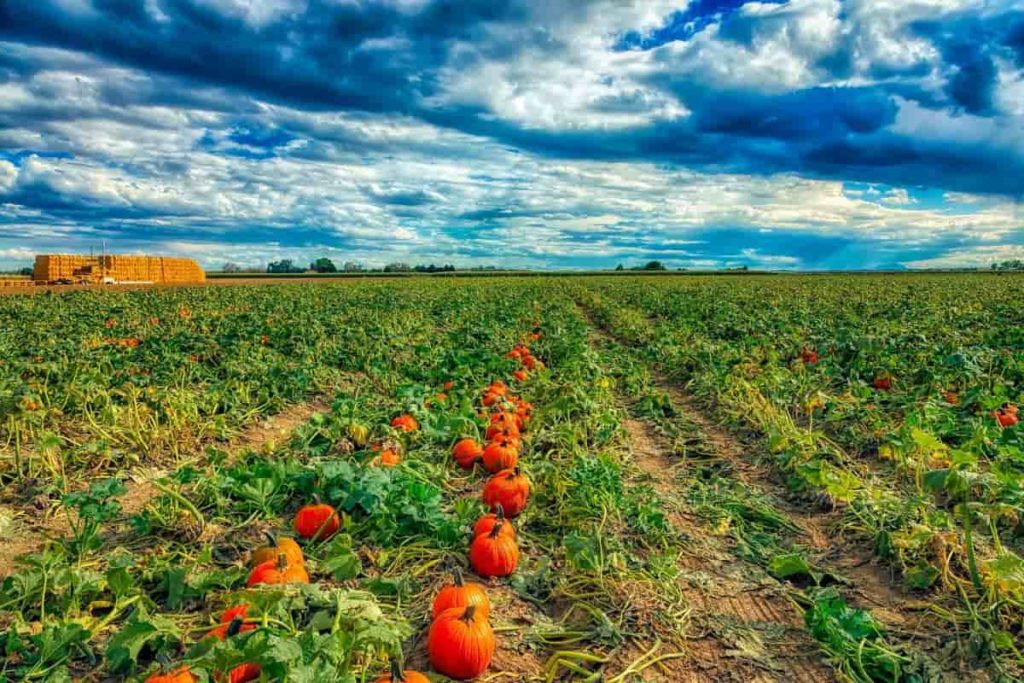
Step 17: Pumpkin yield per acre and their affecting factors
It gives an average yield of 100 quintal/acre. The variety gets mature in 135 days. Maximum fruit yields are achieved on medium-textured soils with high water-holding capacity and good internal drainage. Production of your Pumpkin farming depends on several factors like cultivar, climate condition, proper care, variety, planting date, soil fertility practices, insect and control, planting equipment, cover crop type, etc.
- Goat Farming Technology: The Future of Goat Husbandry
- How to Build a Low-budget Goat Shed: Cheap Ideas and Tips
- Goat Farming Training Programs in India: A Beginner’s Guide
- Types of Pesticides Used in Agriculture: A Beginner’s Guide
- Economical Aquaculture: A Guide to Low-Budget Fish Farming
- 15 Common Planting Errors That Can Doom Your Fruit Trees
- How to Make Houseplants Bushy: Effective Tips and Ideas
- Innovative Strategies for Boosting Coconut Pollination and Yield
- Pollination Strategies for Maximum Pumpkin Yield
- The Complete Guide to Chicken Fattening: Strategies for Maximum Growth
- Natural Solutions for Tulip Problems: 100% Effective Remedies for Leaf and Bulb-Related Issues
- Revolutionizing Citrus Preservation: Towards a Healthier, Greener Future
- Natural Solutions for Peony Leaf and Flower Problems: 100% Effective Remedies
- Maximizing Profits with Avocado Contract Farming in India: A Comprehensive Guide
- Natural Solutions for Hydrangea Problems: 100% Effective Remedies for Leaf and Flowers
- The Ultimate Guide to Choosing the Perfect Foliage Friend: Bringing Life Indoors
- From Sunlight to Sustainability: 15 Ways to Use Solar Technology in Agriculture
- The Ultimate Guide to Dong Tao Chicken: Exploring from History to Raising
- The Eco-Friendly Makeover: How to Convert Your Unused Swimming Pool into a Fish Pond
- Mastering the Art of Delaware Chicken Farming: Essentials for Healthy Backyard Flocks
- 20 Best Homemade Fertilizers for Money Plant: DIY Recipes and Application Methods
- How to Craft a Comprehensive Free-Range Chicken Farming Business Plan
- Brighten Your Flock: Raising Easter Egger Chickens for Beauty and Bounty
- How to Optimize Your Poultry Egg Farm Business Plan with These Strategies
- Subsidy for Spirulina Cultivation: How Indian Government Schemes Encouraging Spirulina Farmers
- Ultimate Guide to Raising Dominique Chickens: Breeding, Feeding, Egg-Production, and Care
- Mastering the Art of Raising Jersey Giant Chickens: Care, Feeding, and More
- Ultimate Guide to Raising Legbar Chickens: Breeding, Farming Practices, Diet, Egg-Production
- How to Raise Welsummer Chickens: A Comprehensive Guide for Beginners
- How to Protect Indoor Plants in Winter: A Comprehensive Guide
- Ultimate Guide to Grow Bag Gardening: Tips, Tricks, and Planting Ideas for Urban Gardeners
- Guide to Lotus Cultivation: How to Propagate, Plant, Grow, Care, Cost, and Profit
- Agriculture Drone Subsidy Scheme: Government Kisan Subsidy, License, and How to Apply Online
- Ultimate Guide to Raising Araucana Chickens: Breed Profile, Farming Economics, Diet, and Care
- Bringing Hydroponics to Classroom: Importance, Benefits of Learning for School Students
- Ultimate Guide to Raising Polish Chickens: Breed Profile, Farming Economics, Diet, and Care
